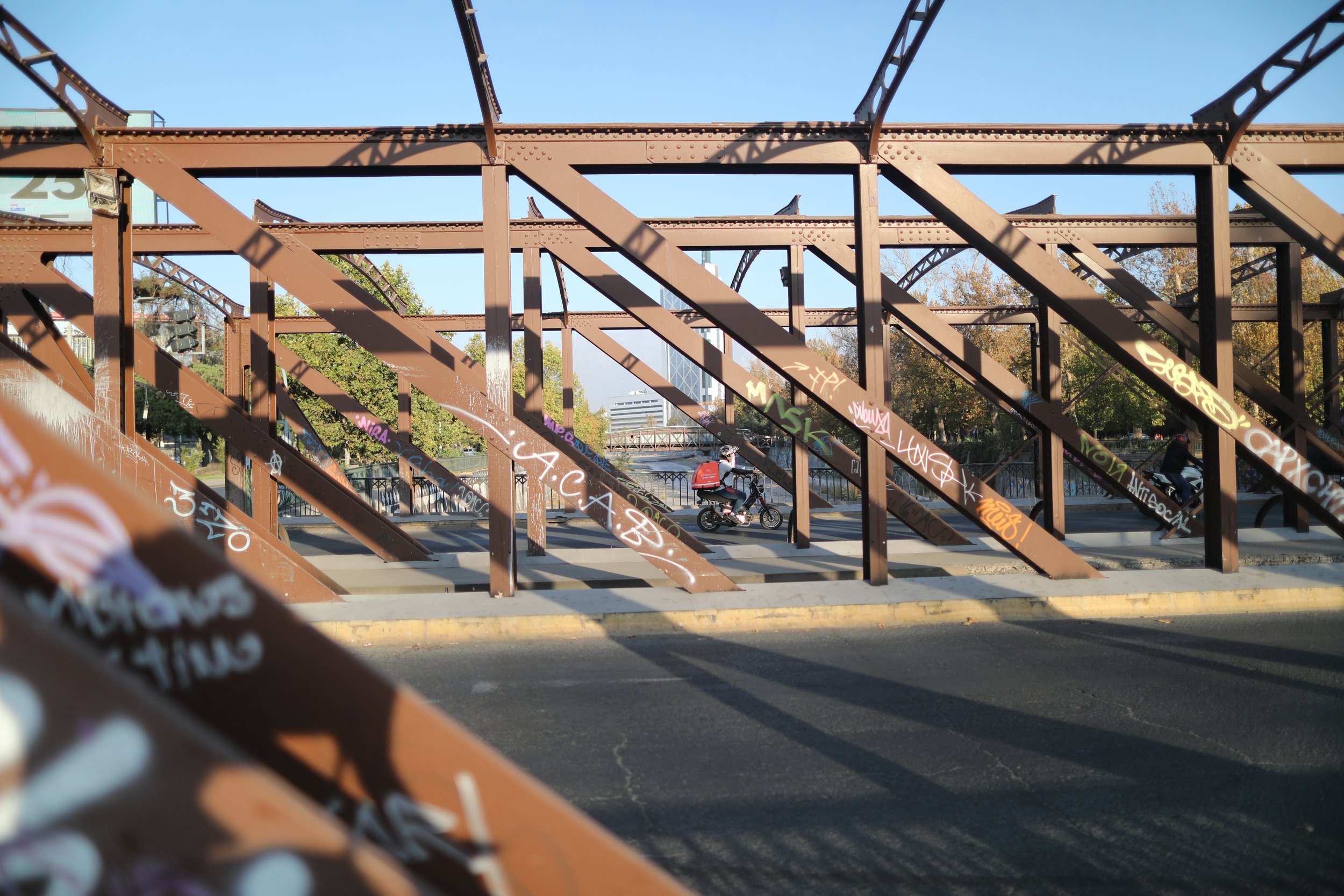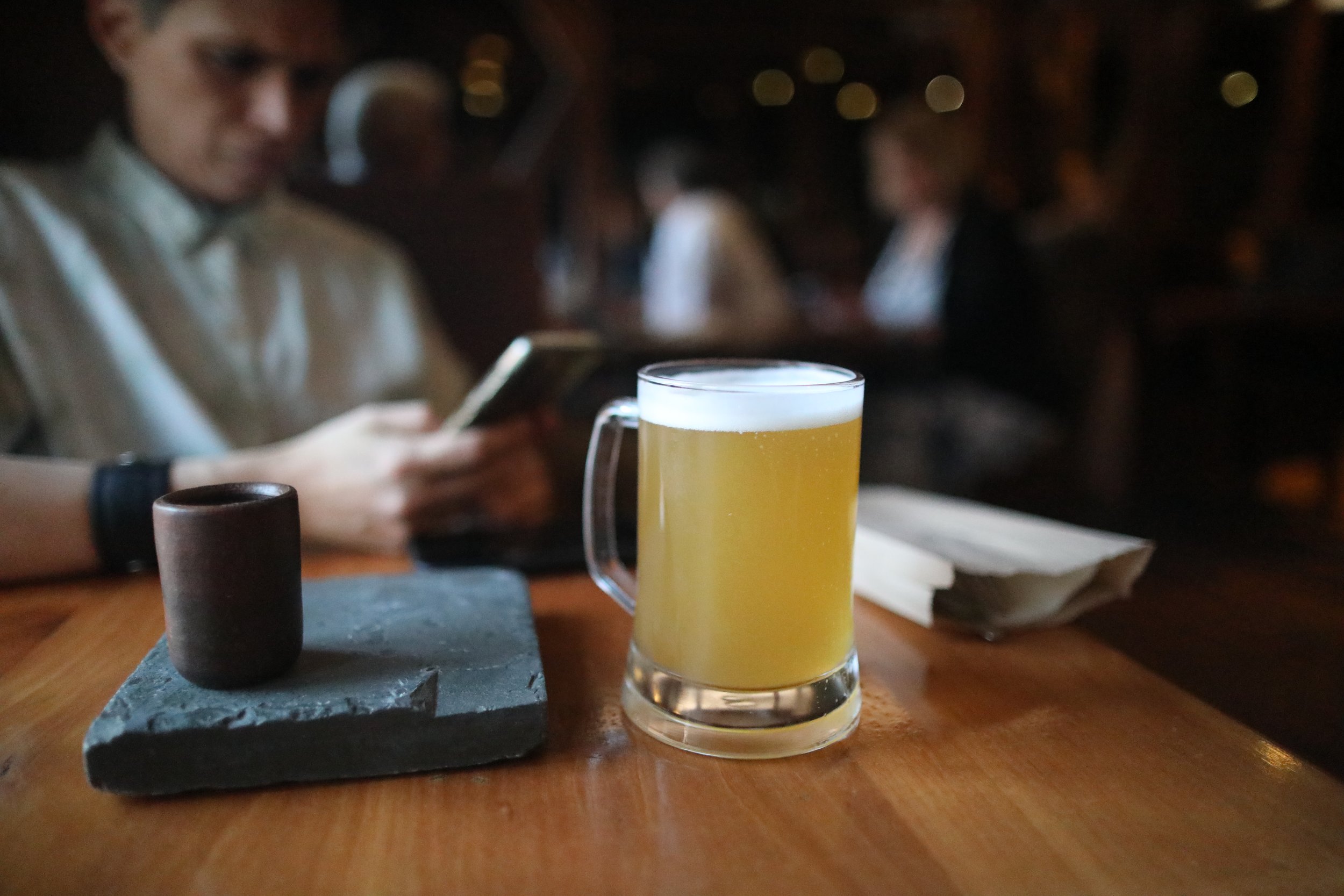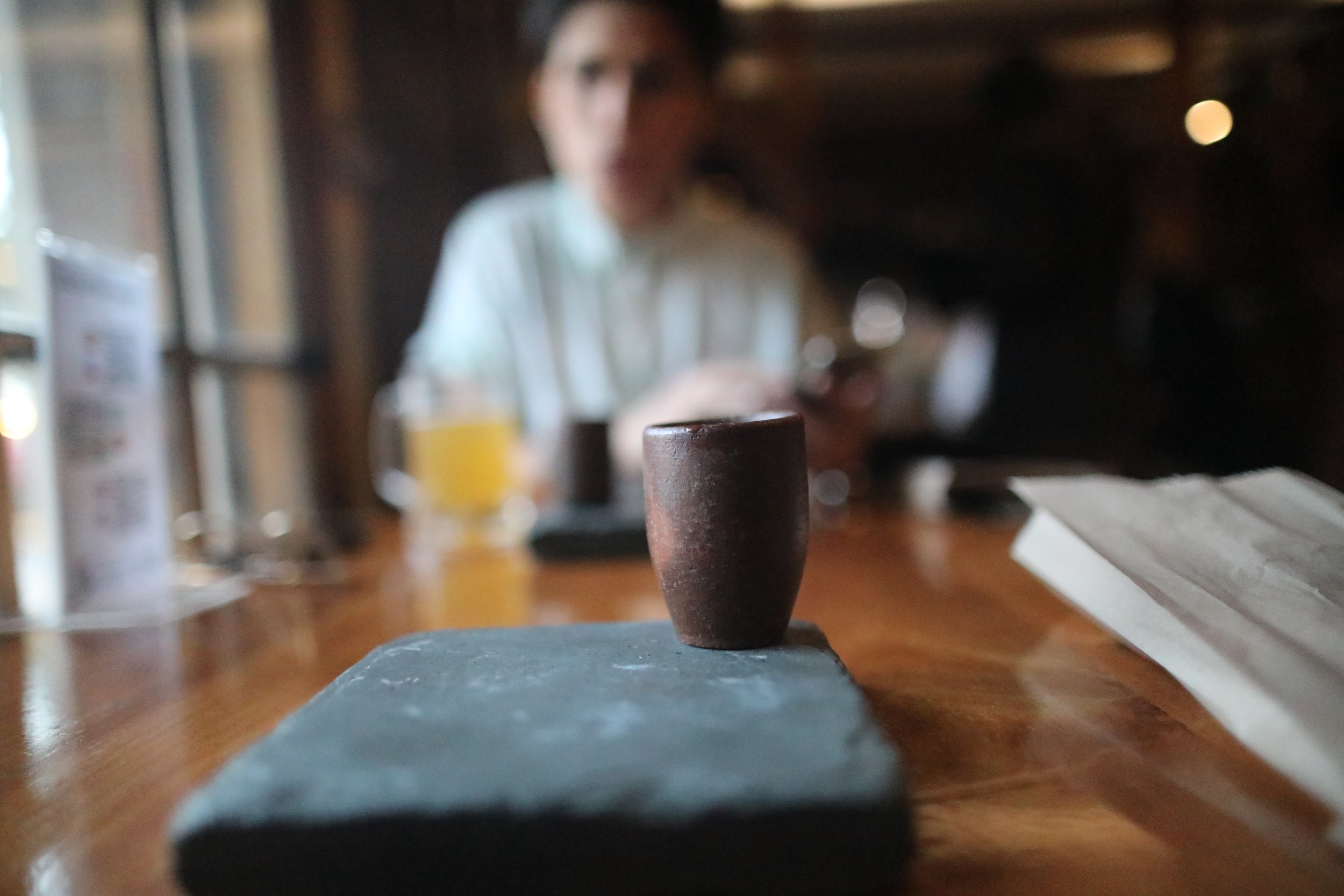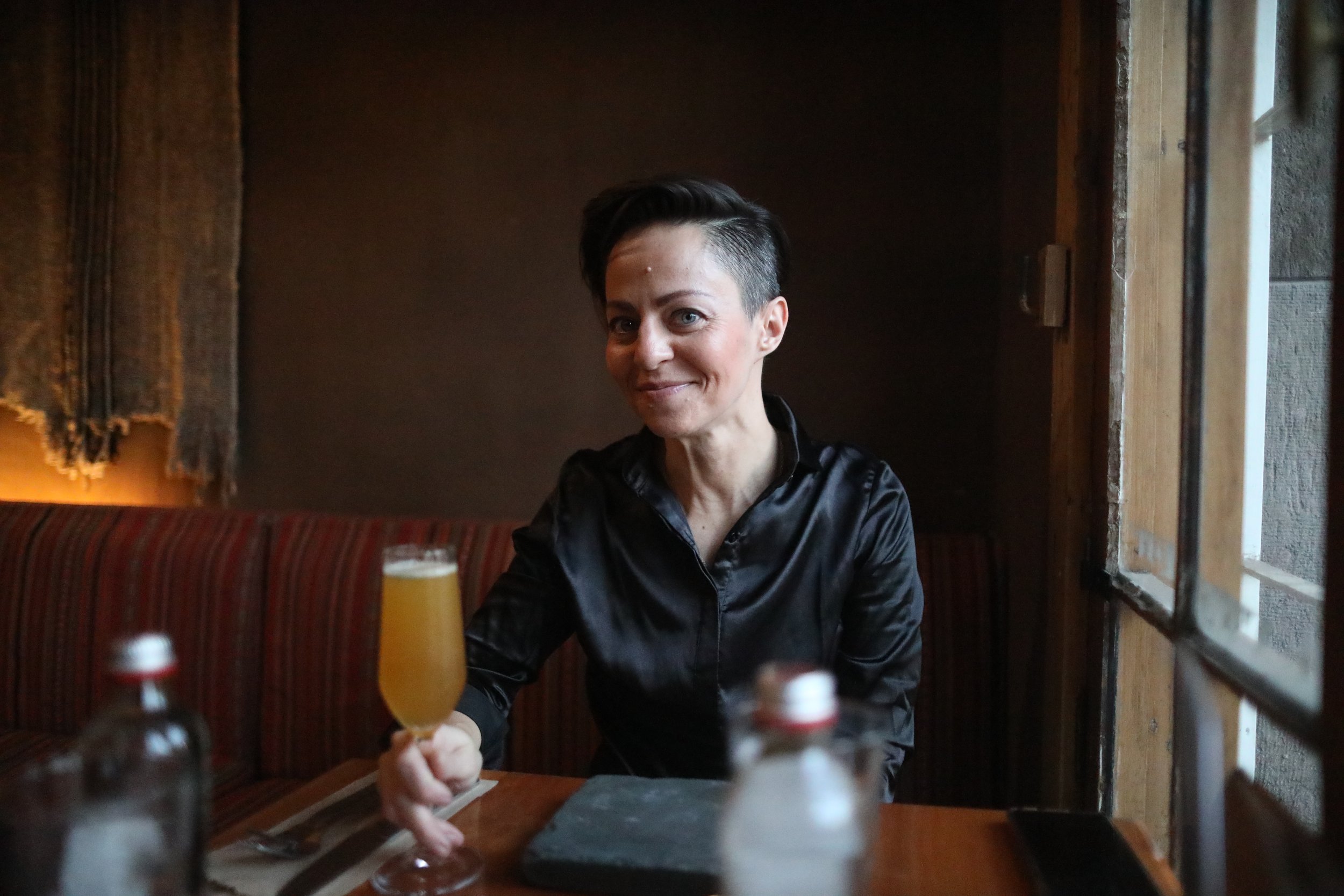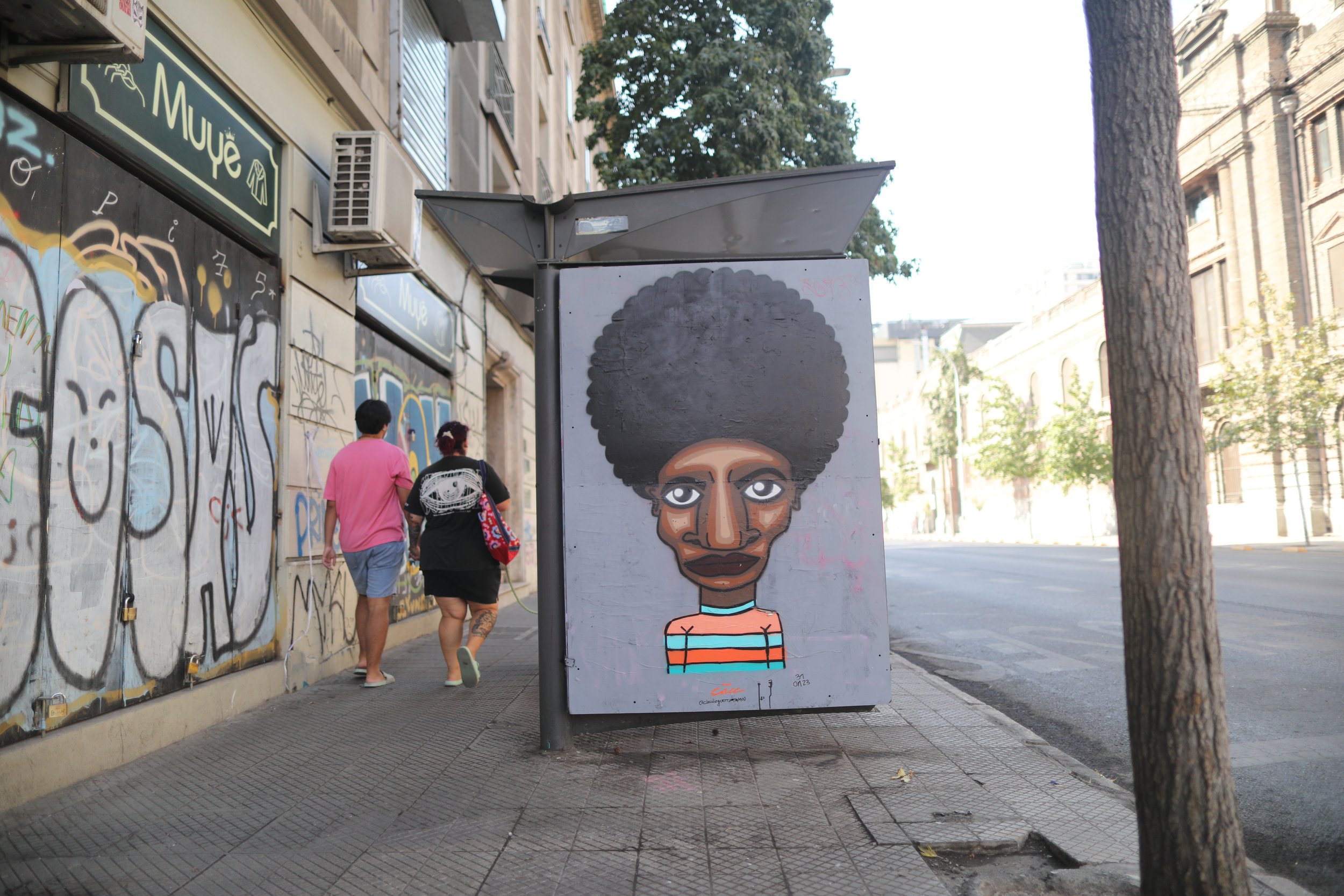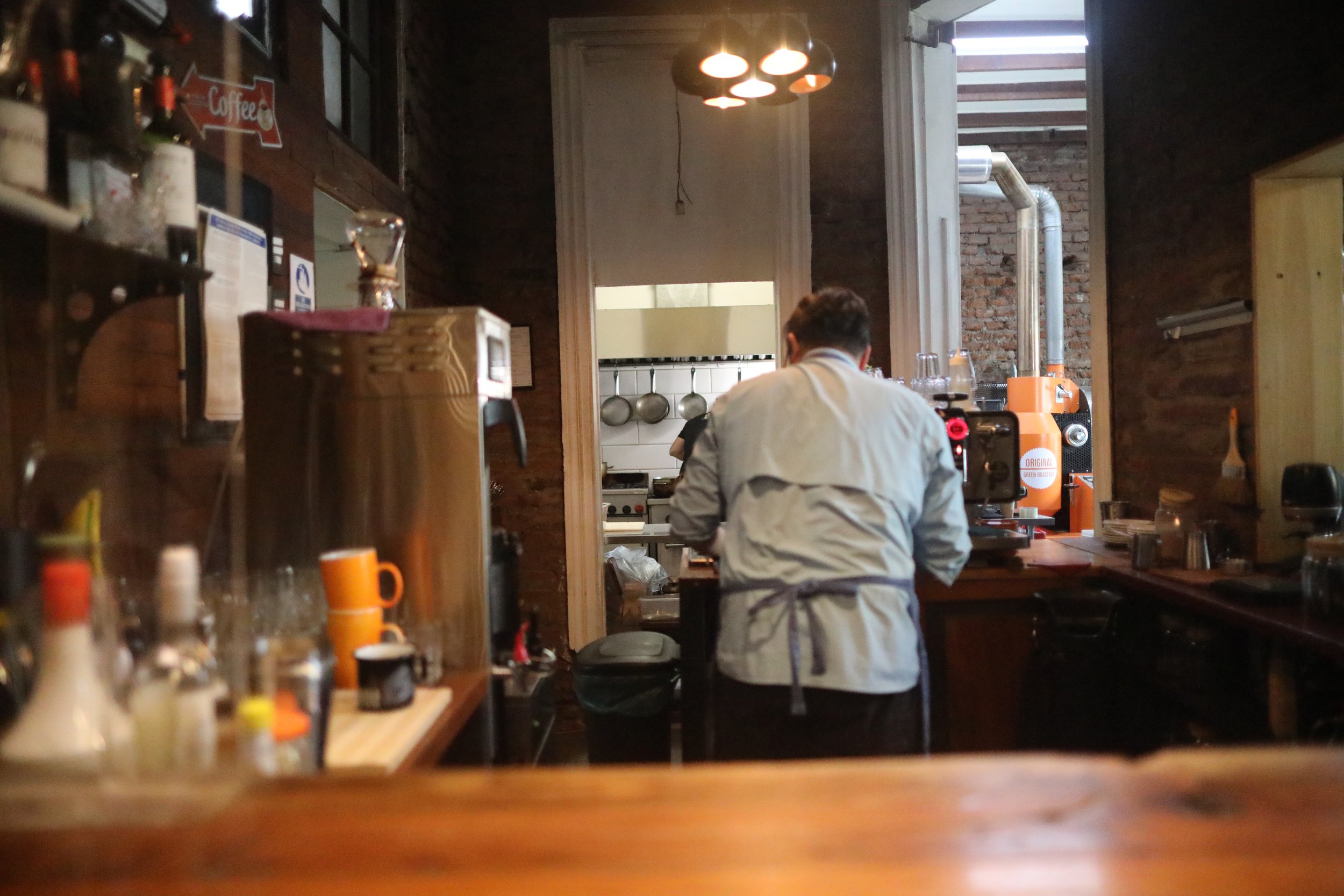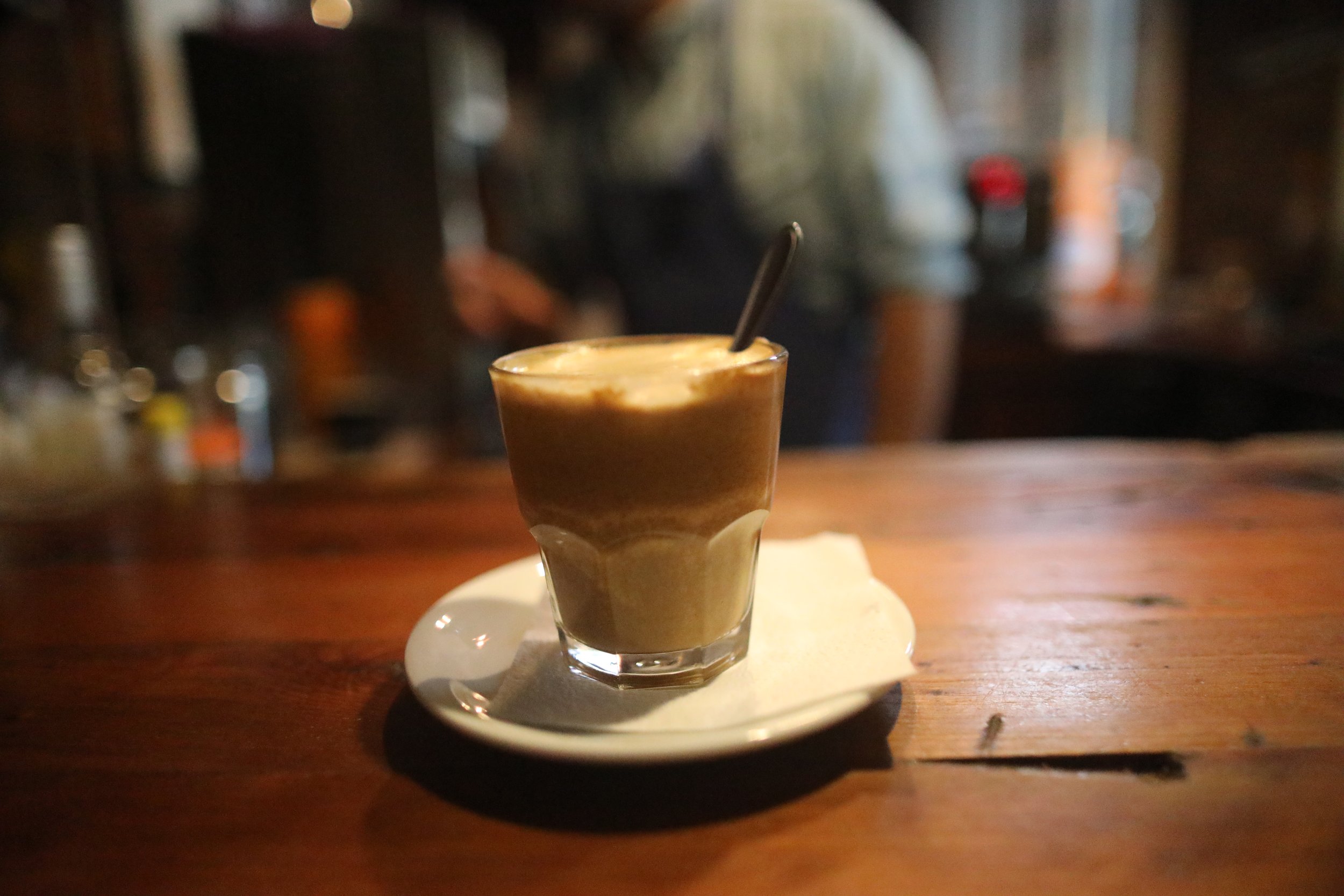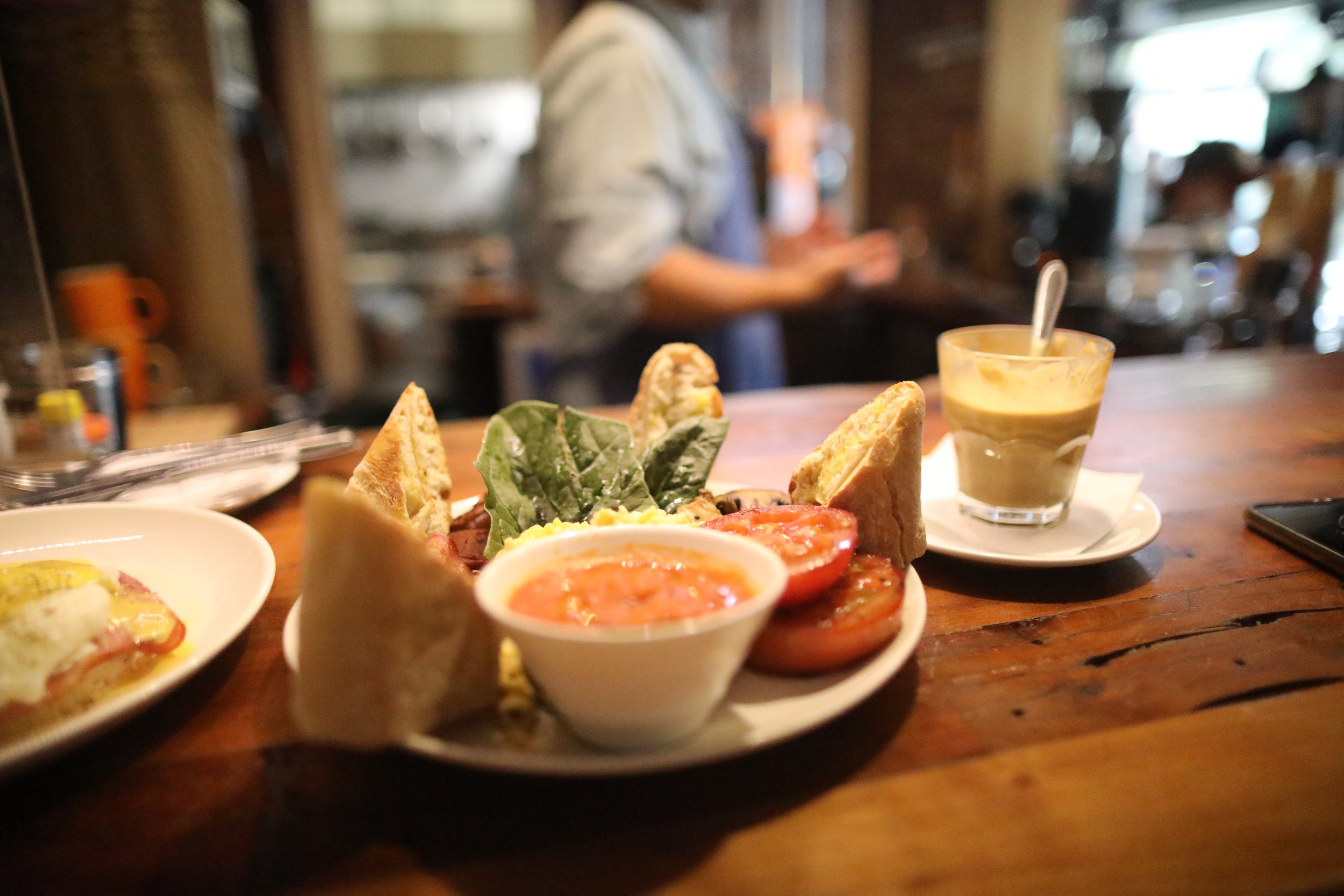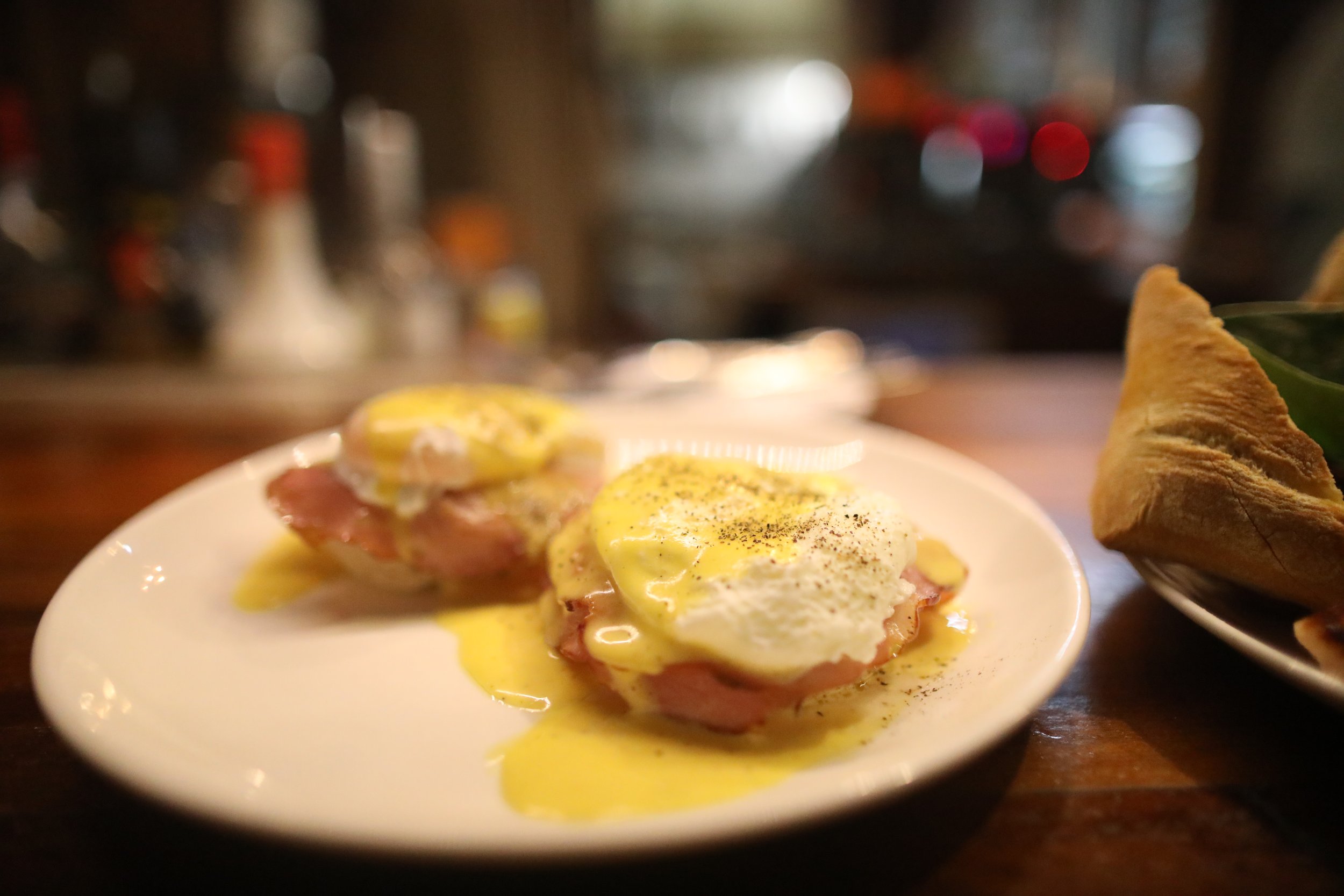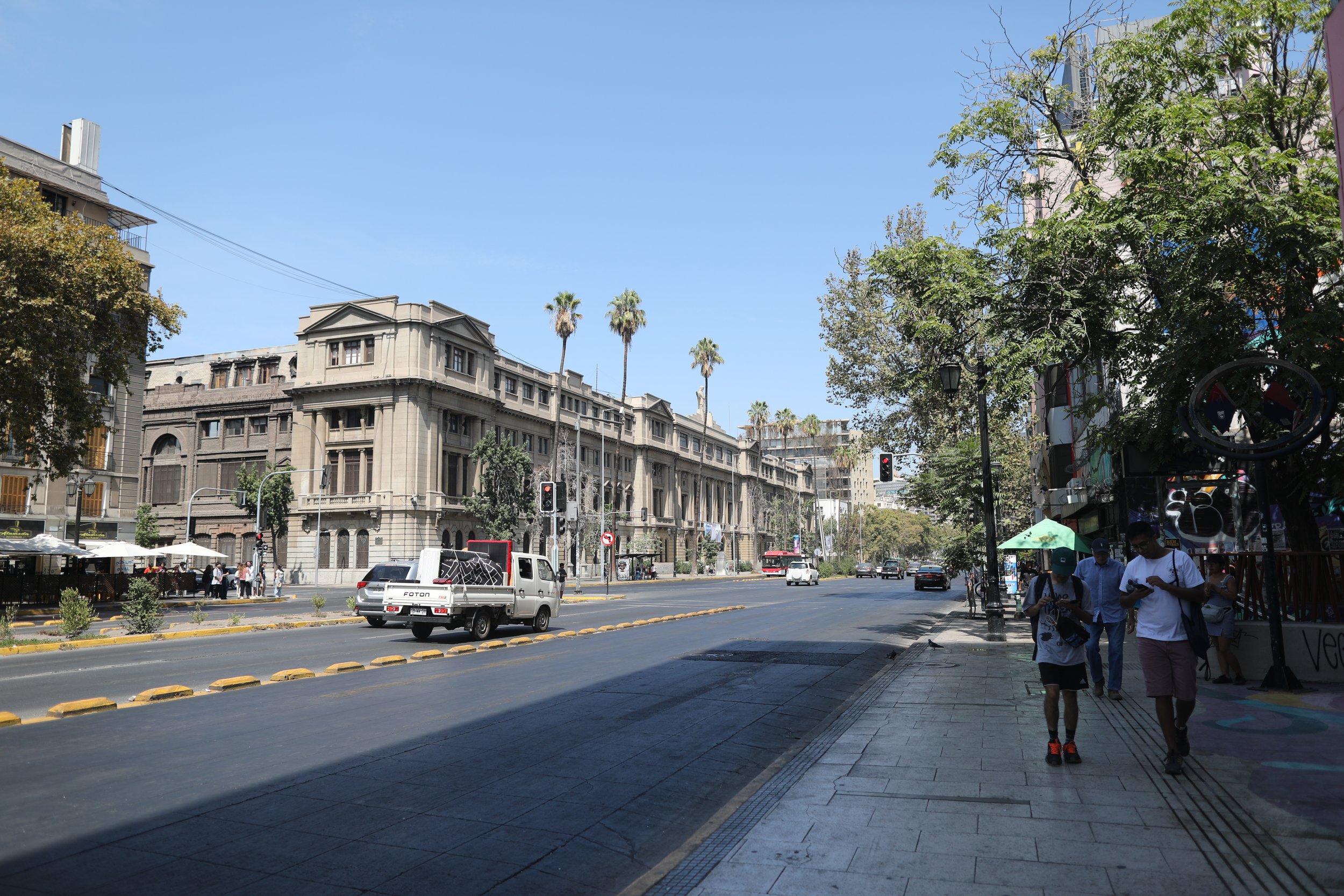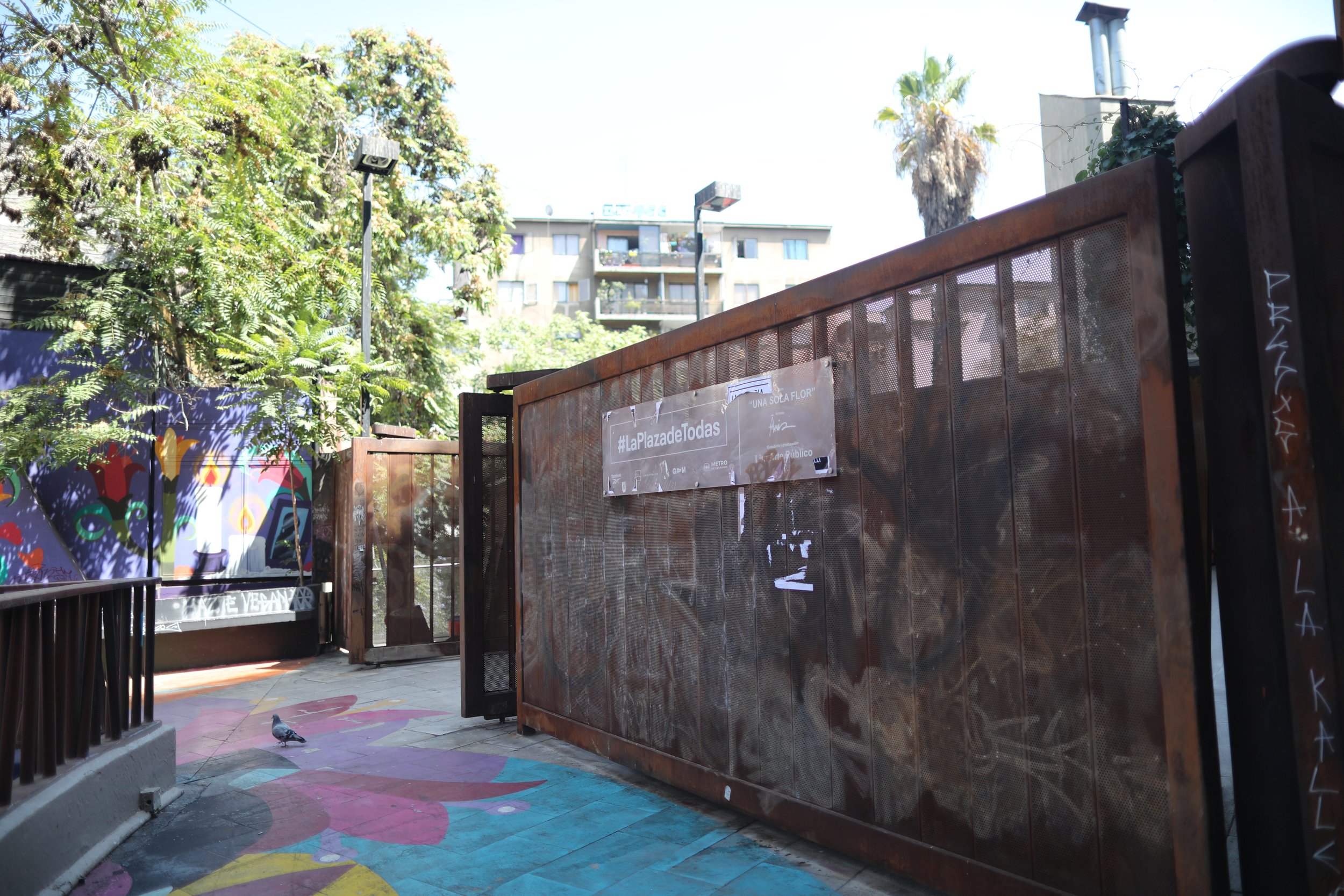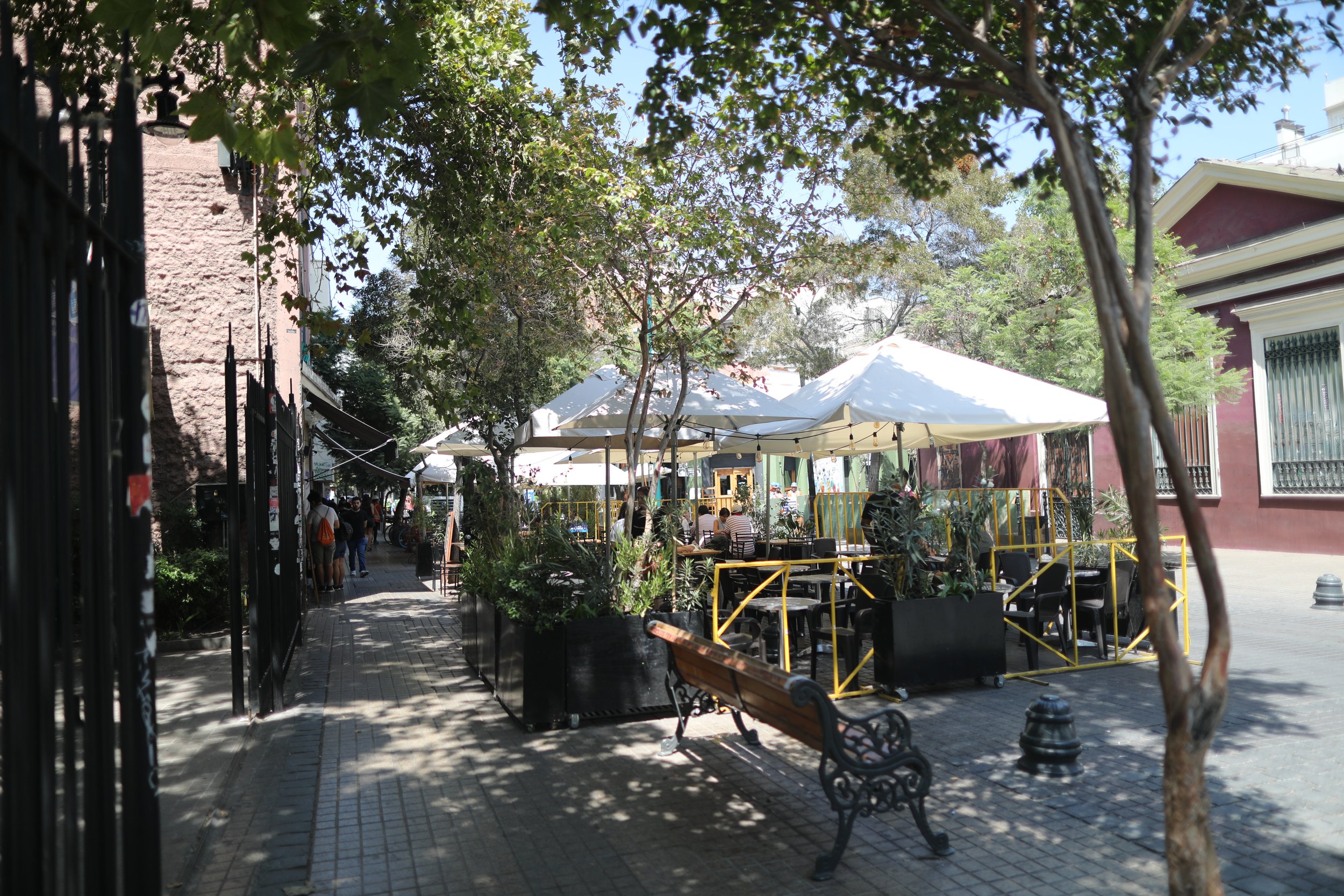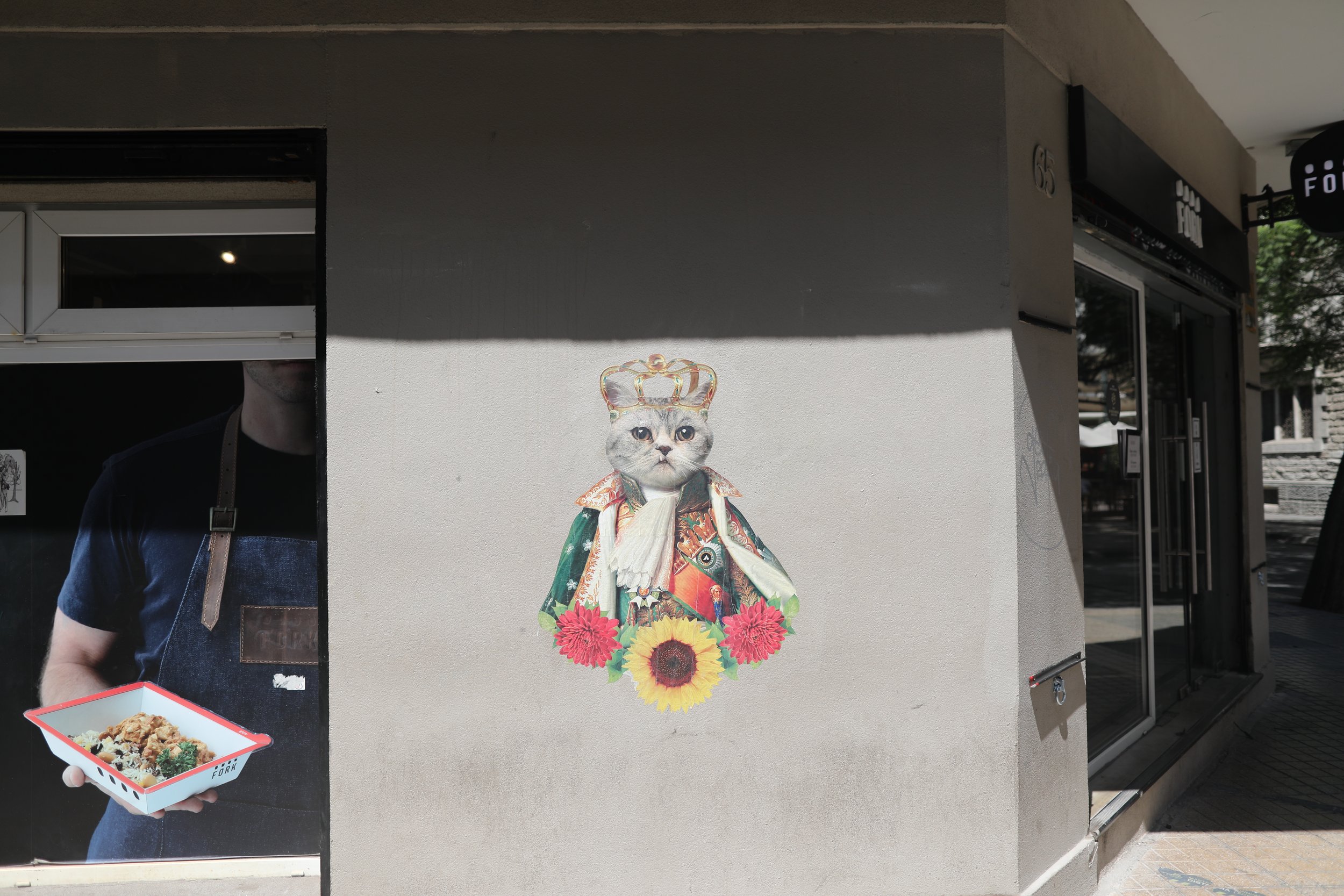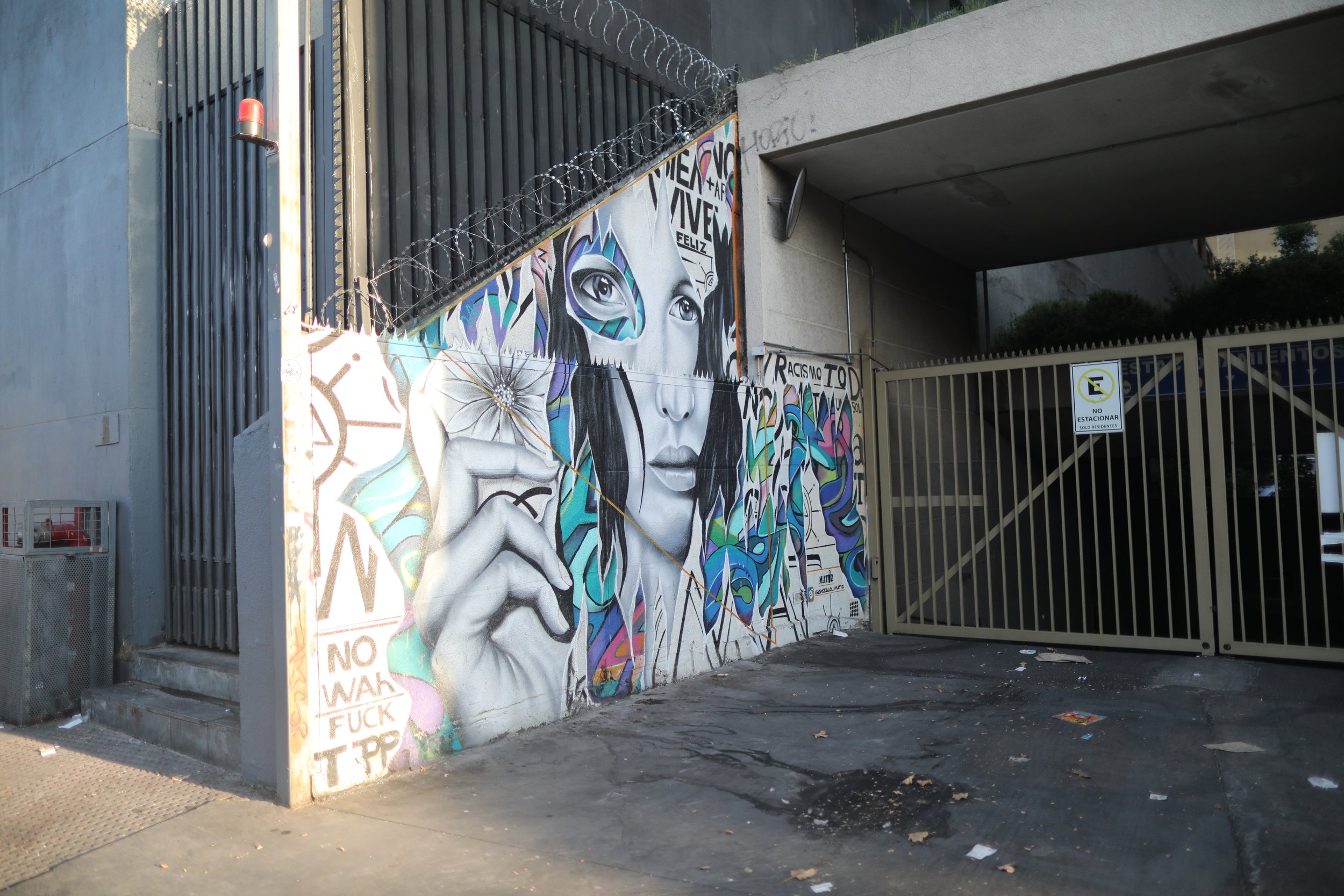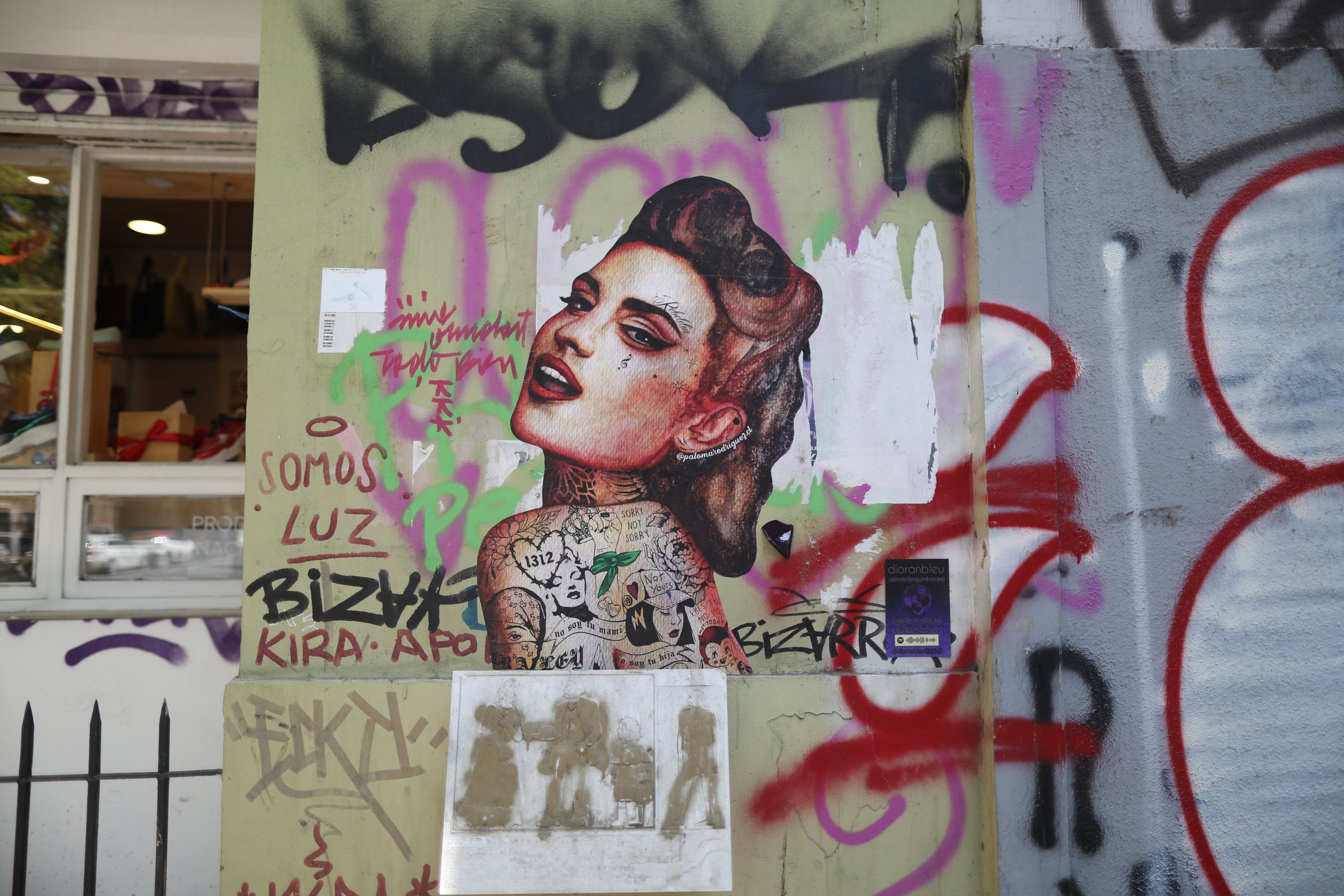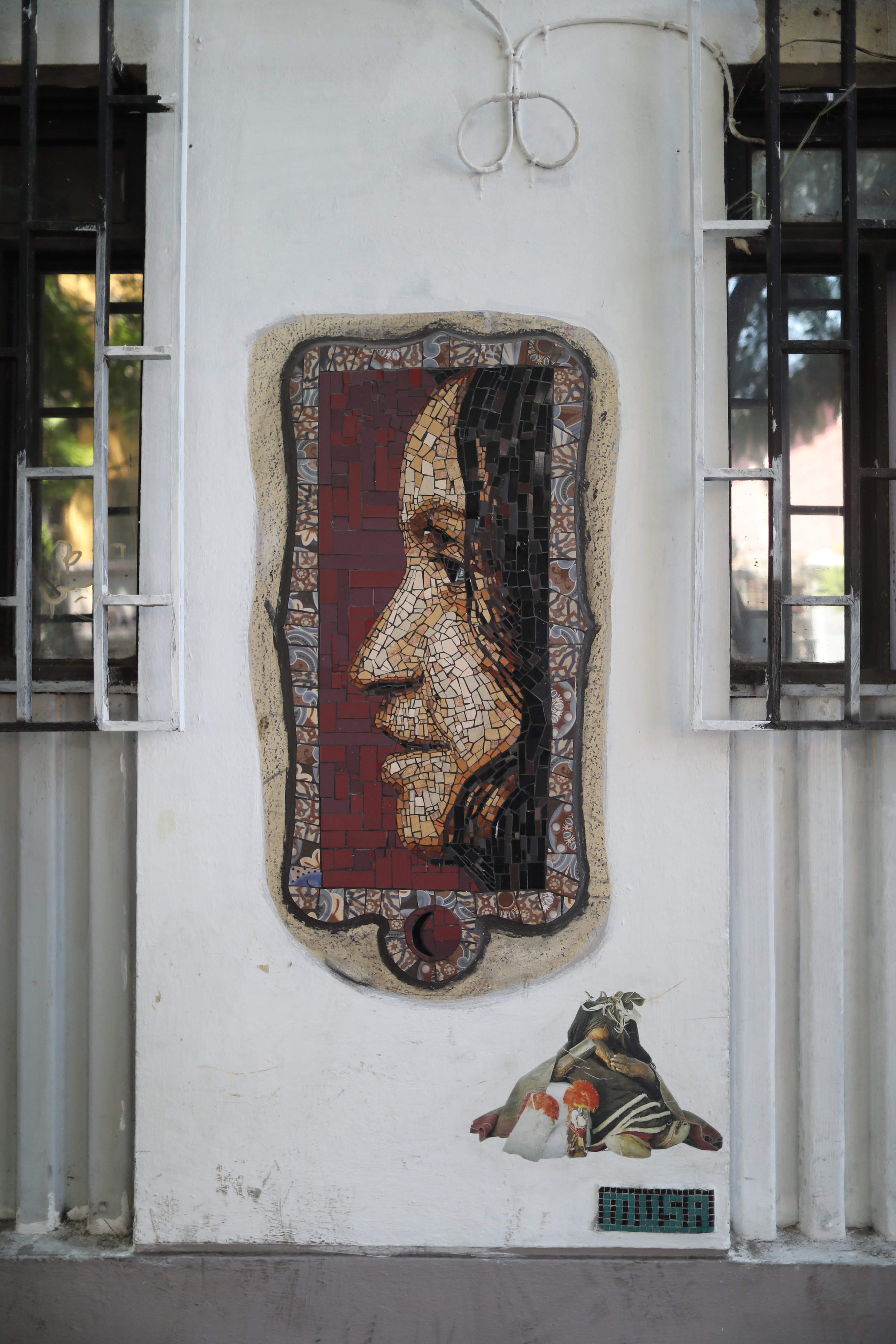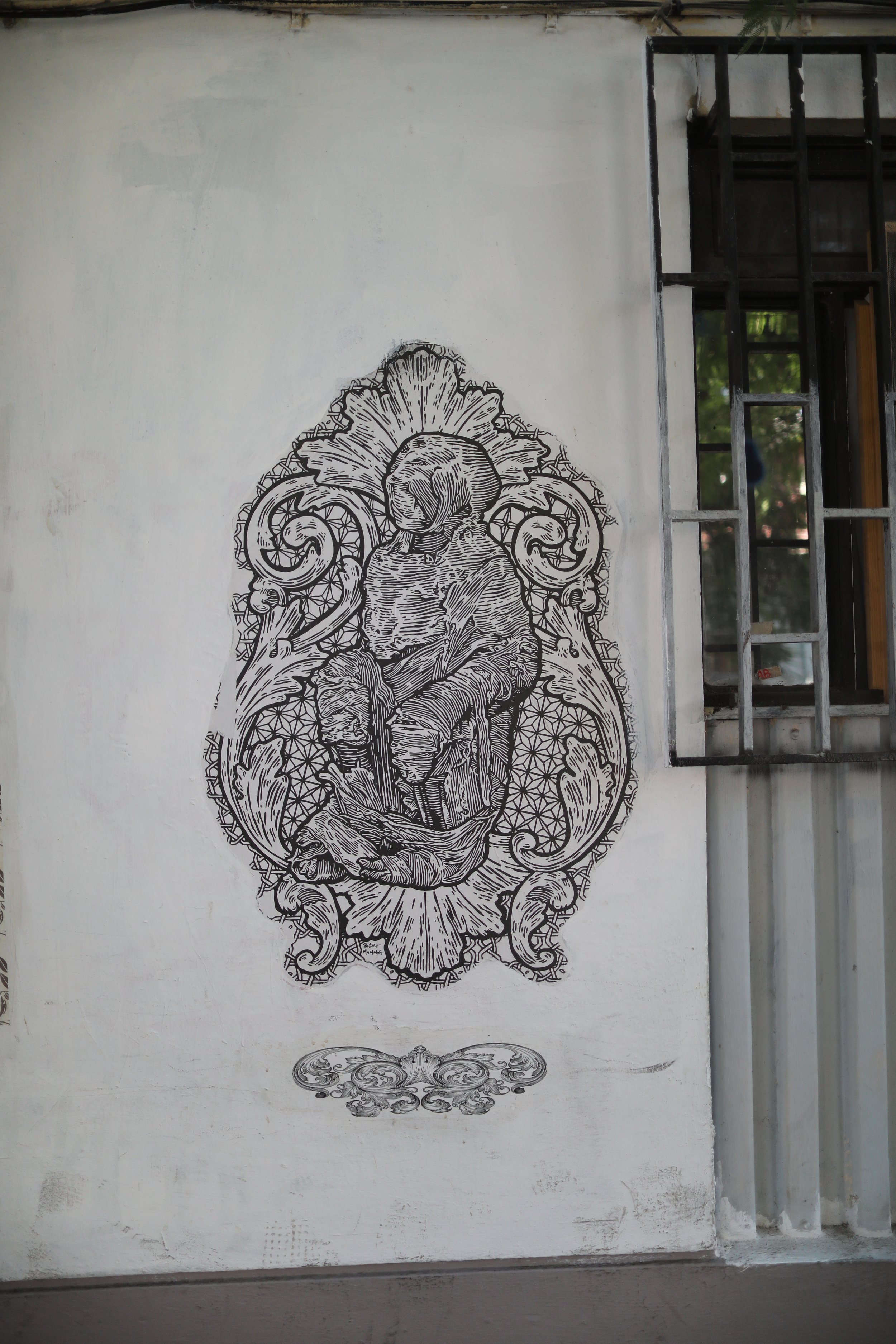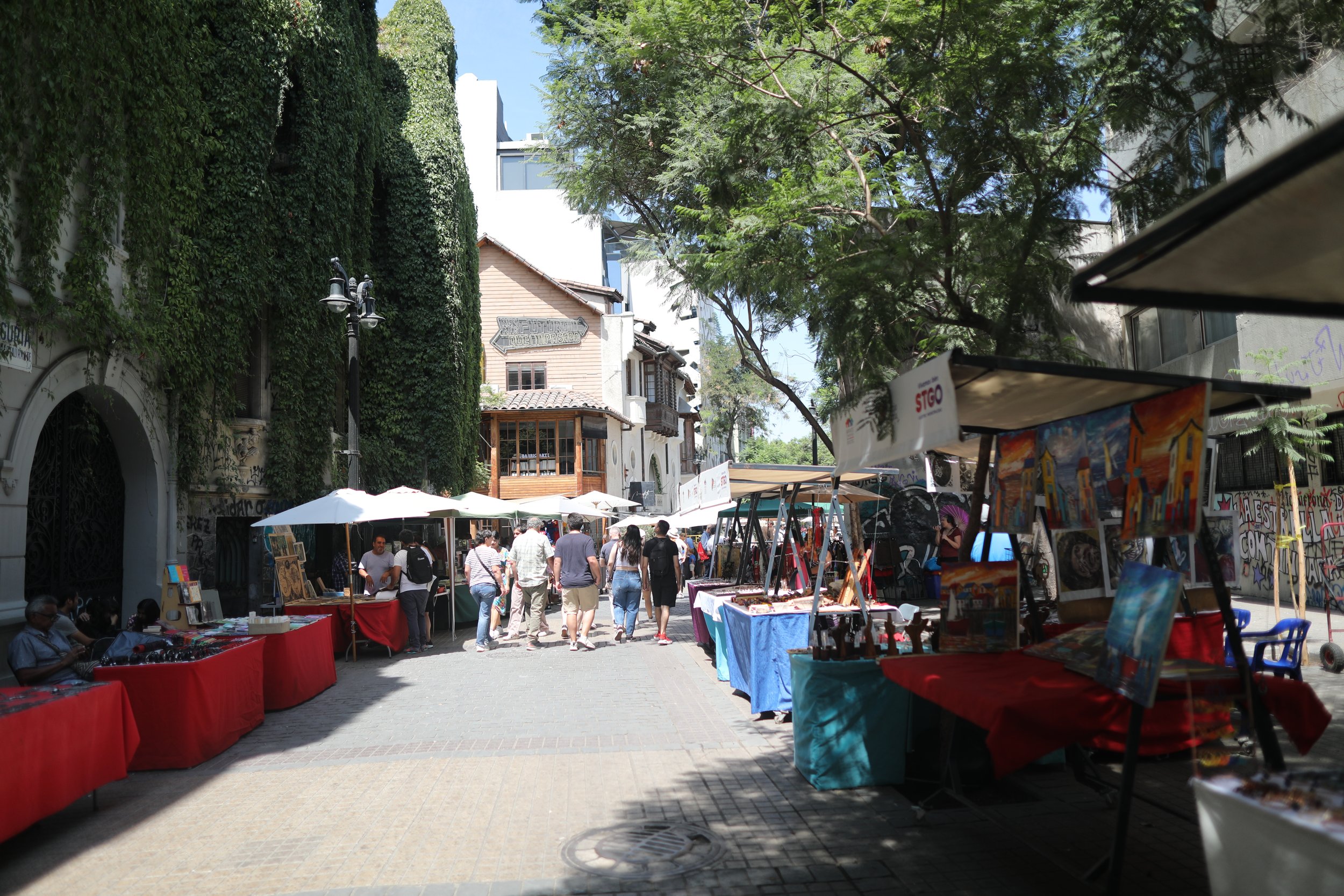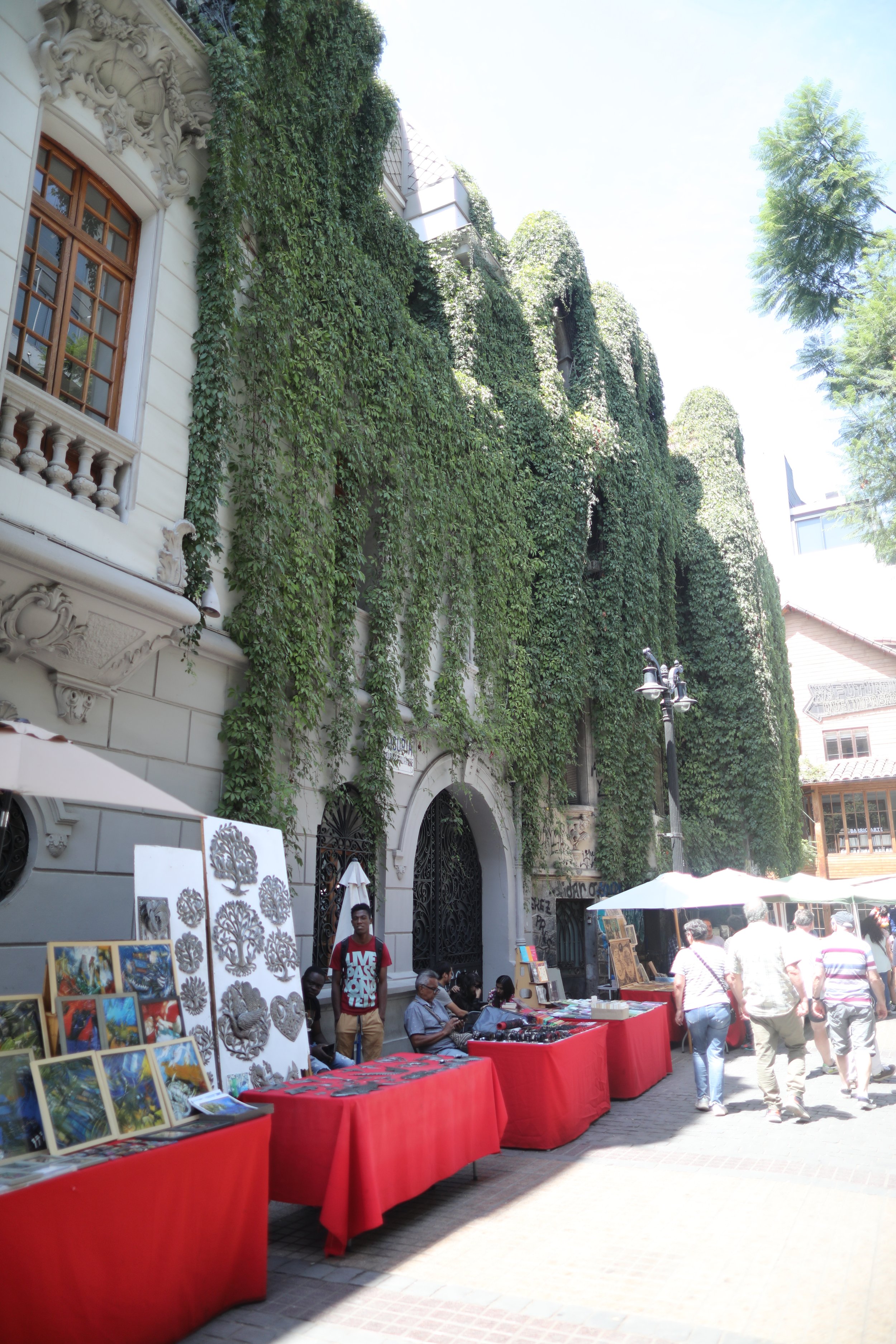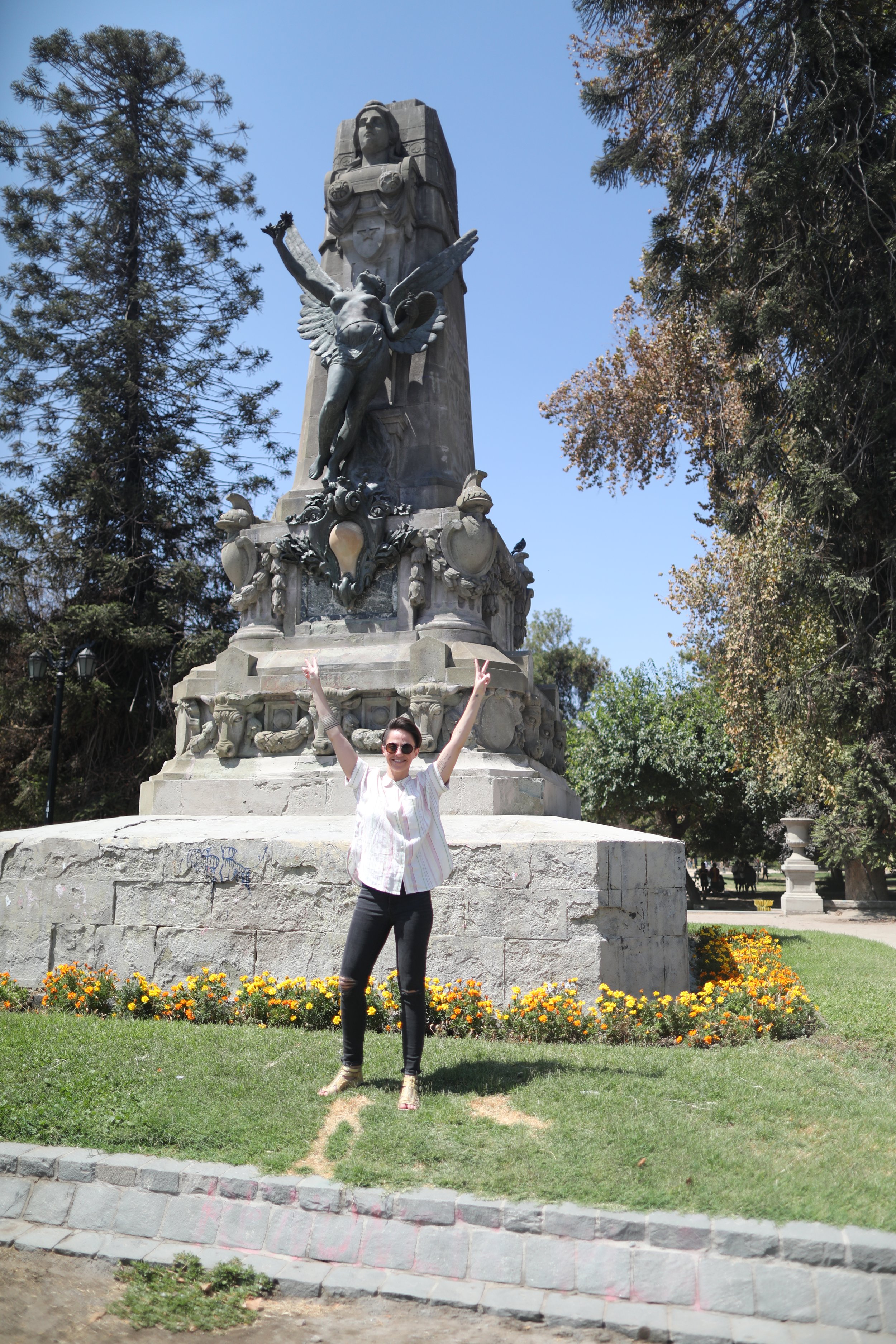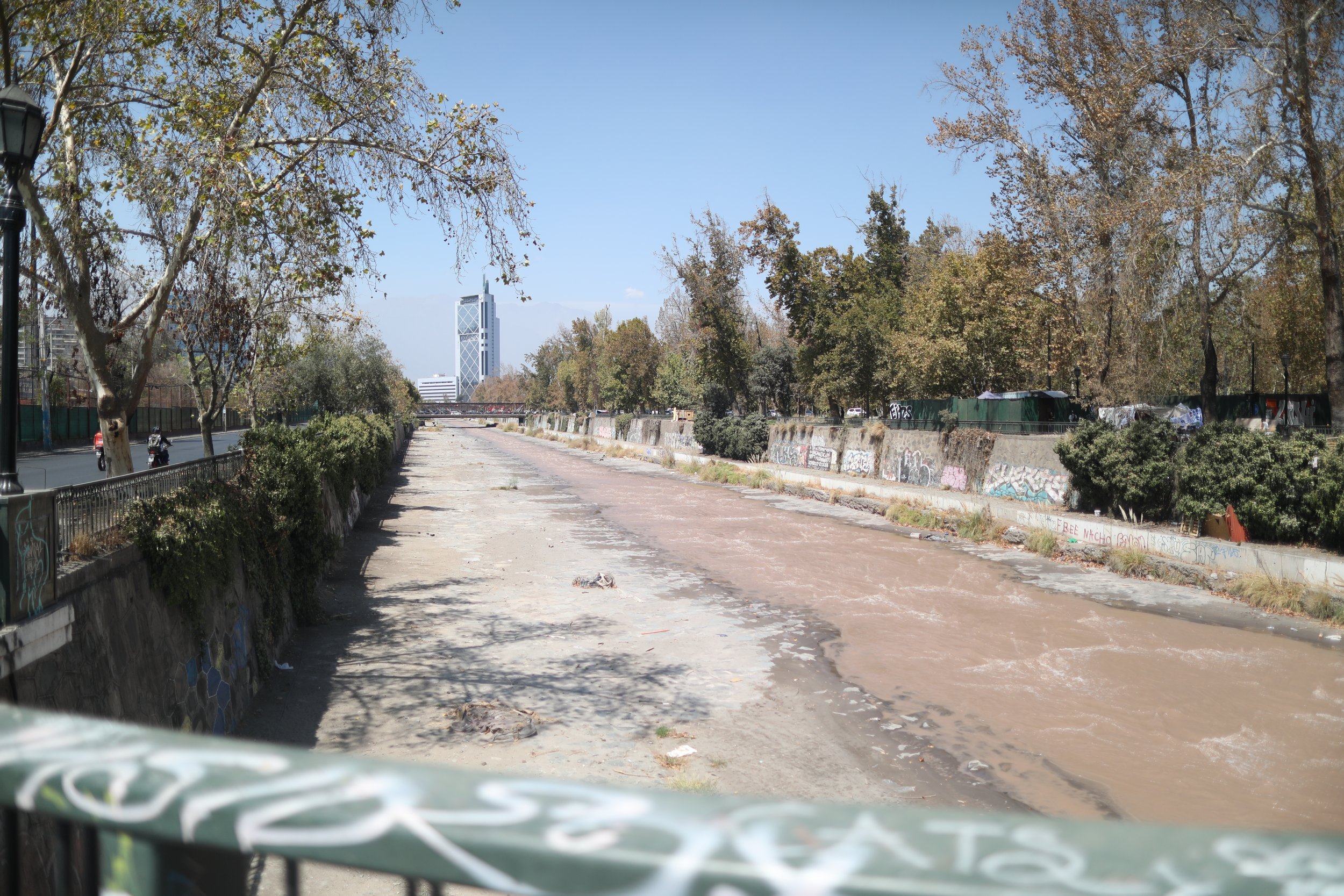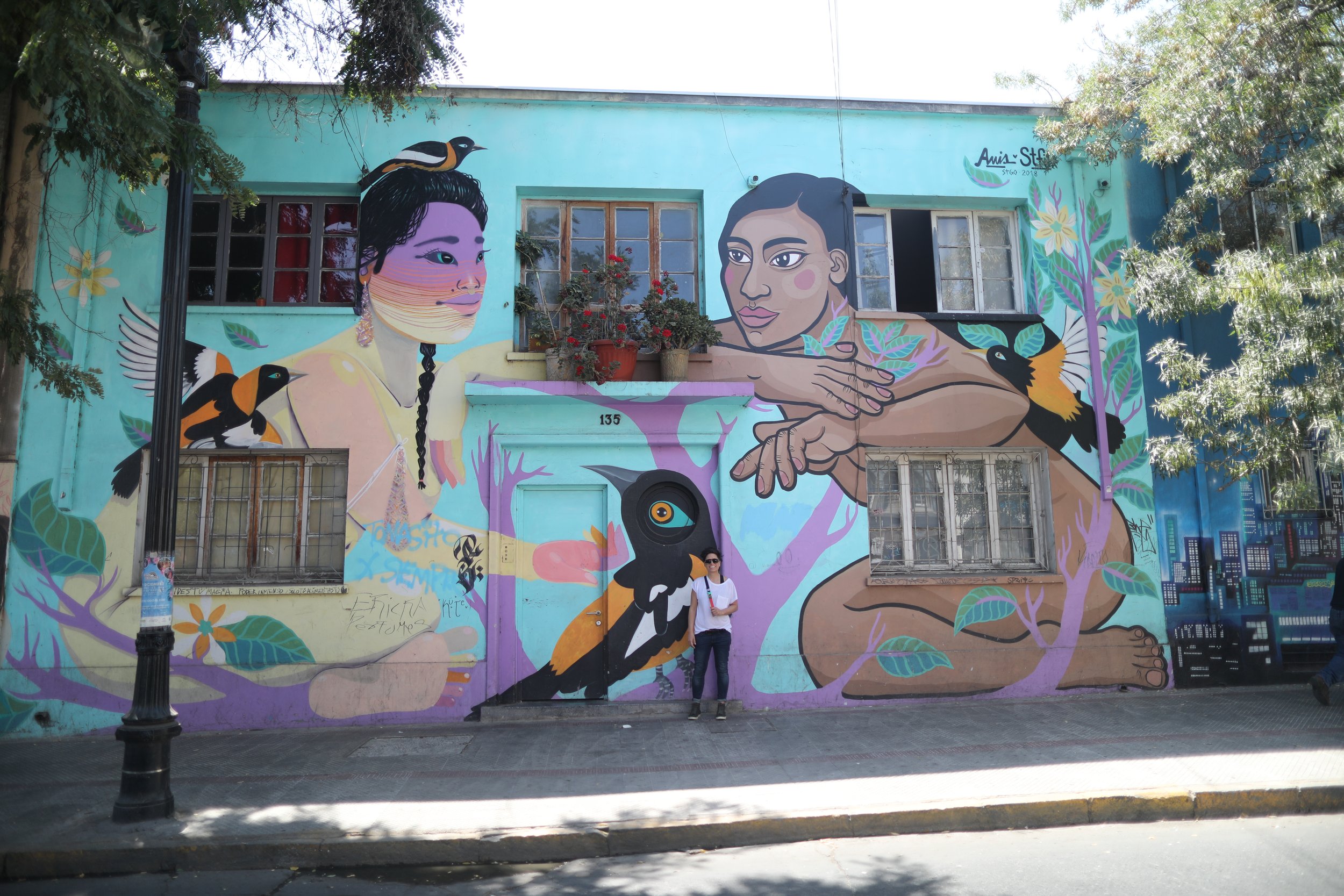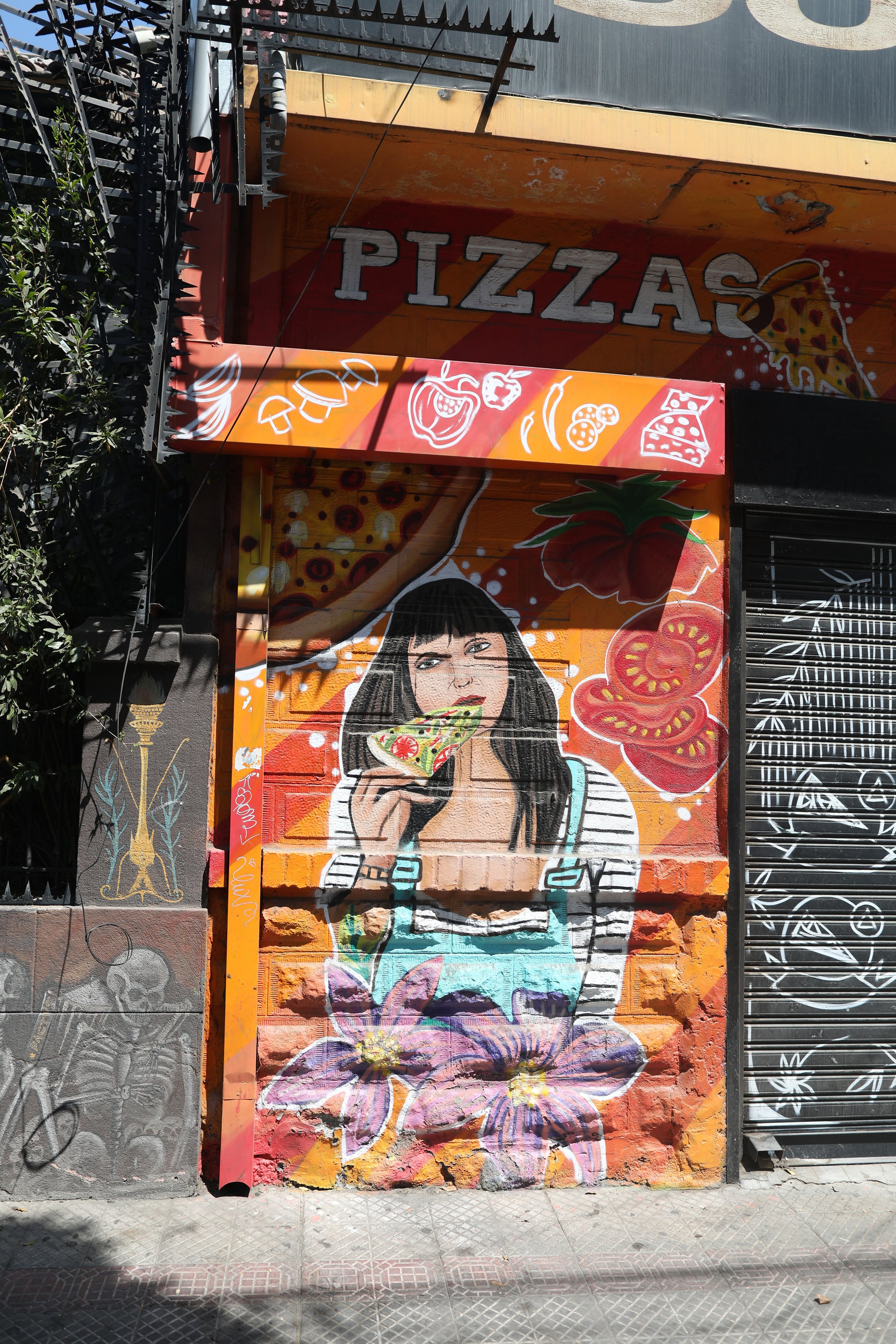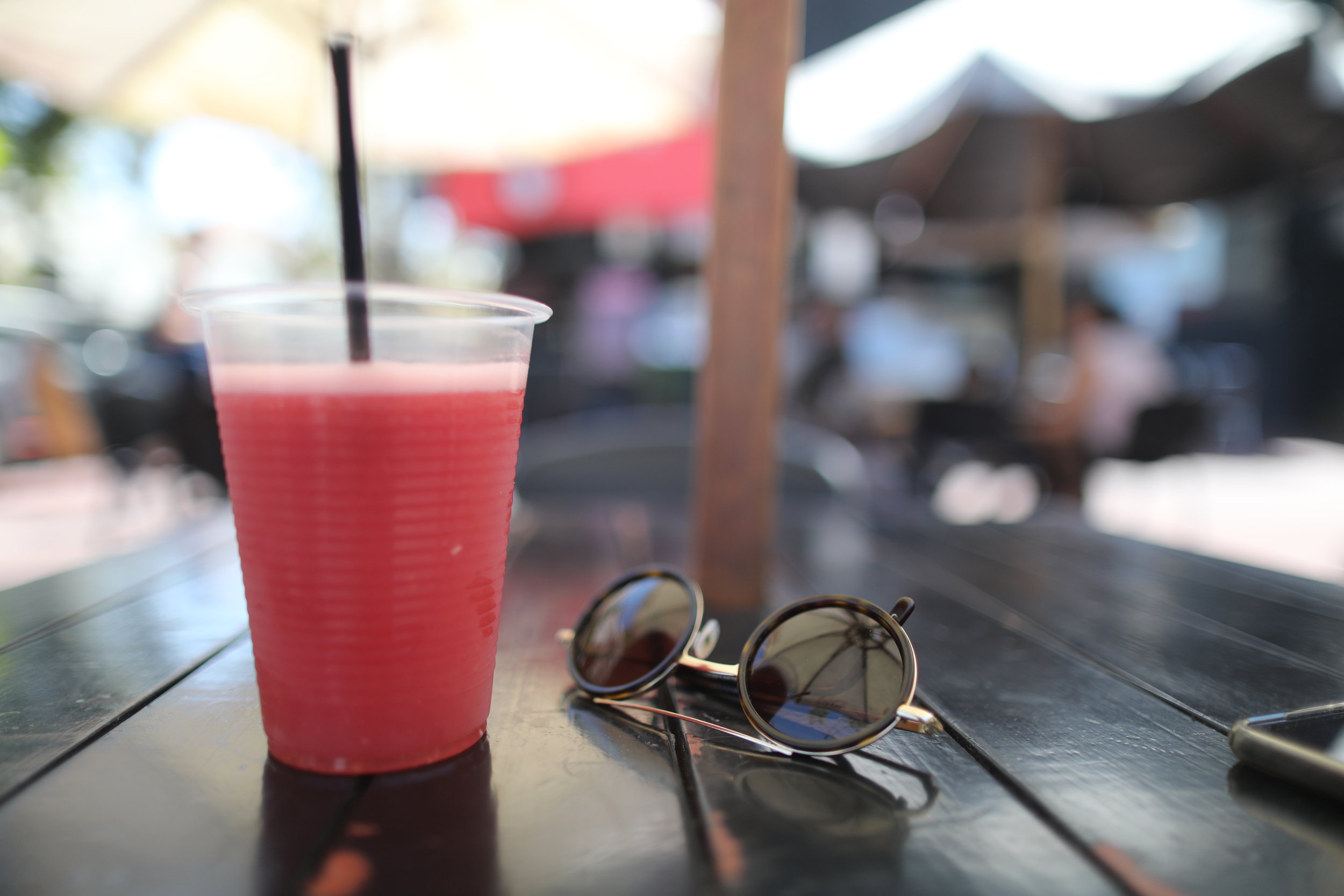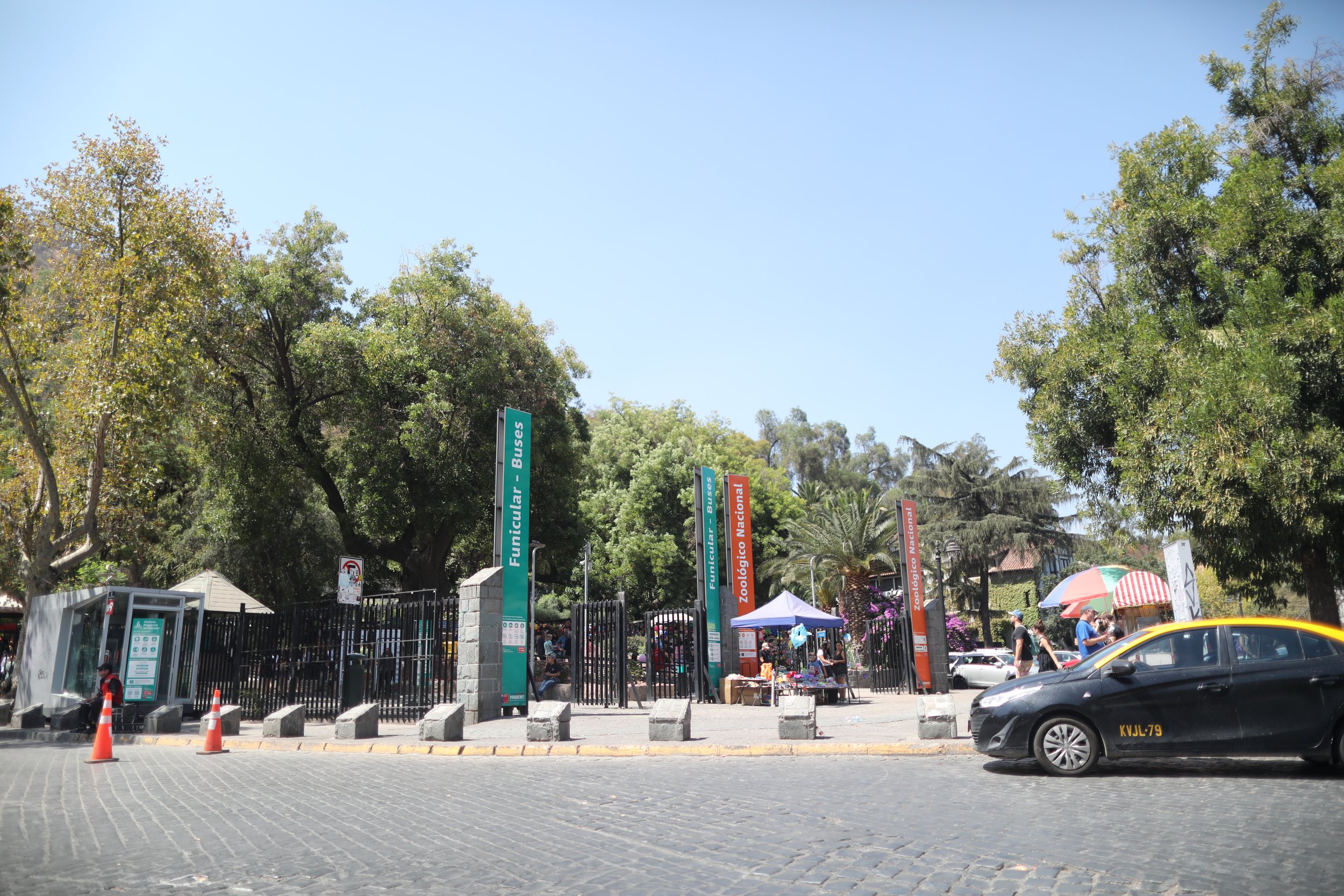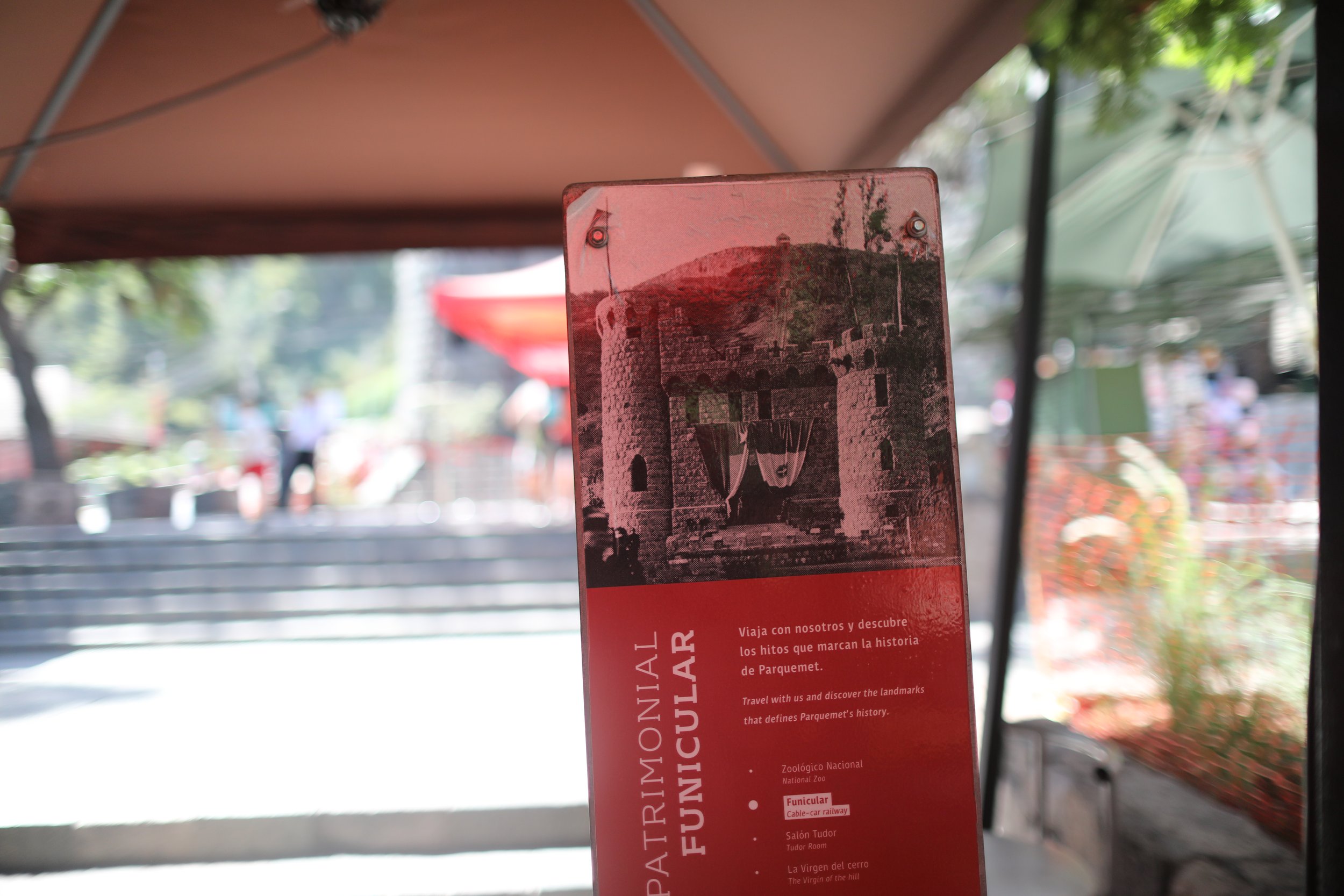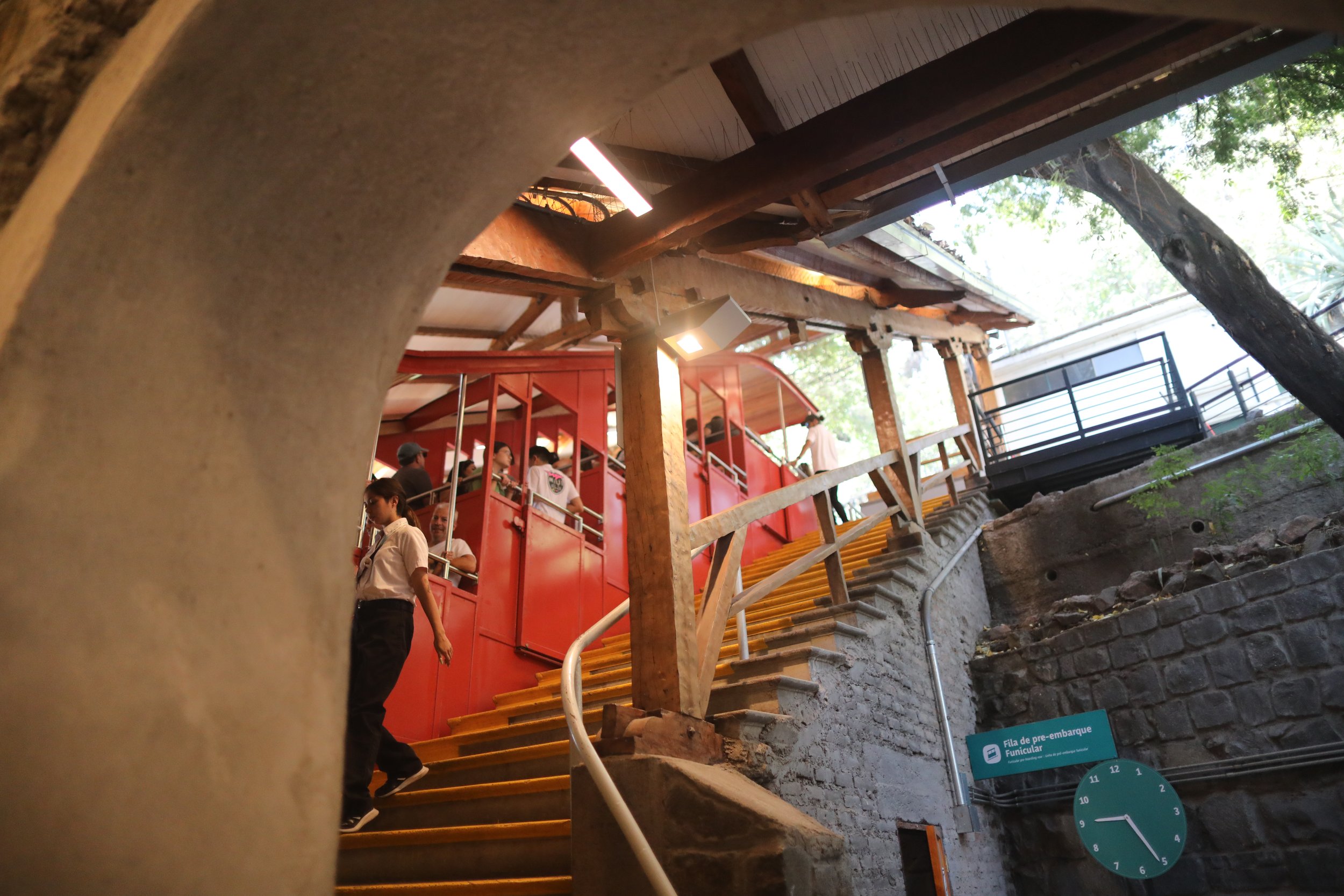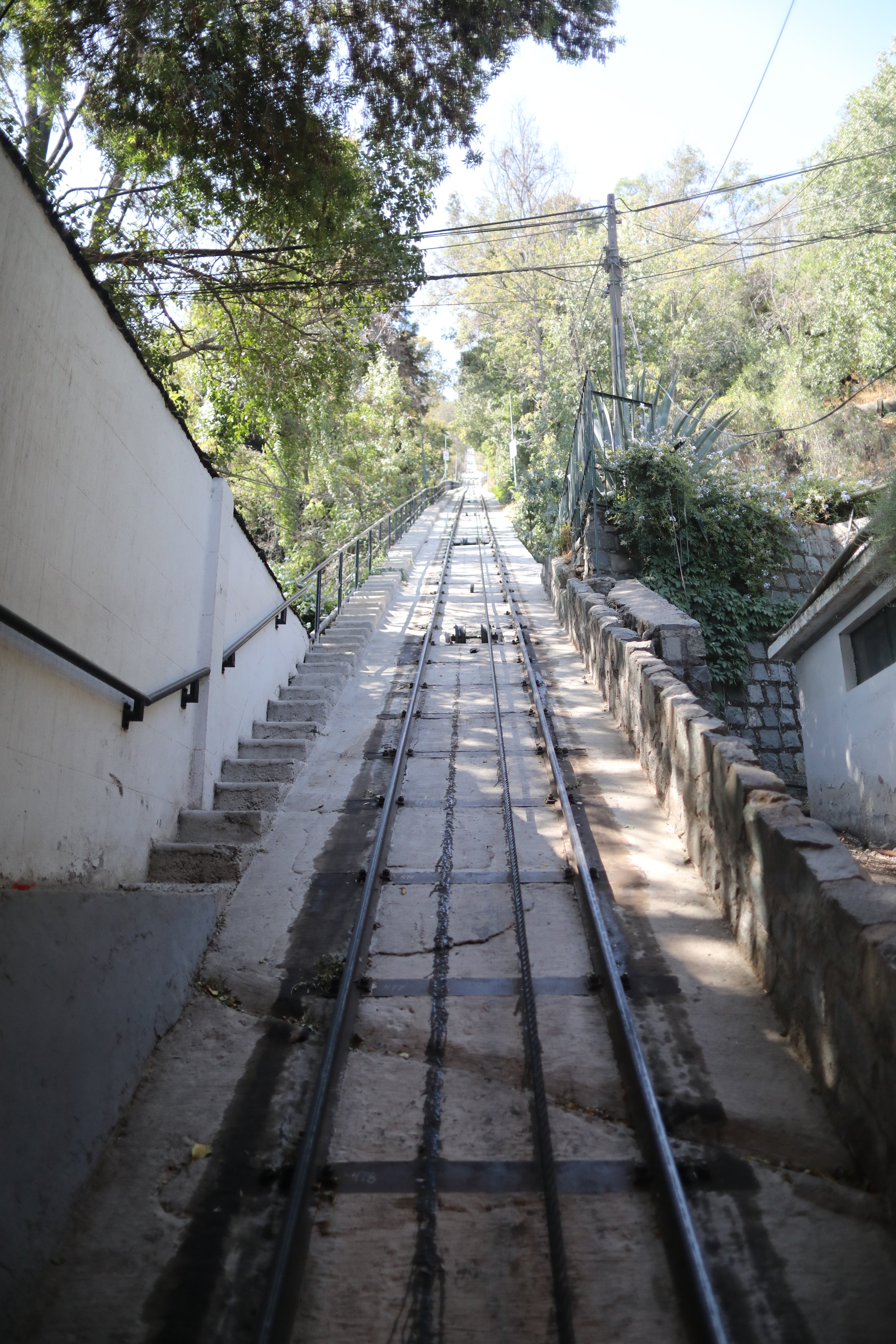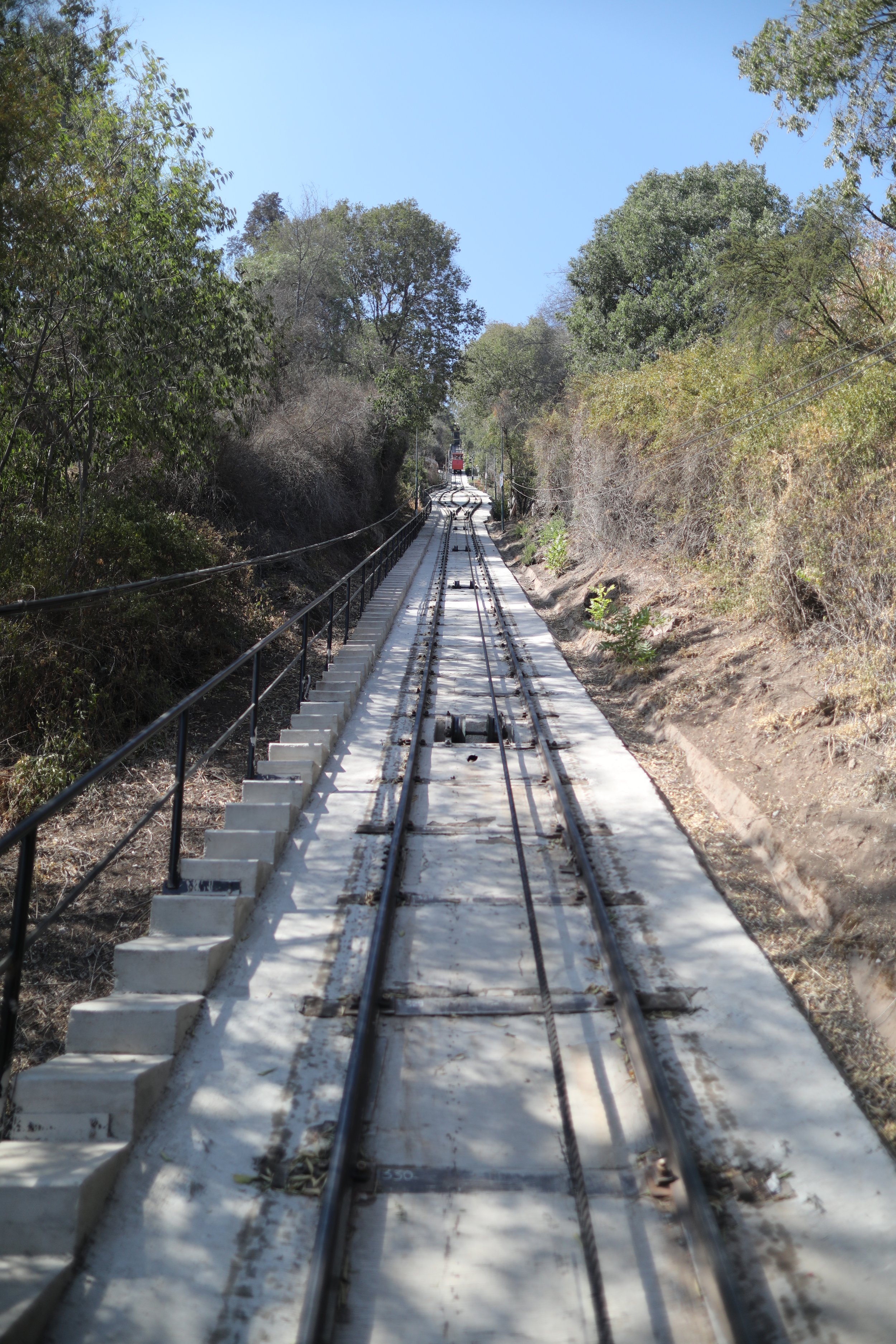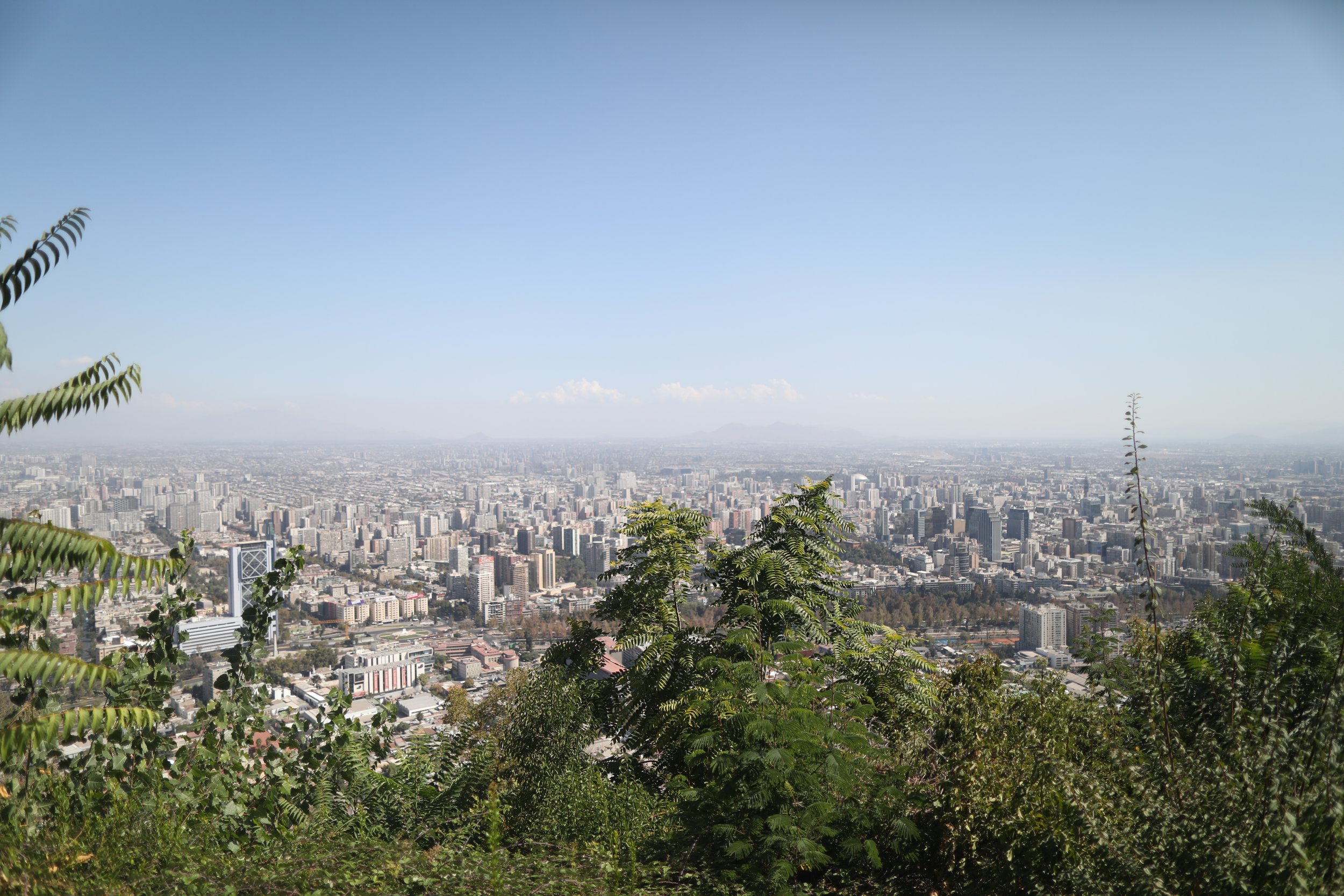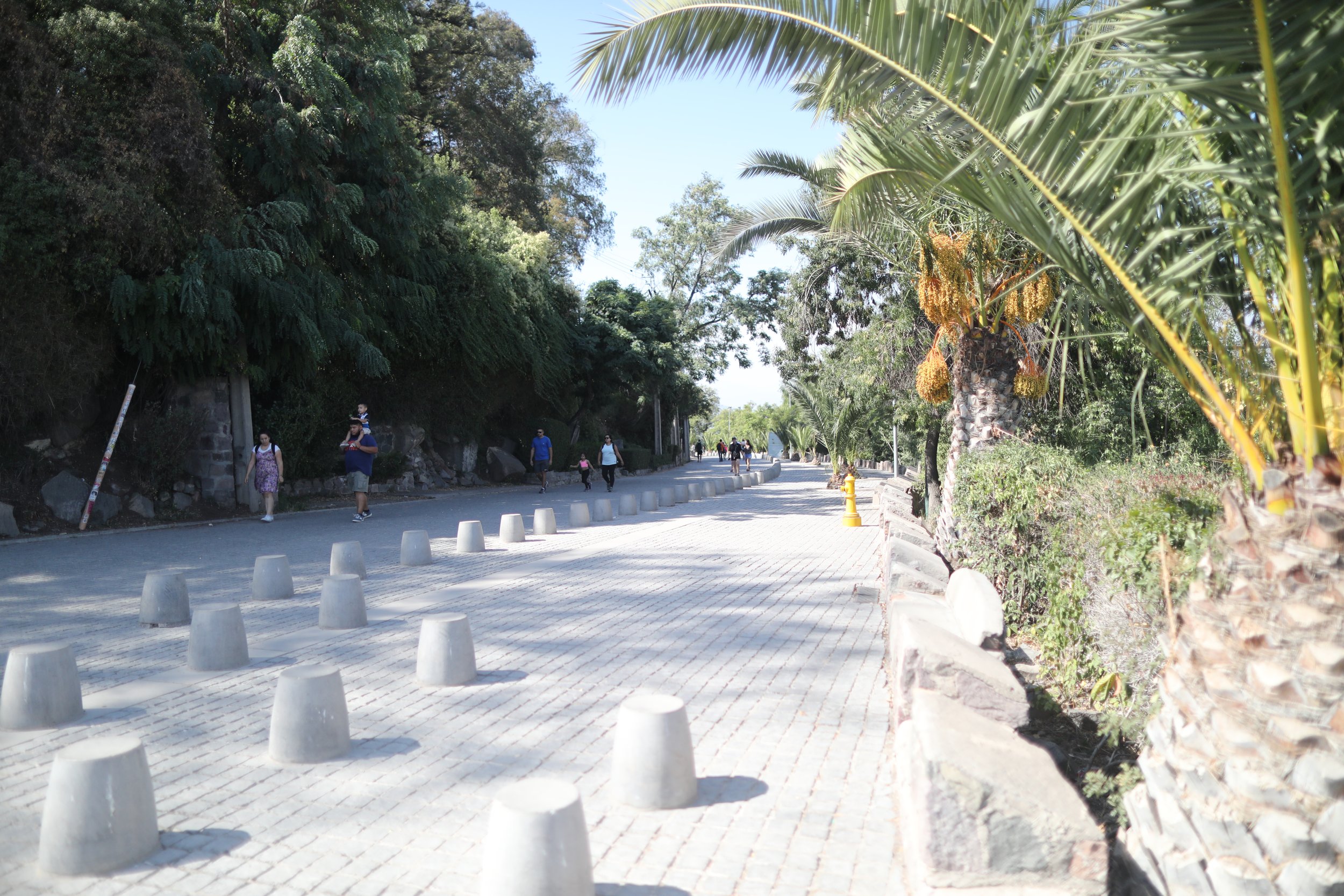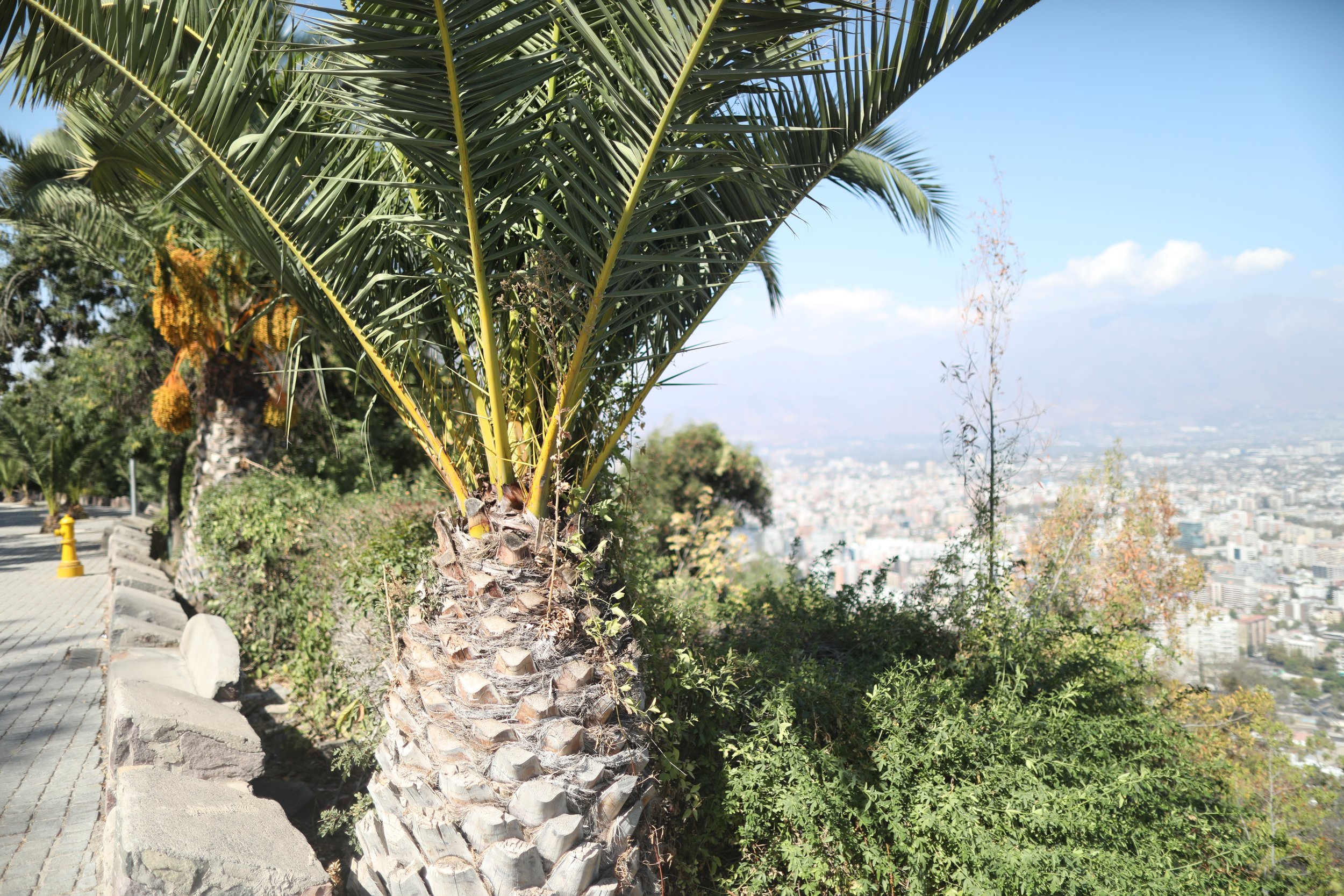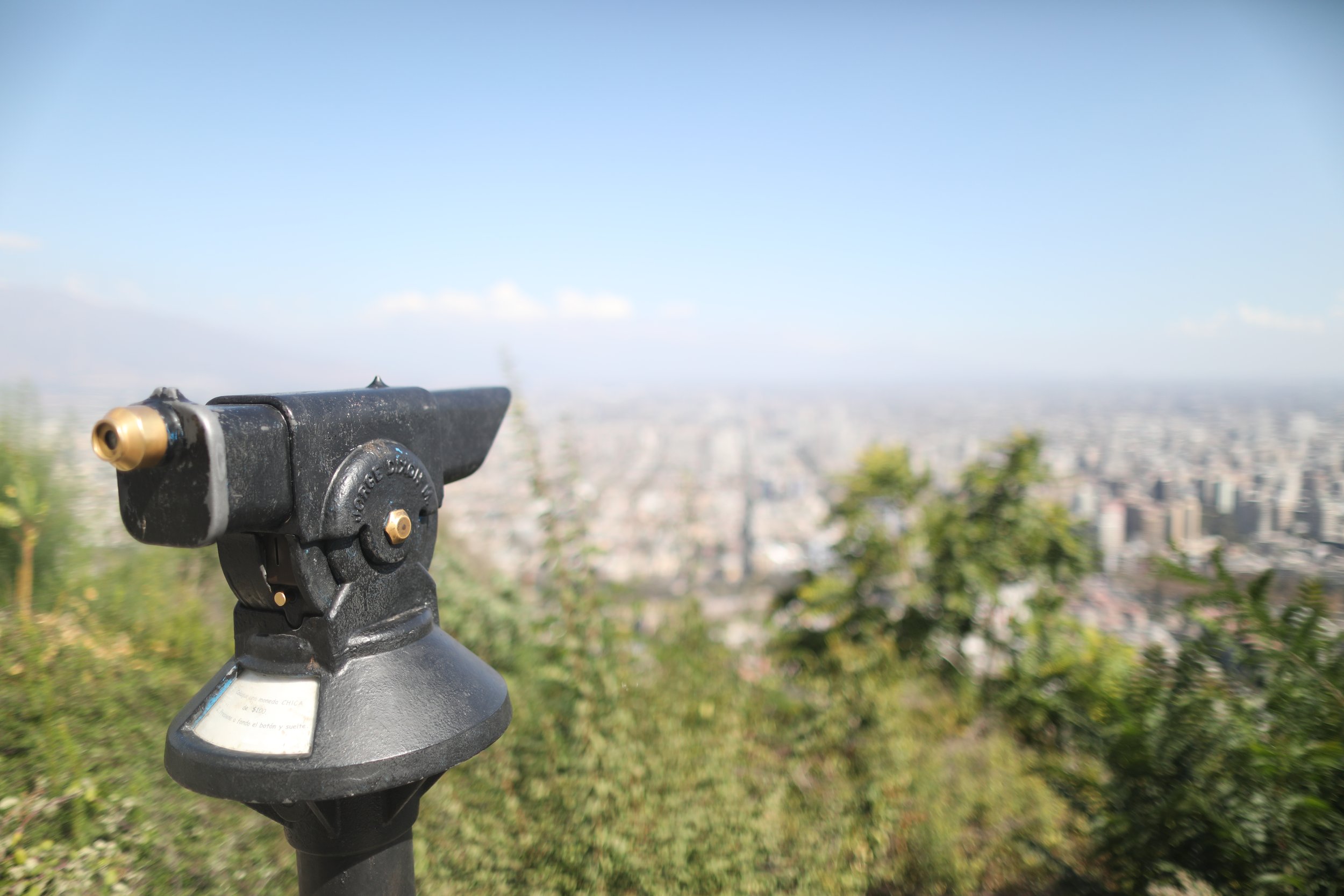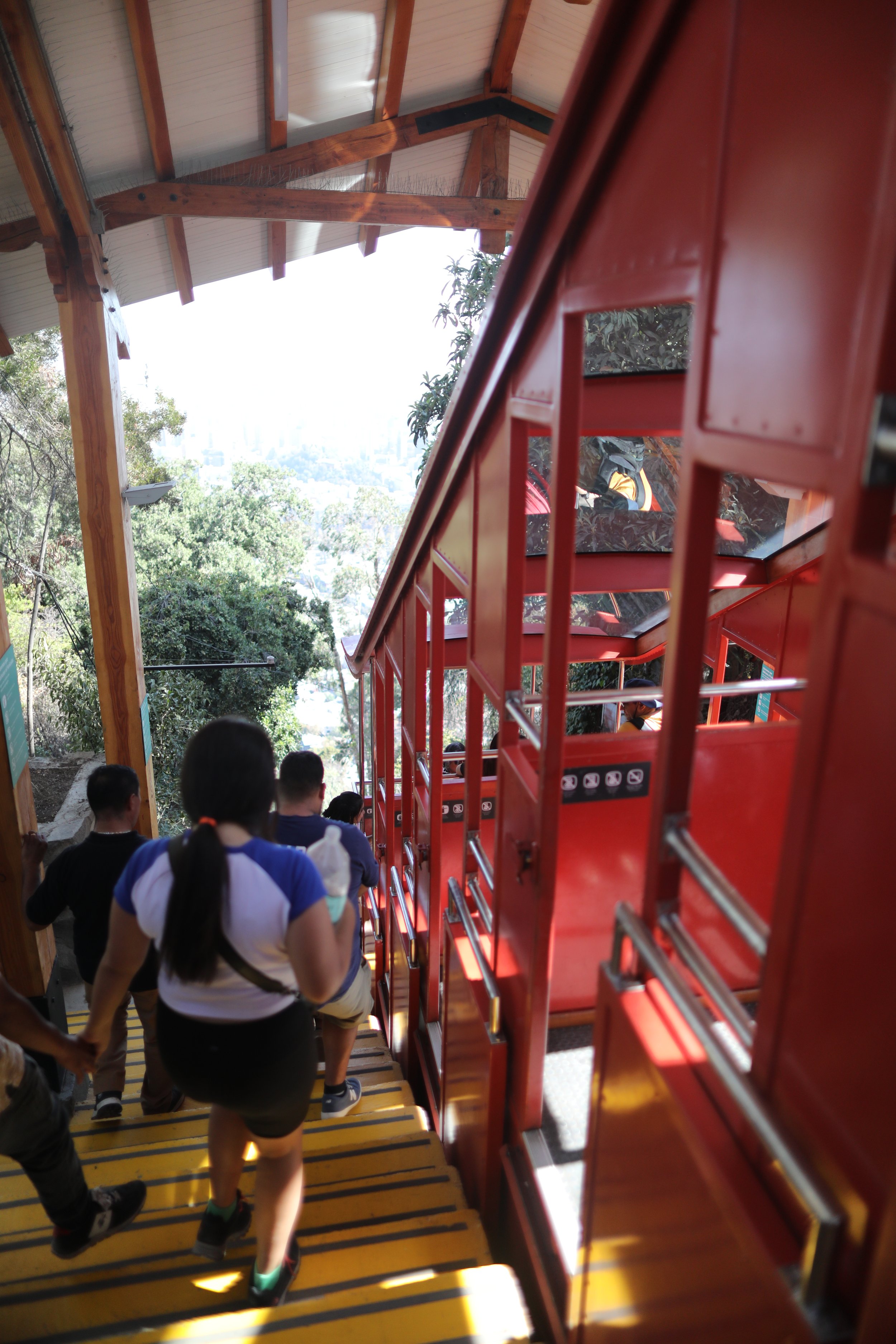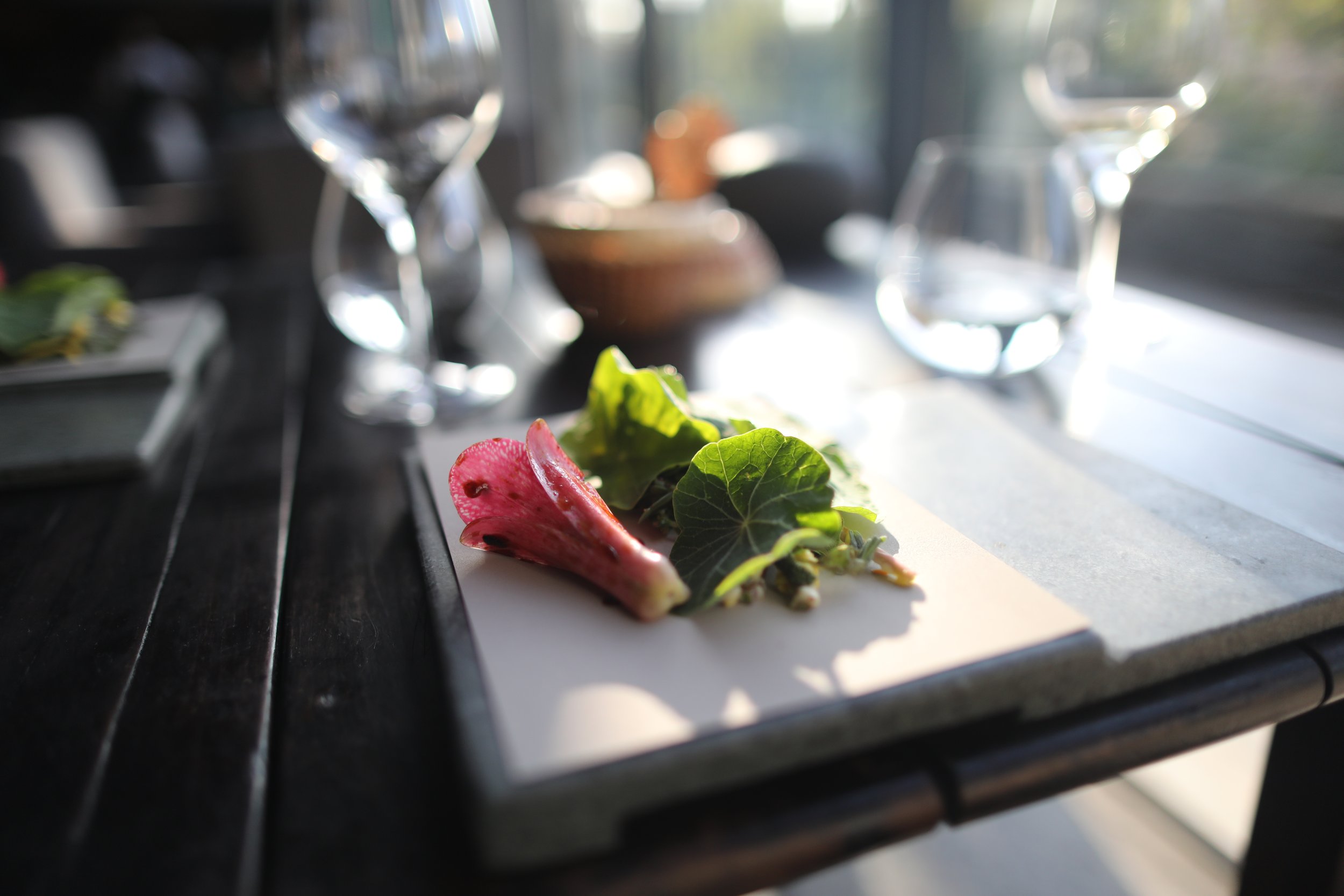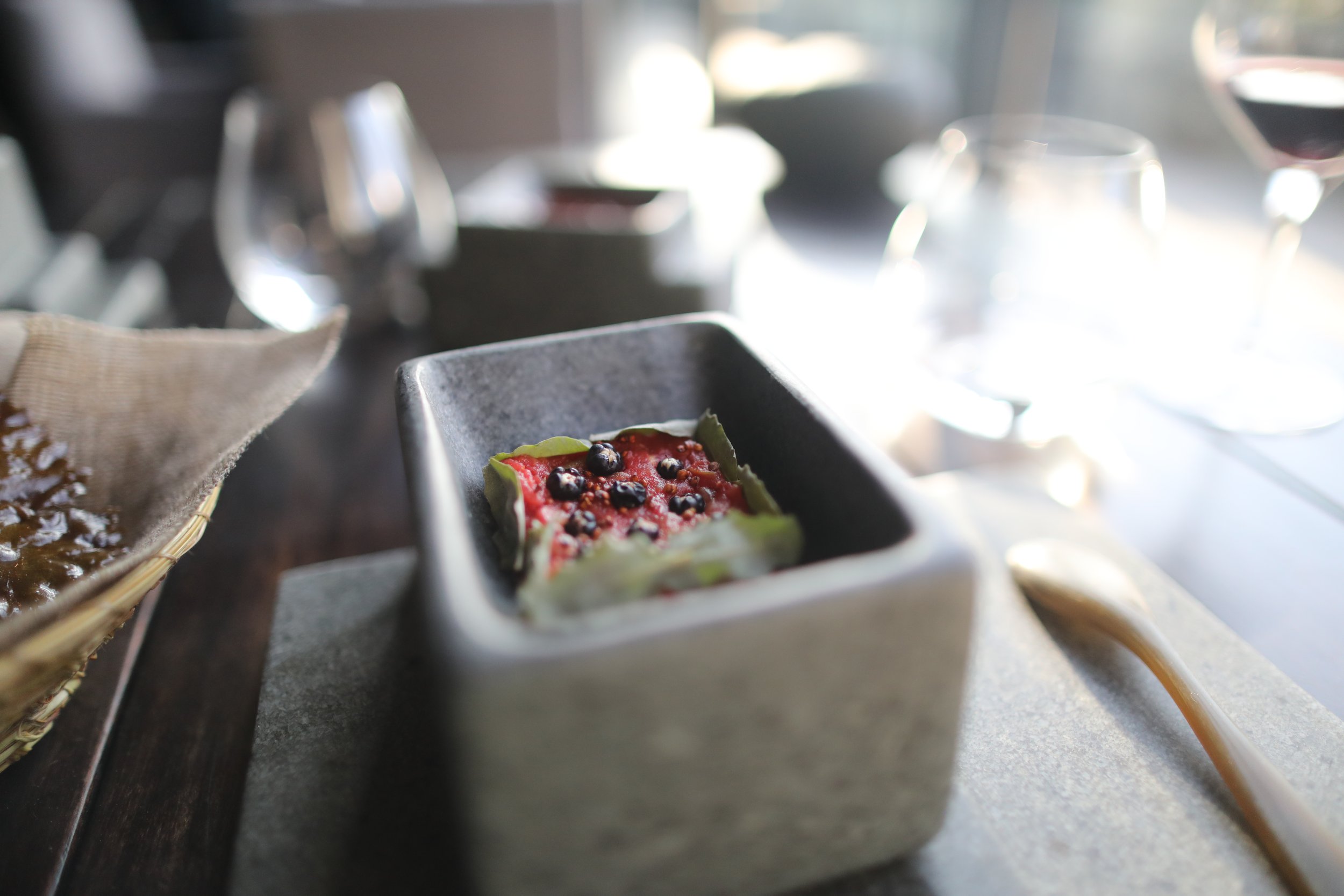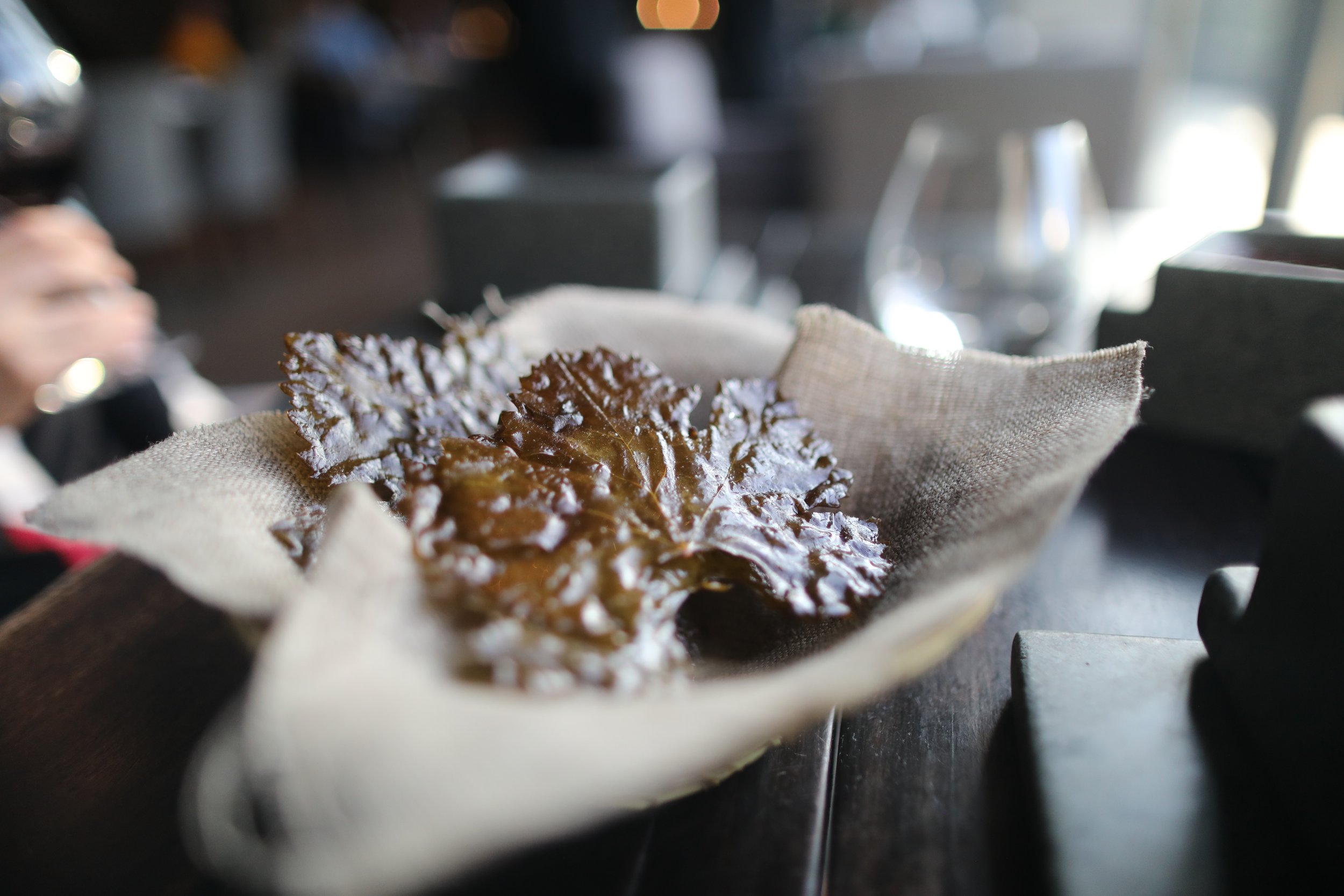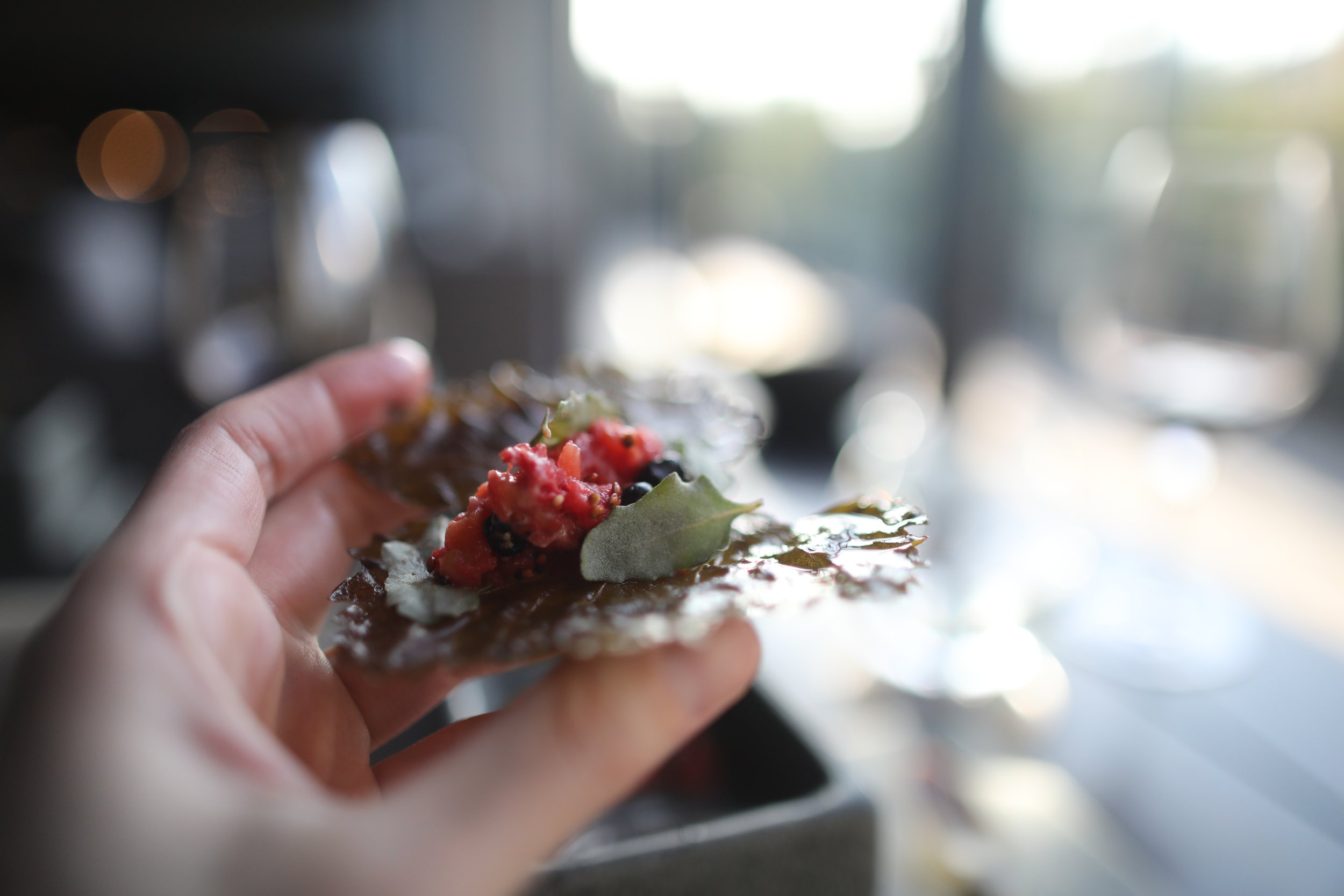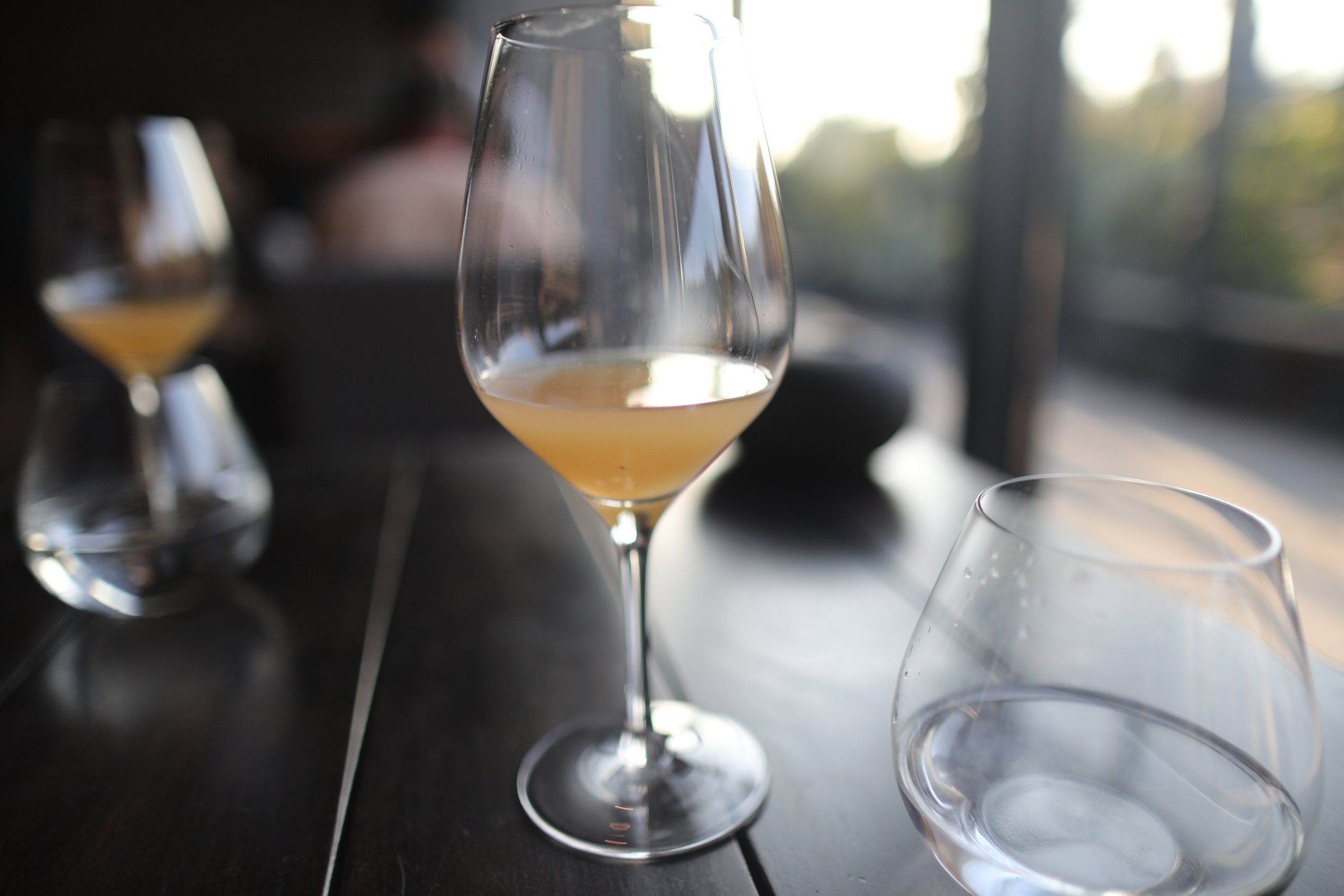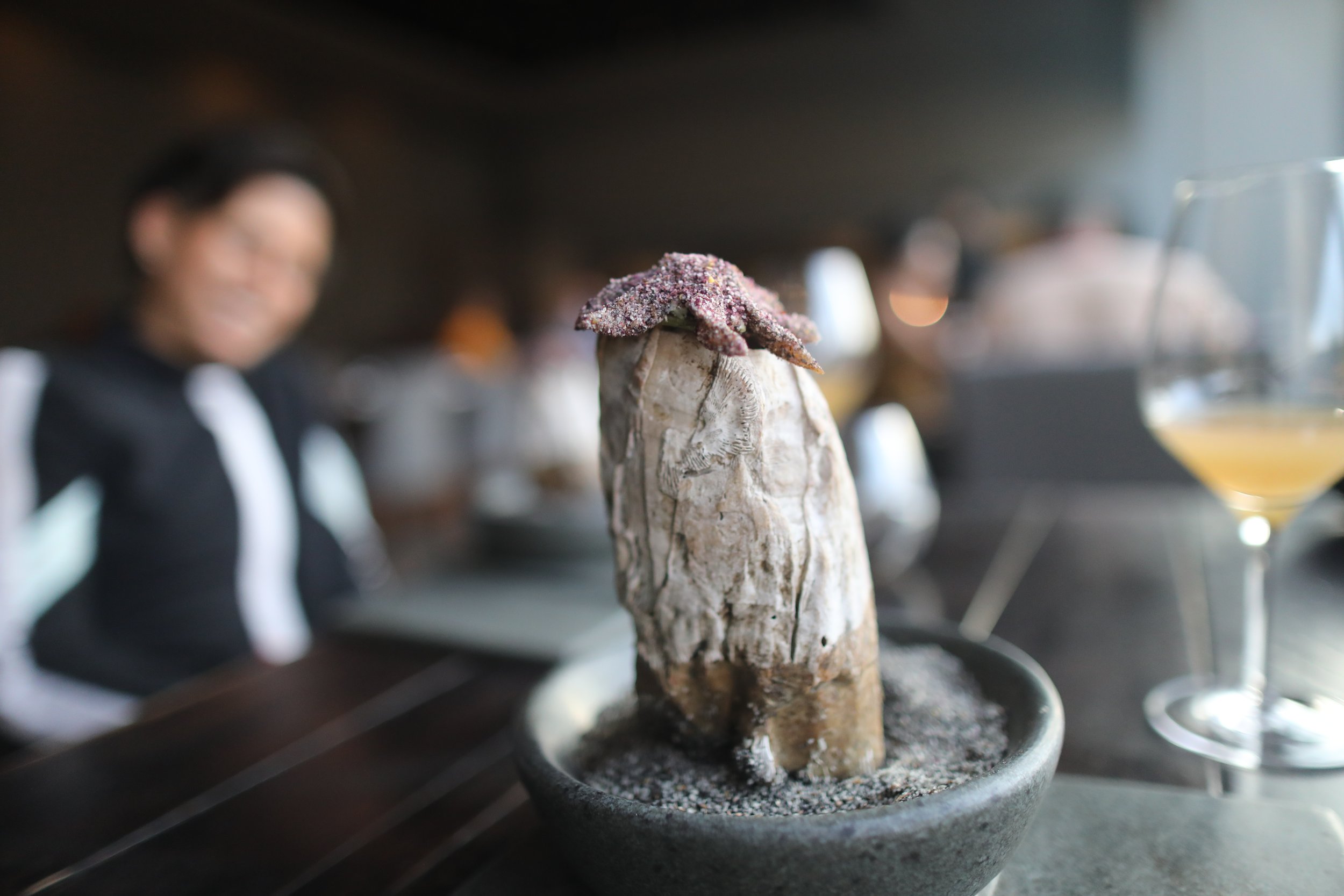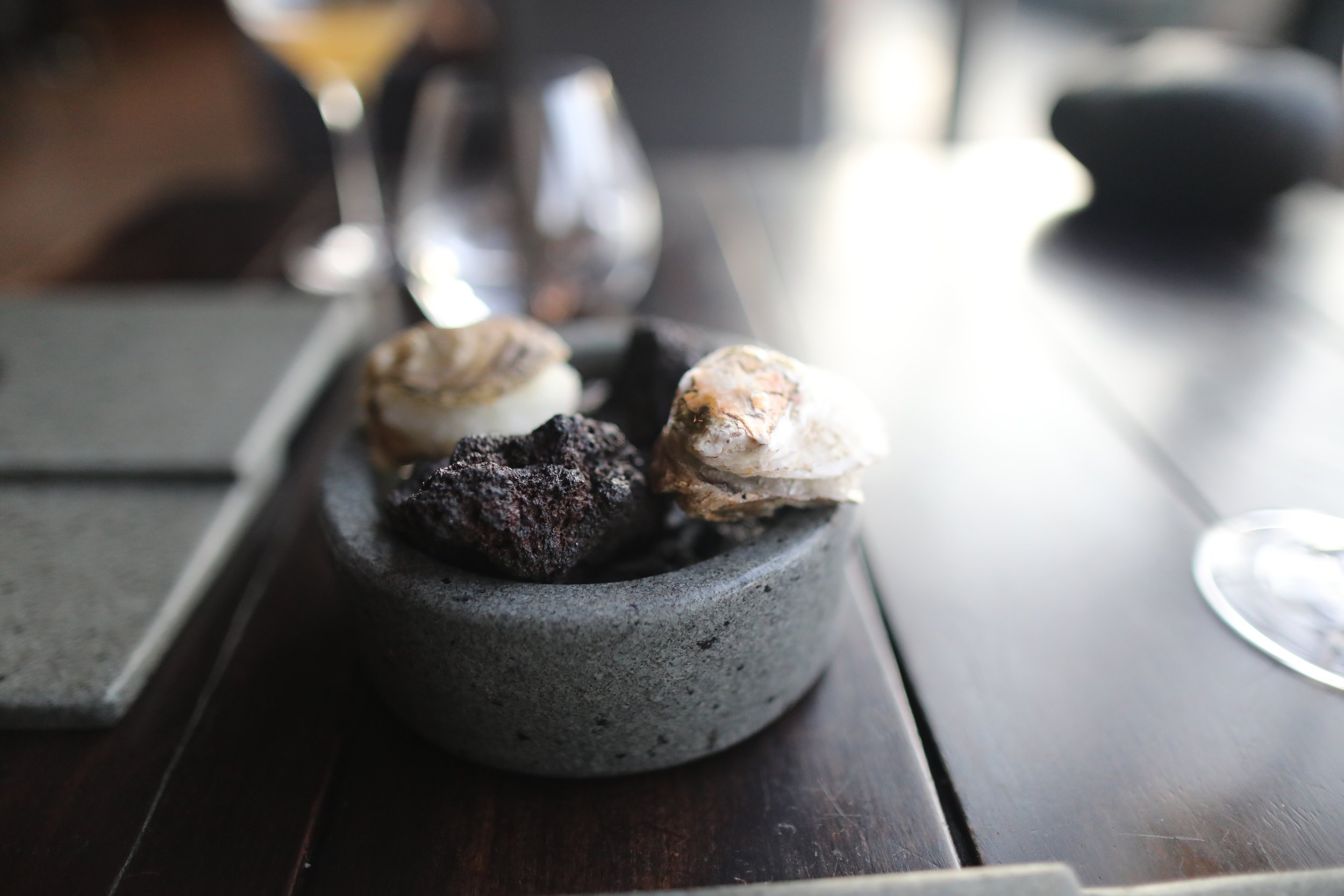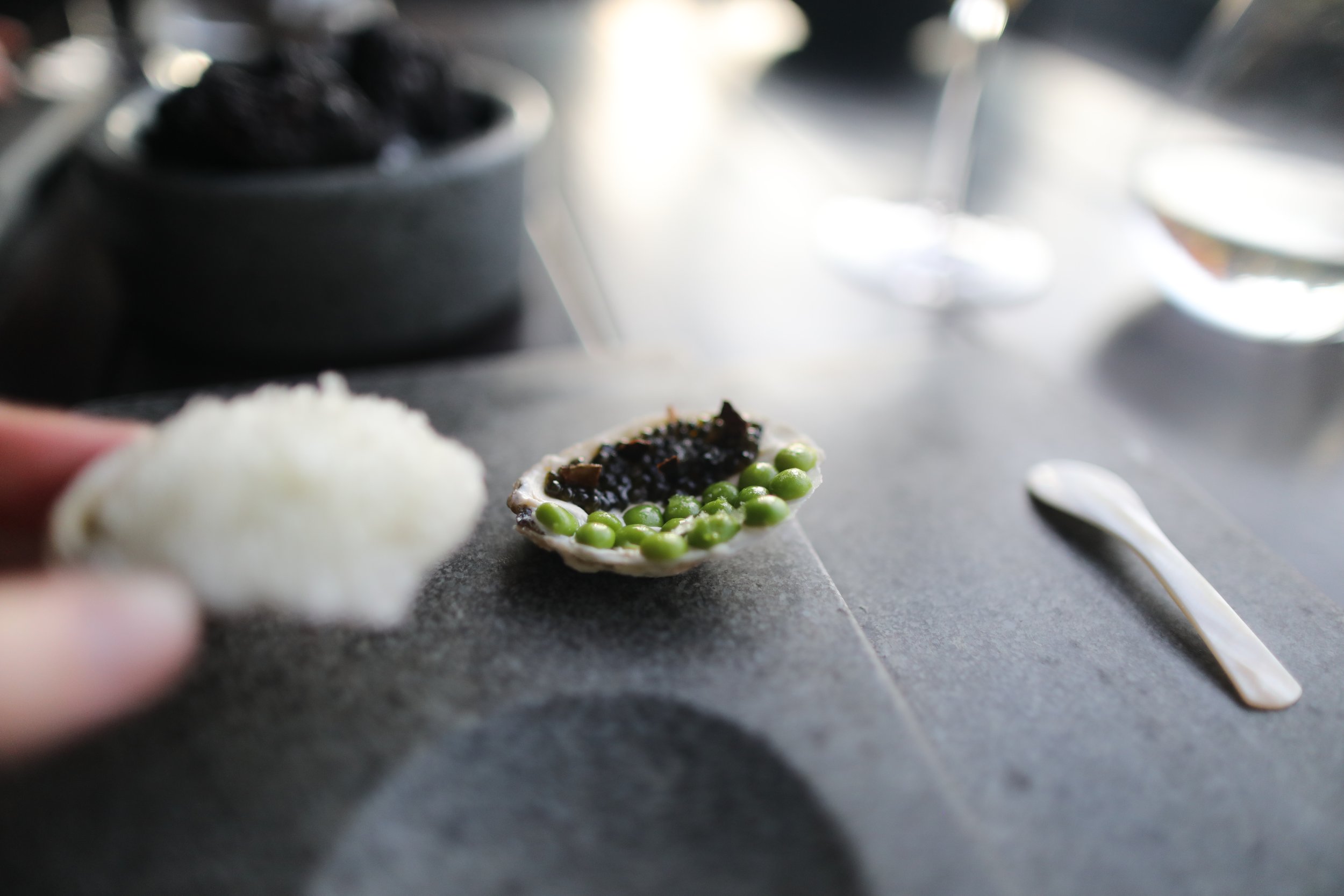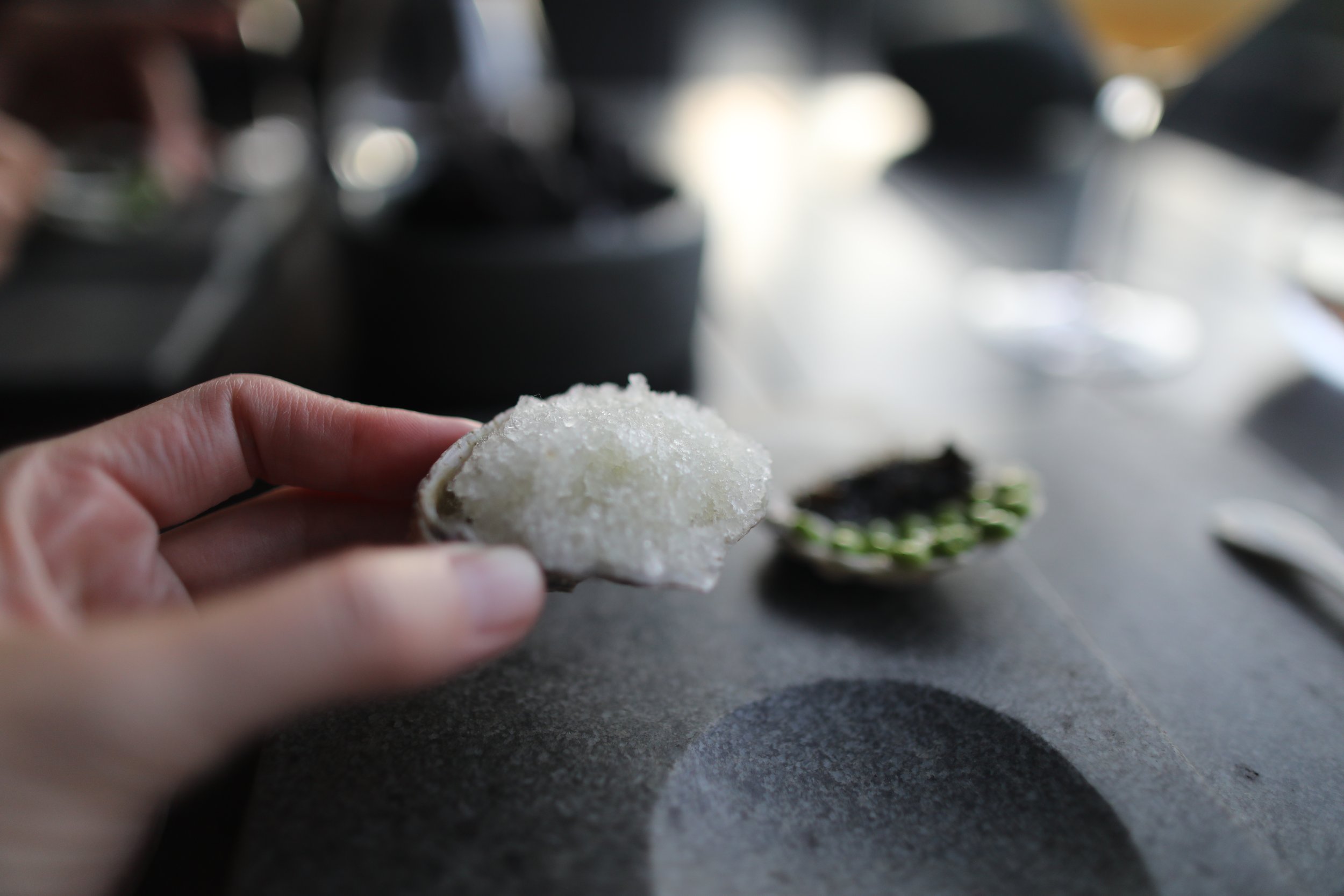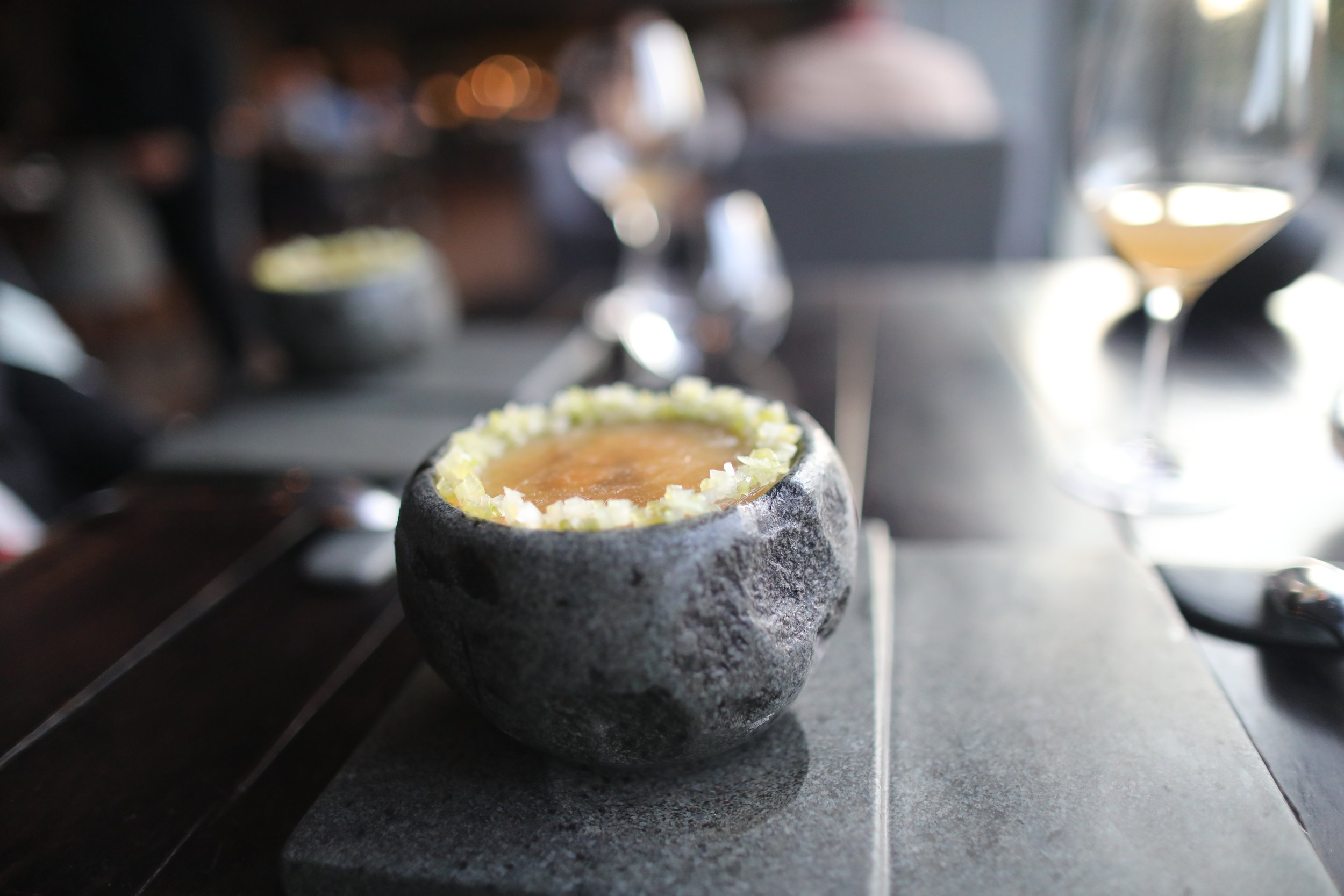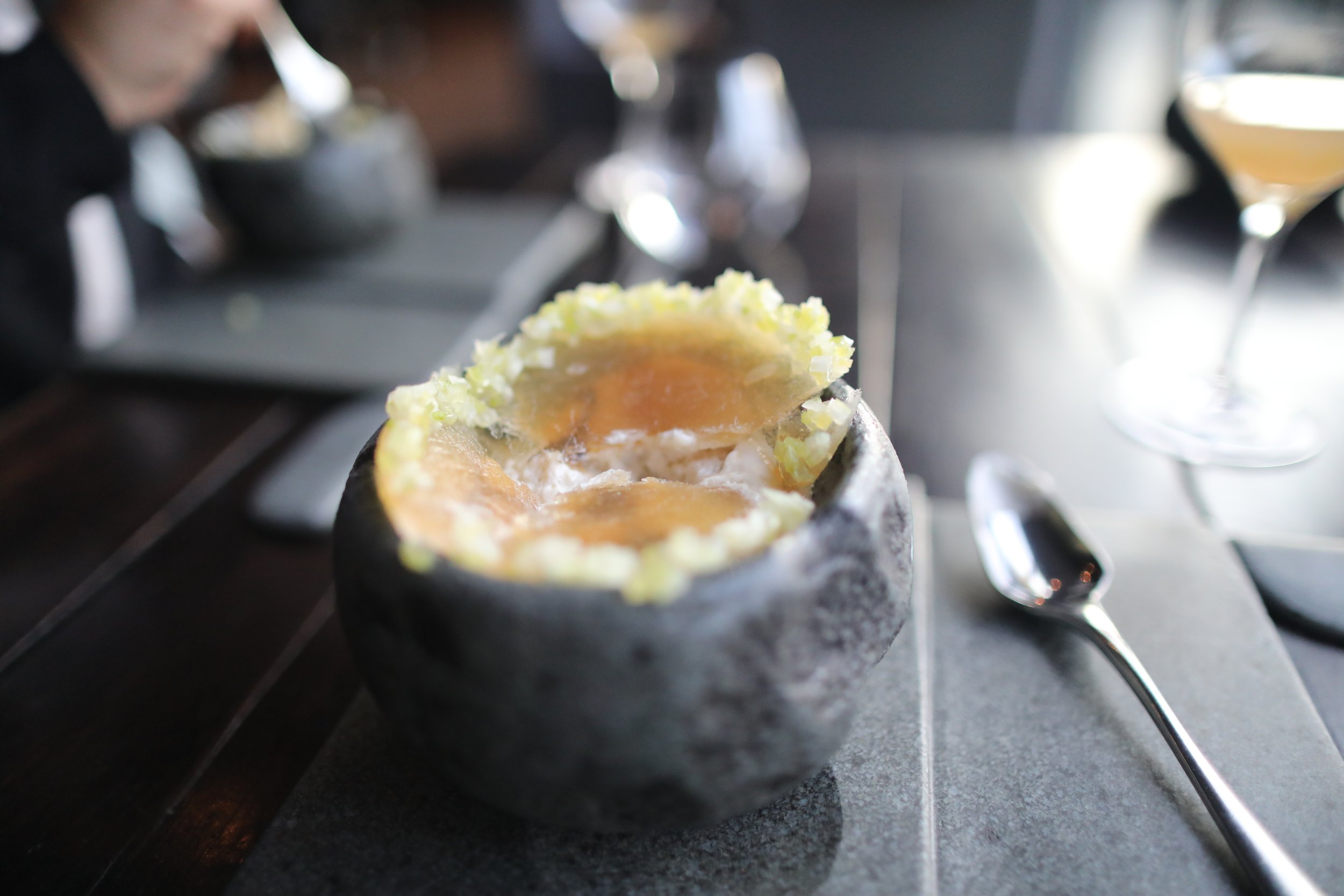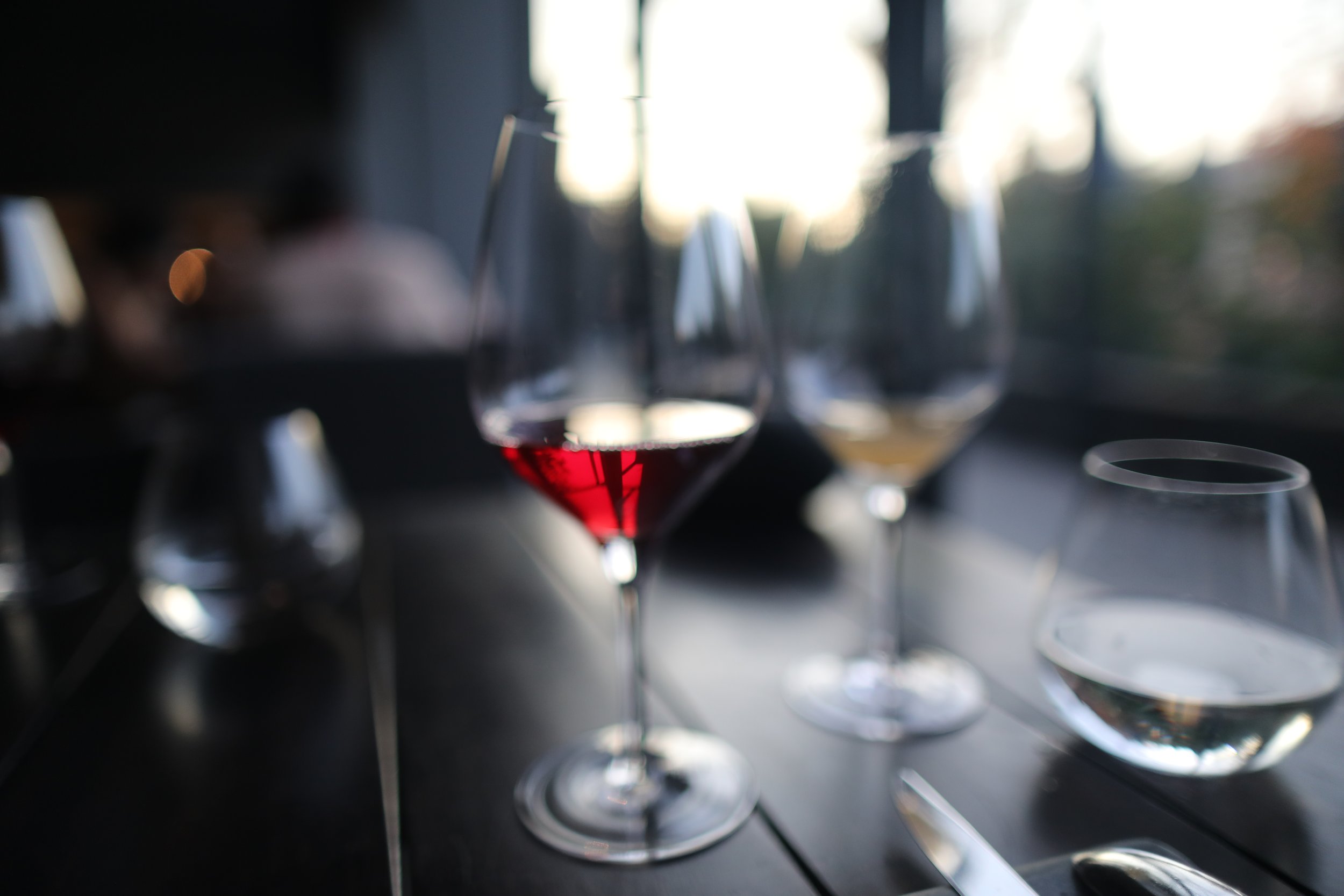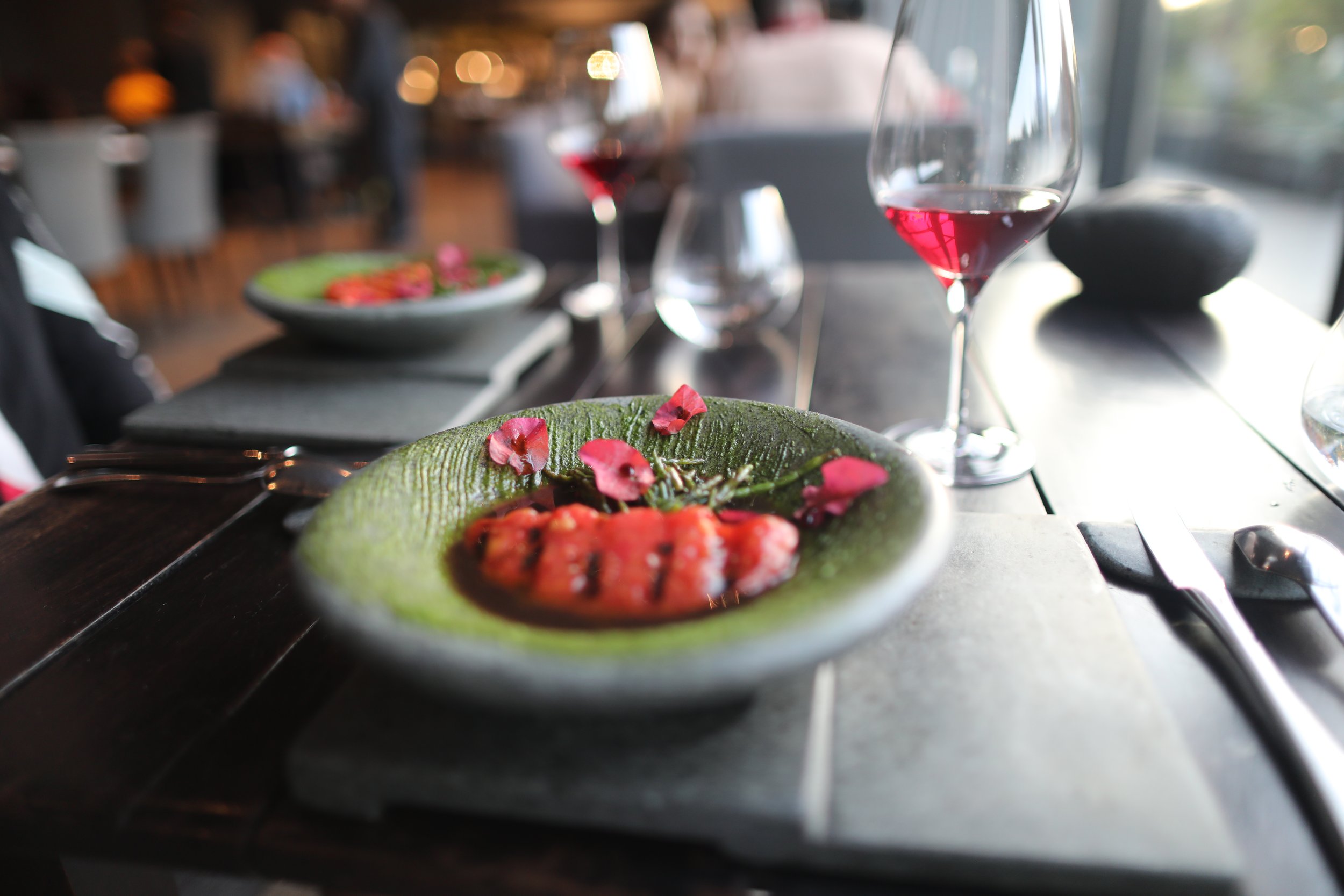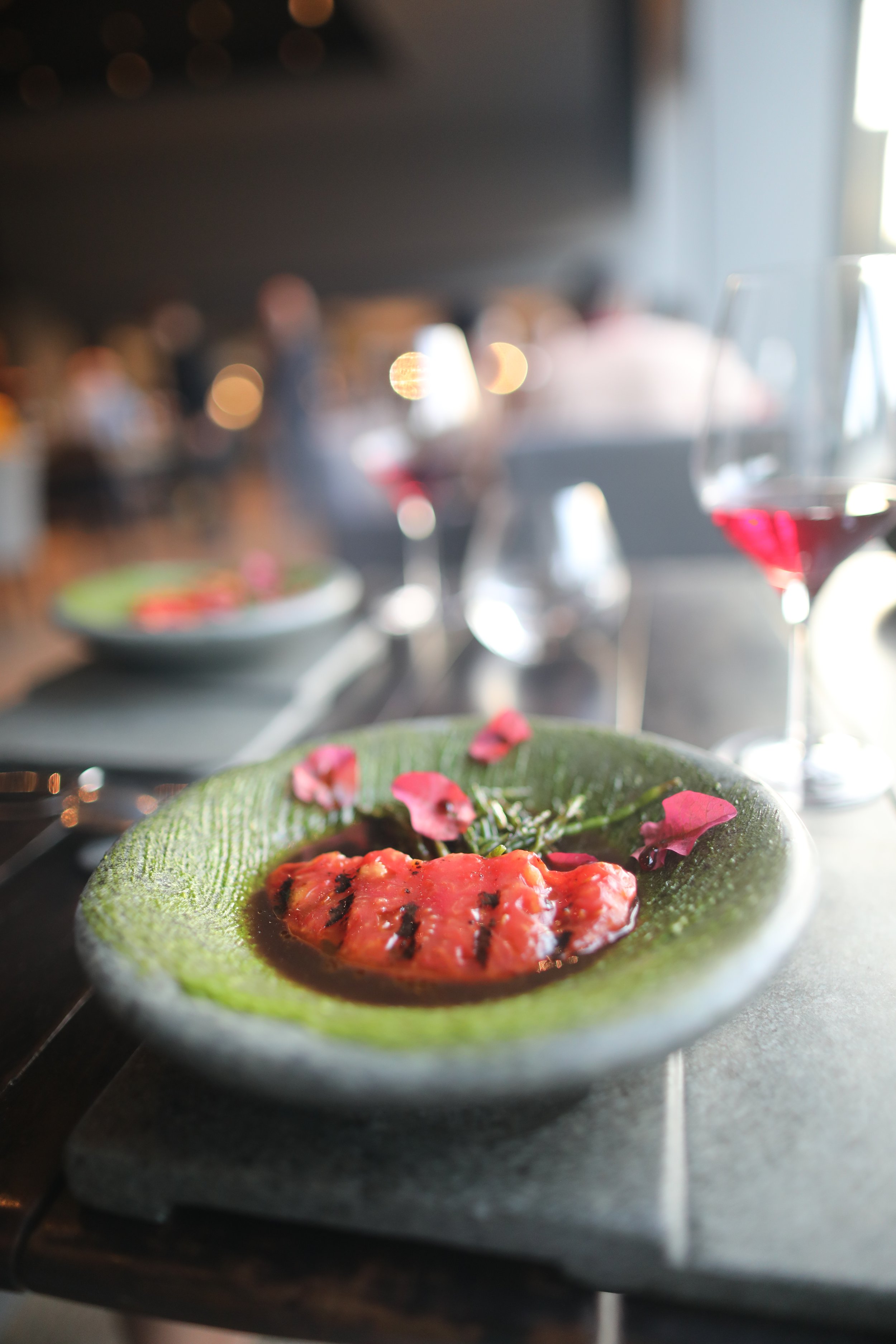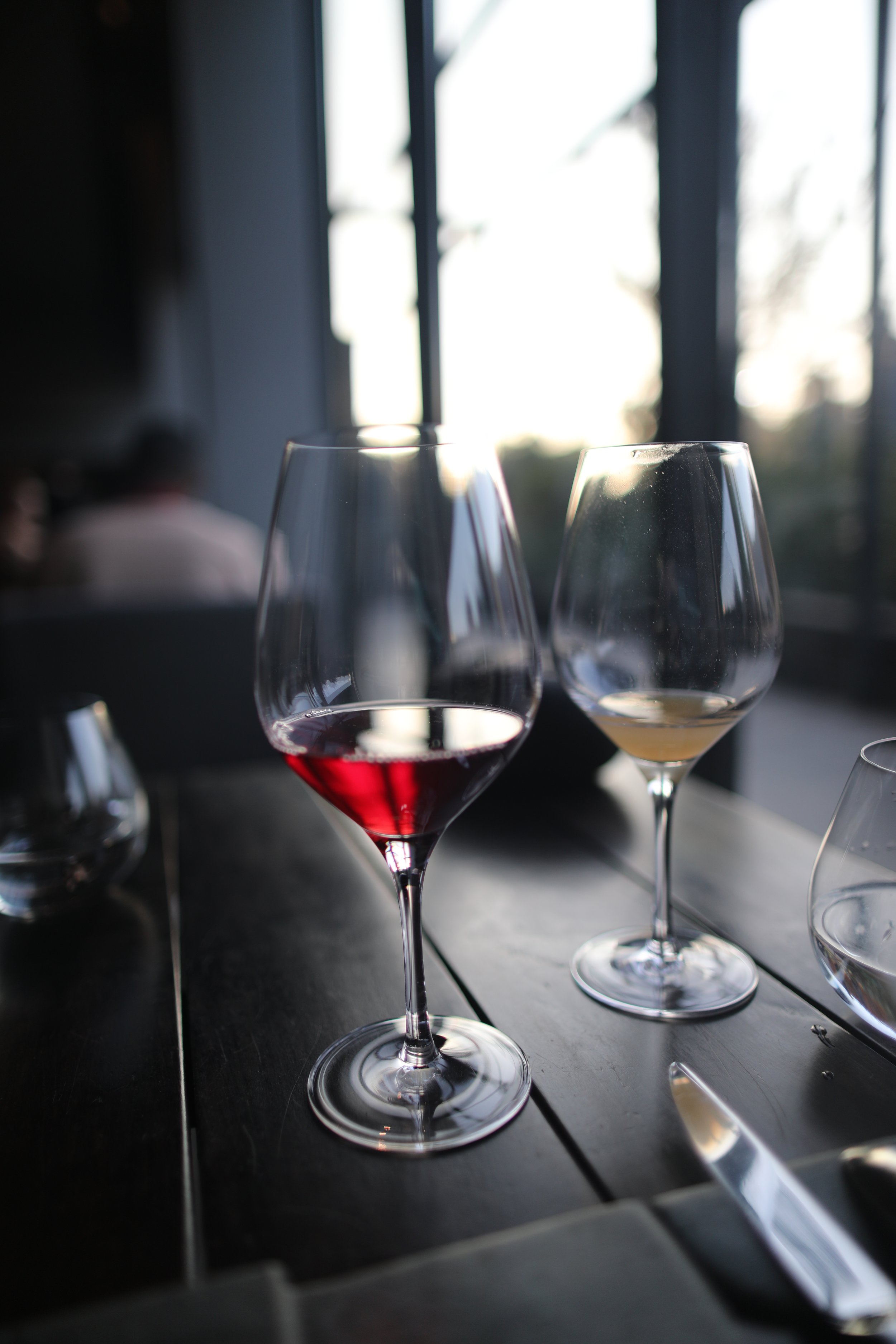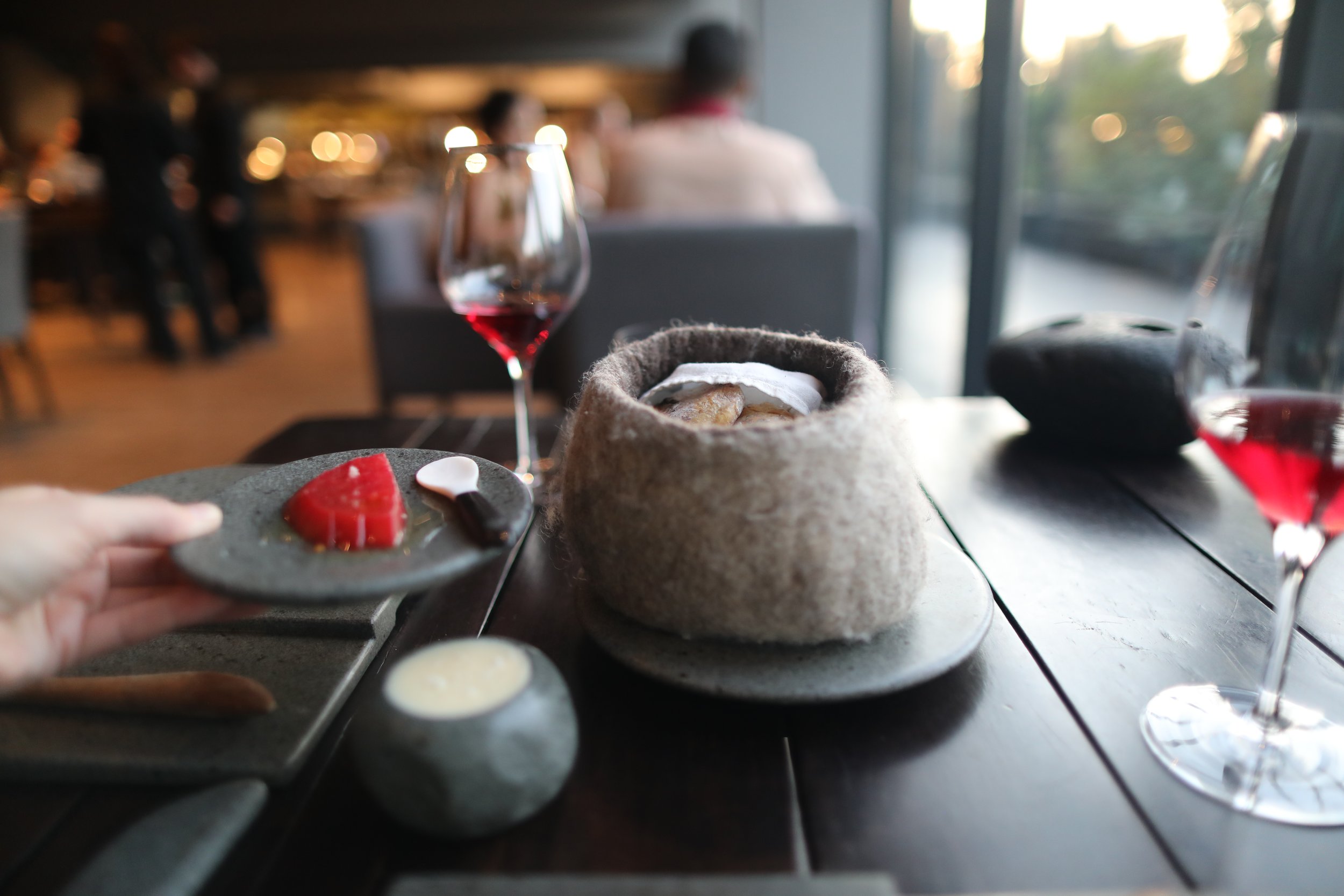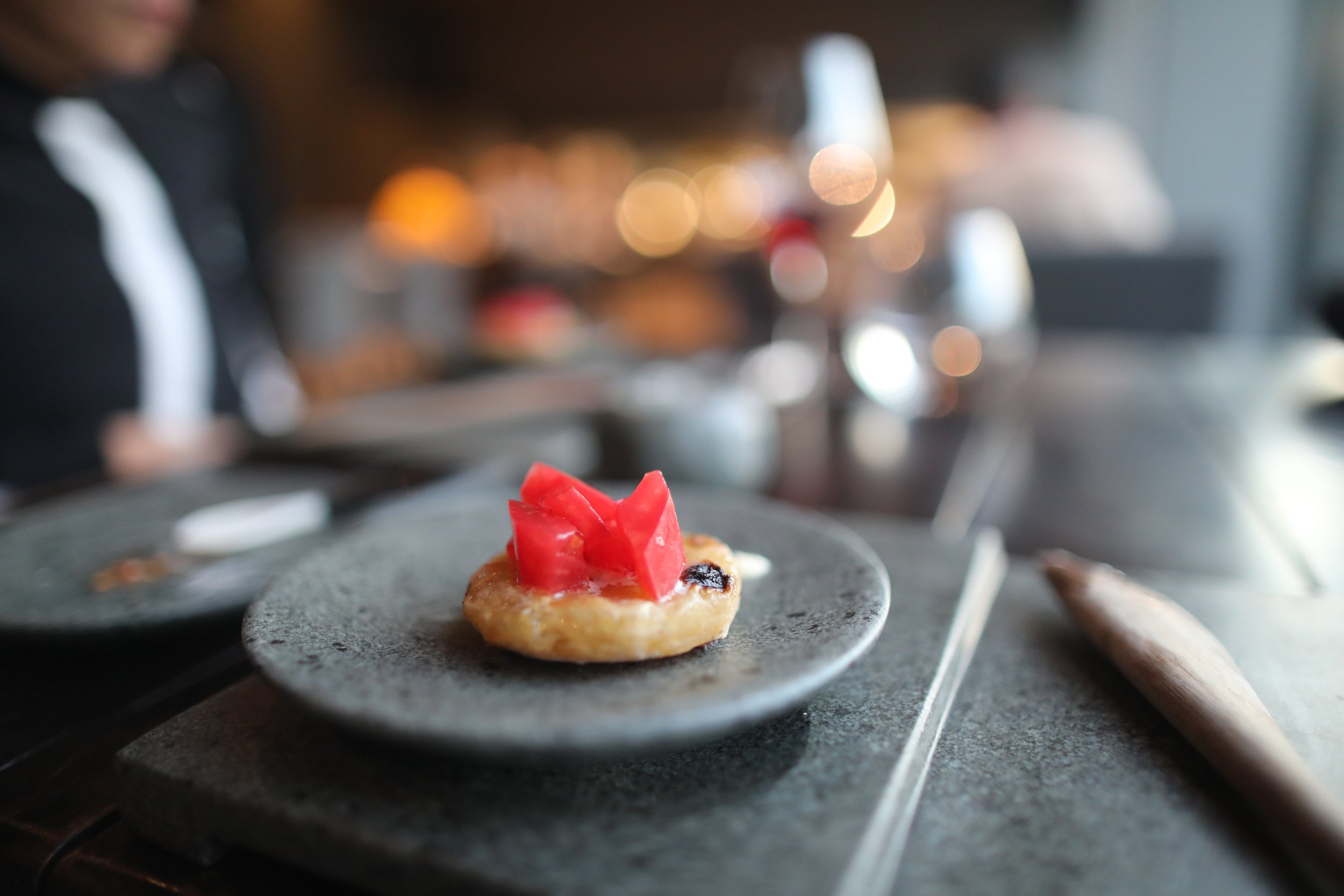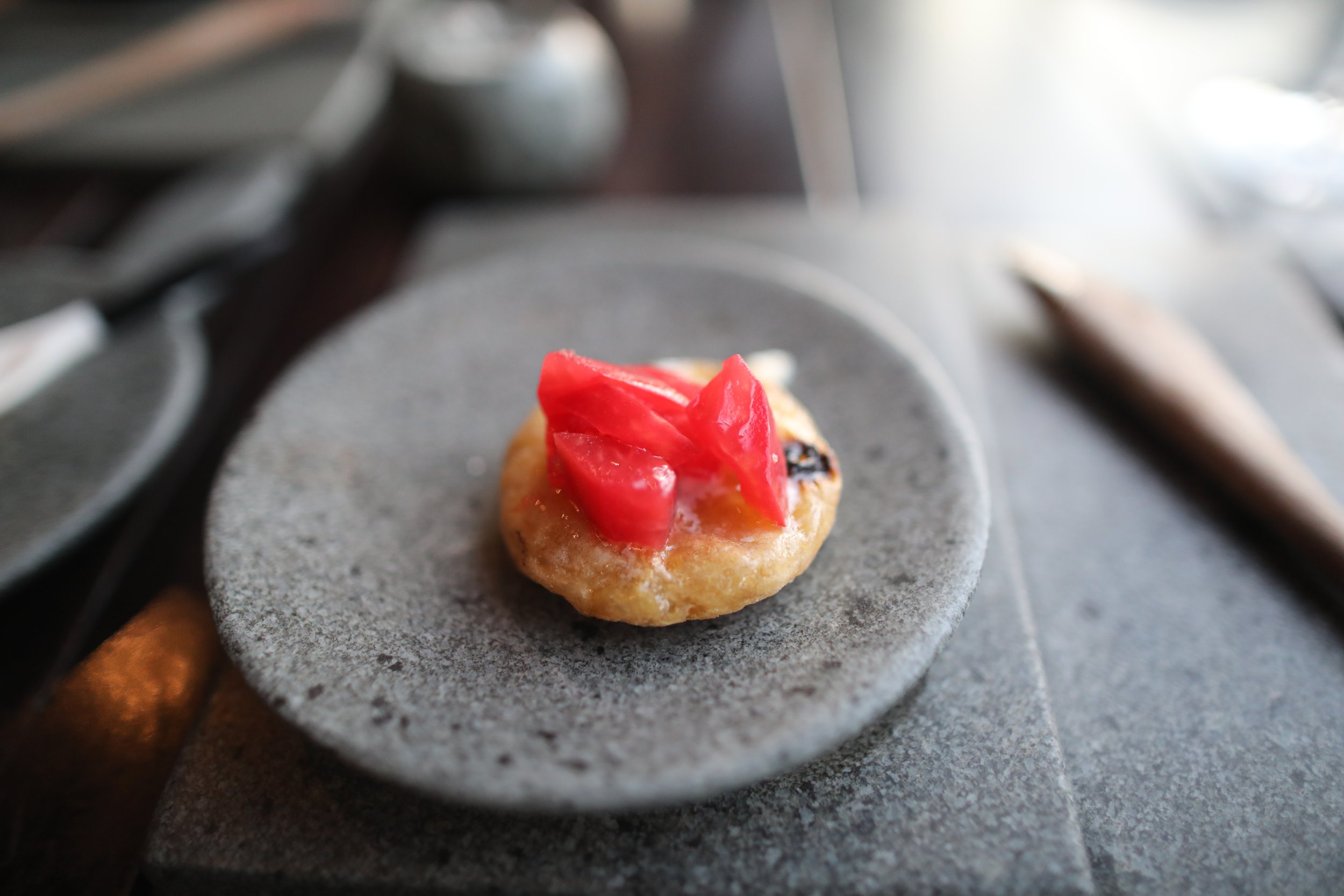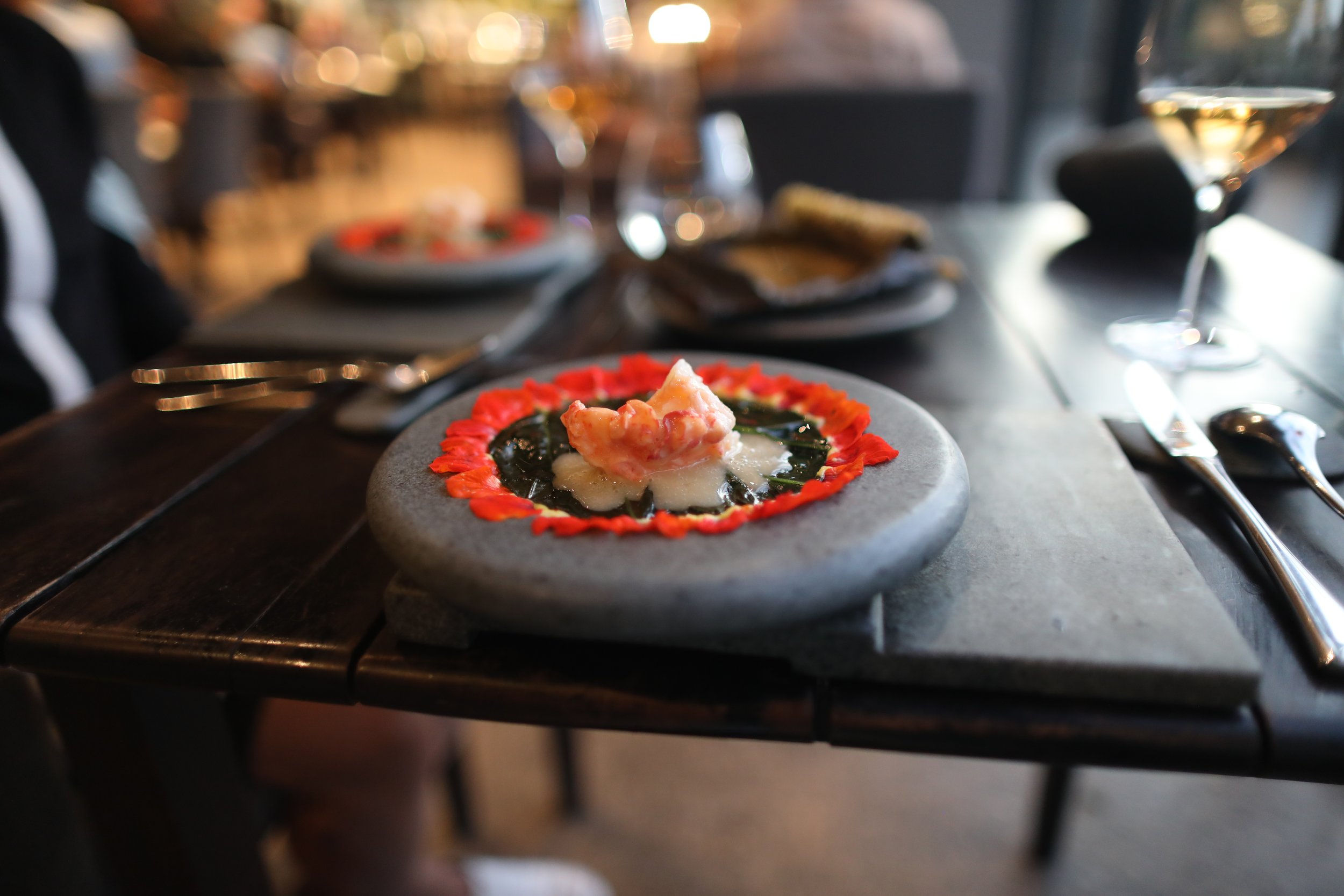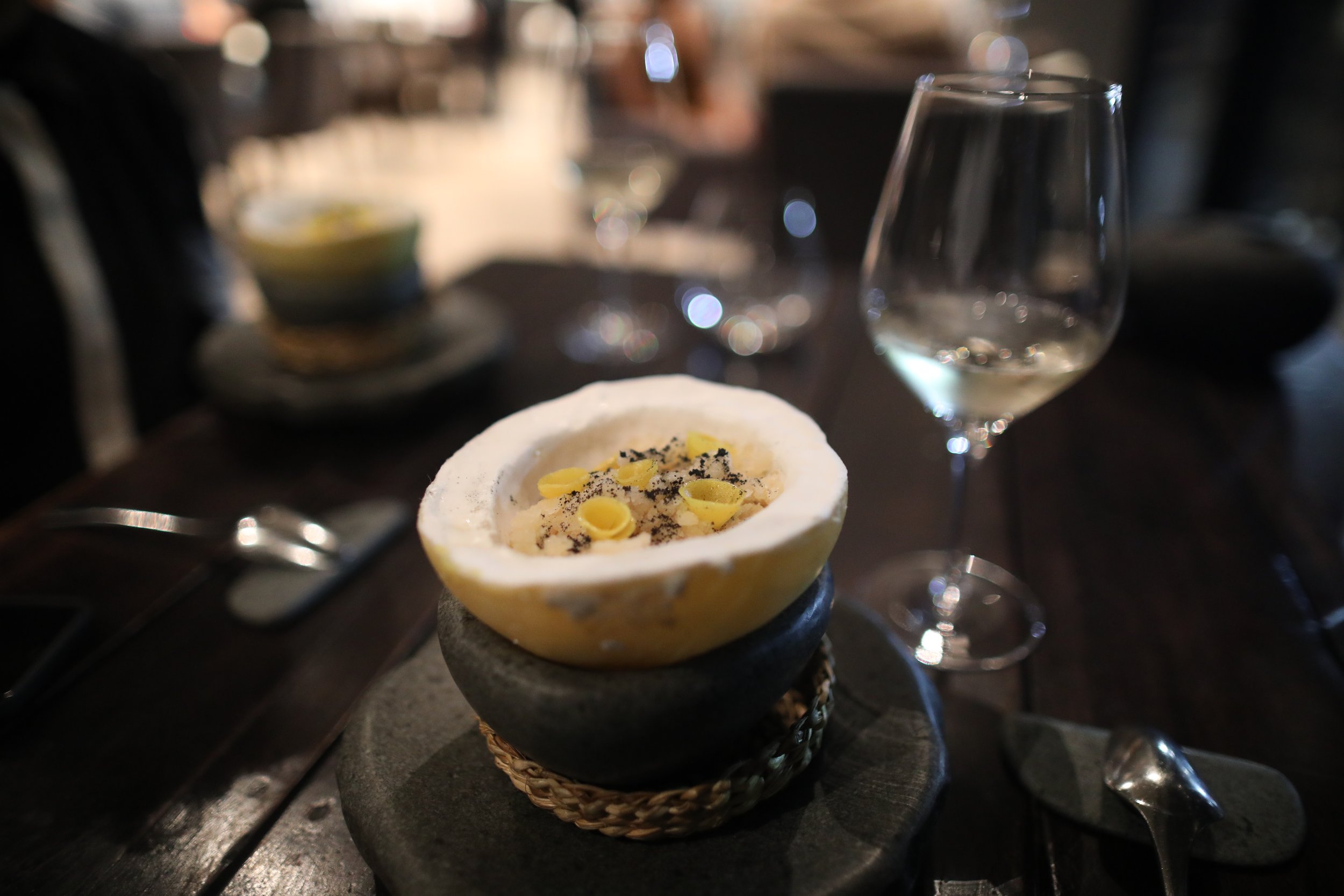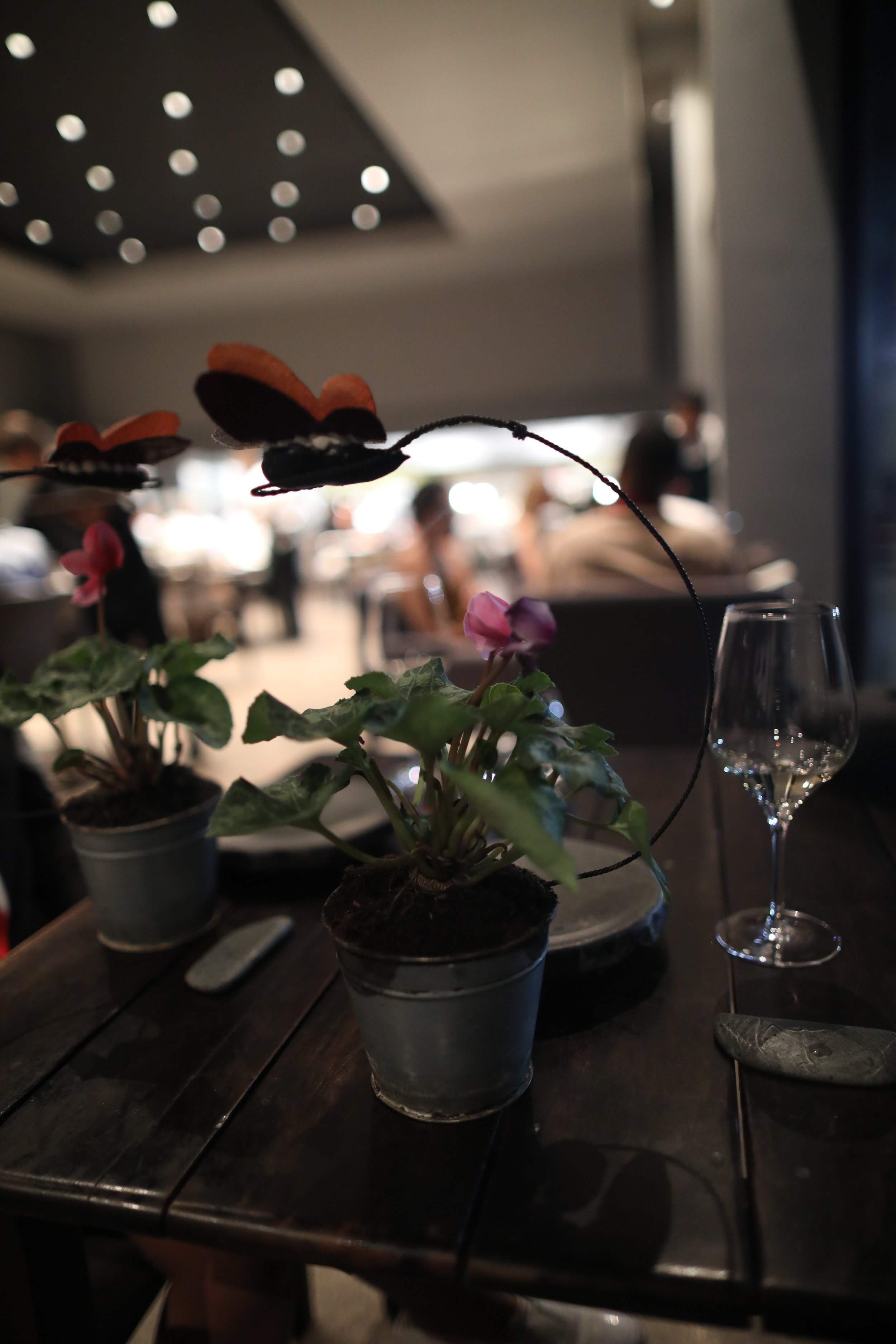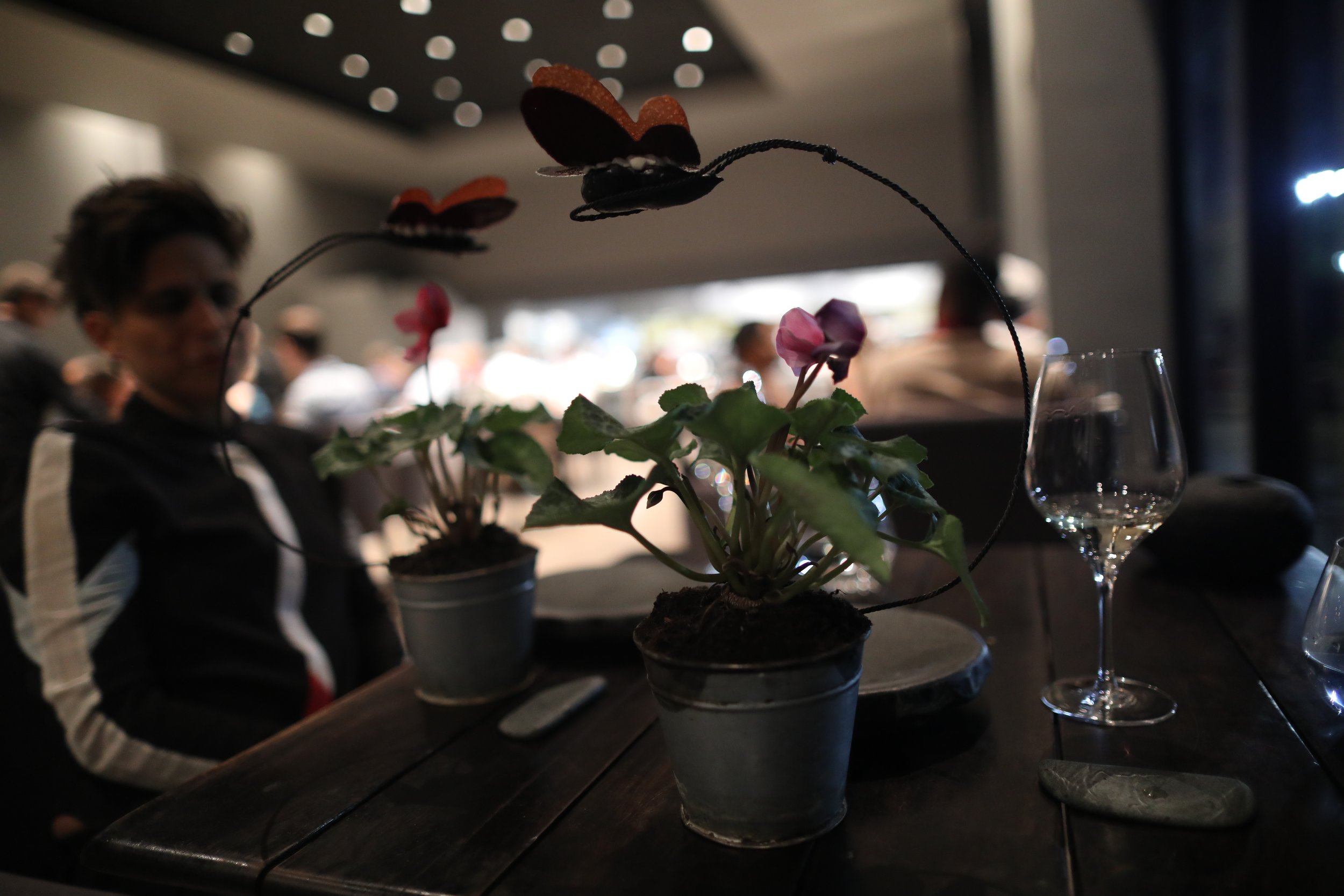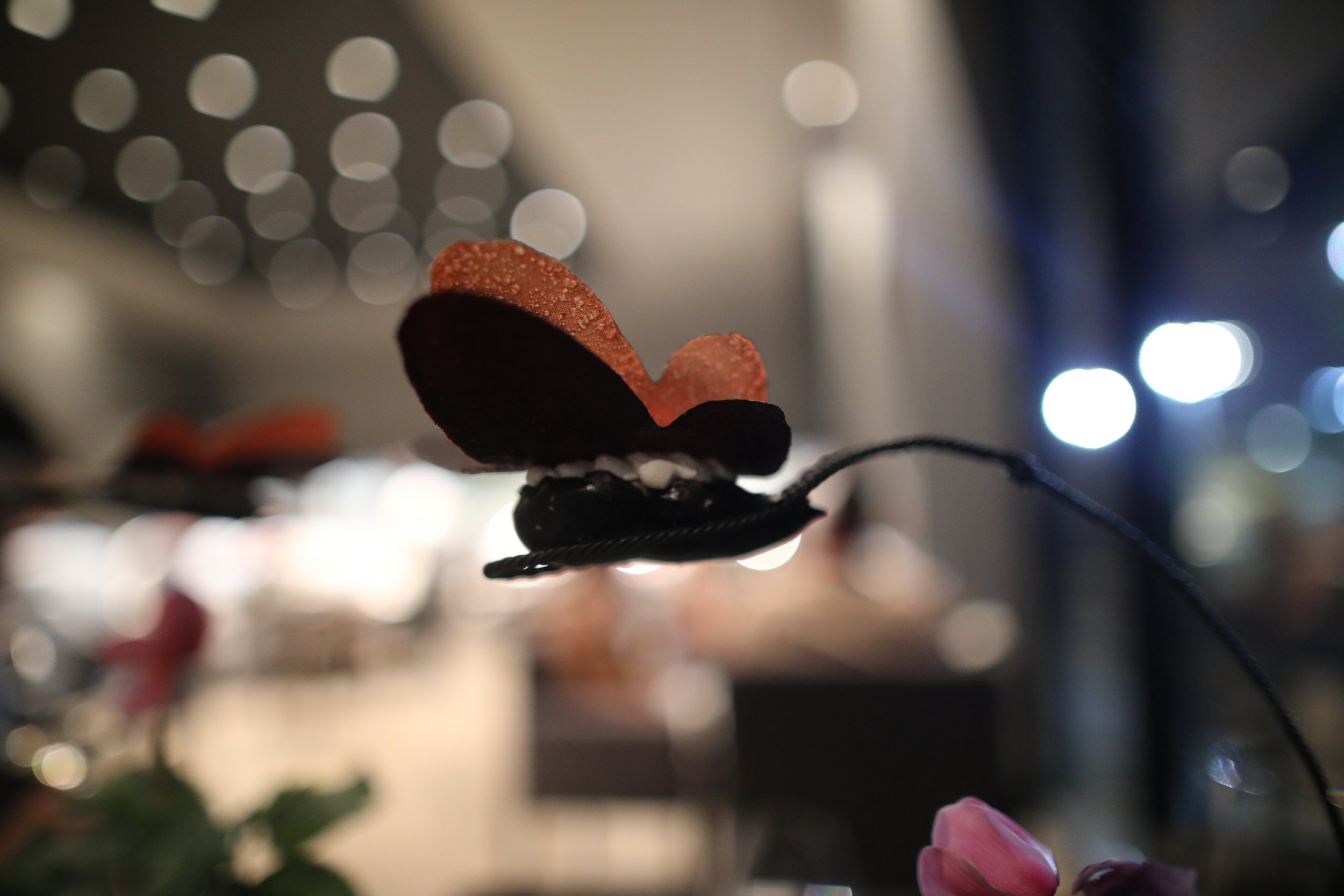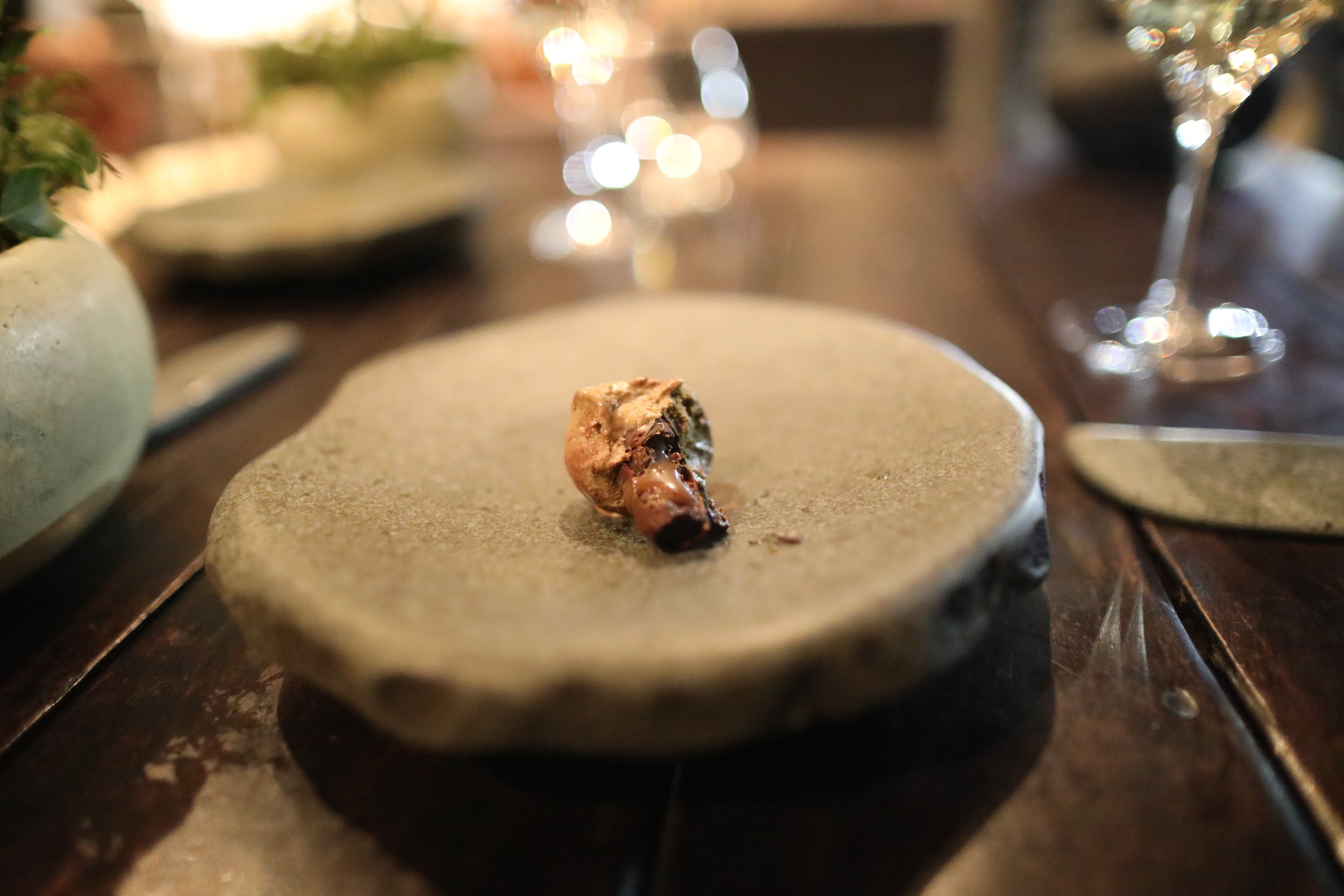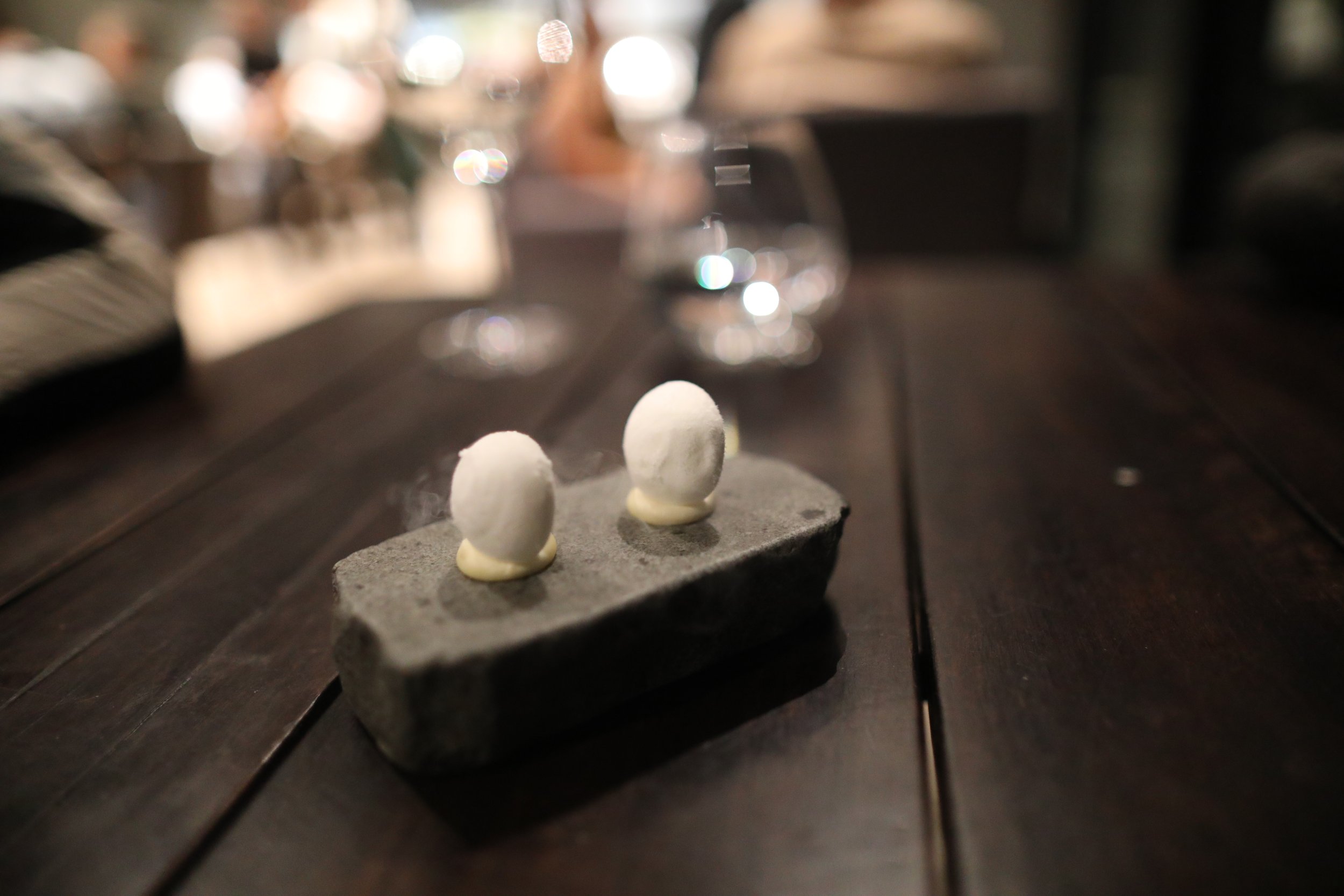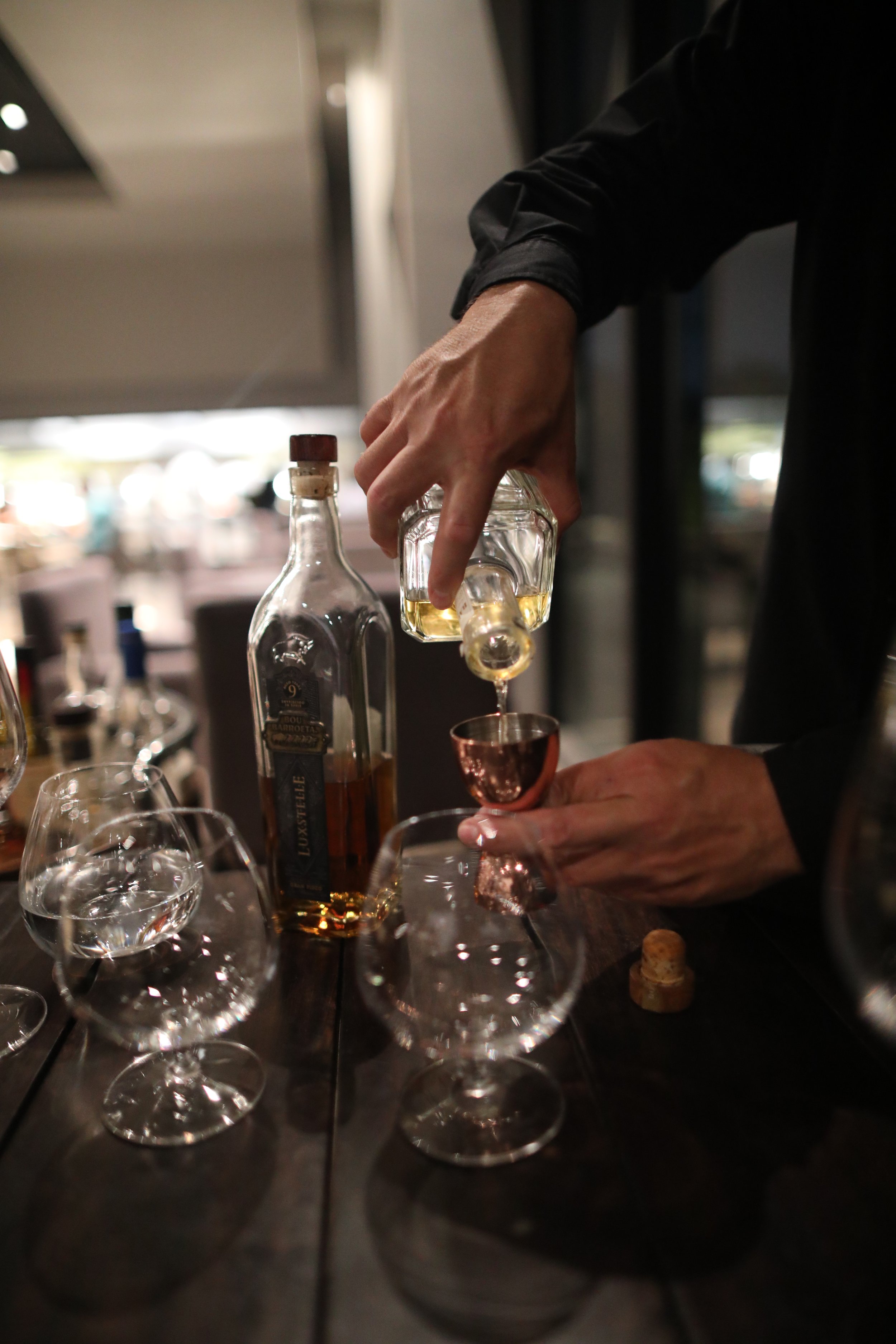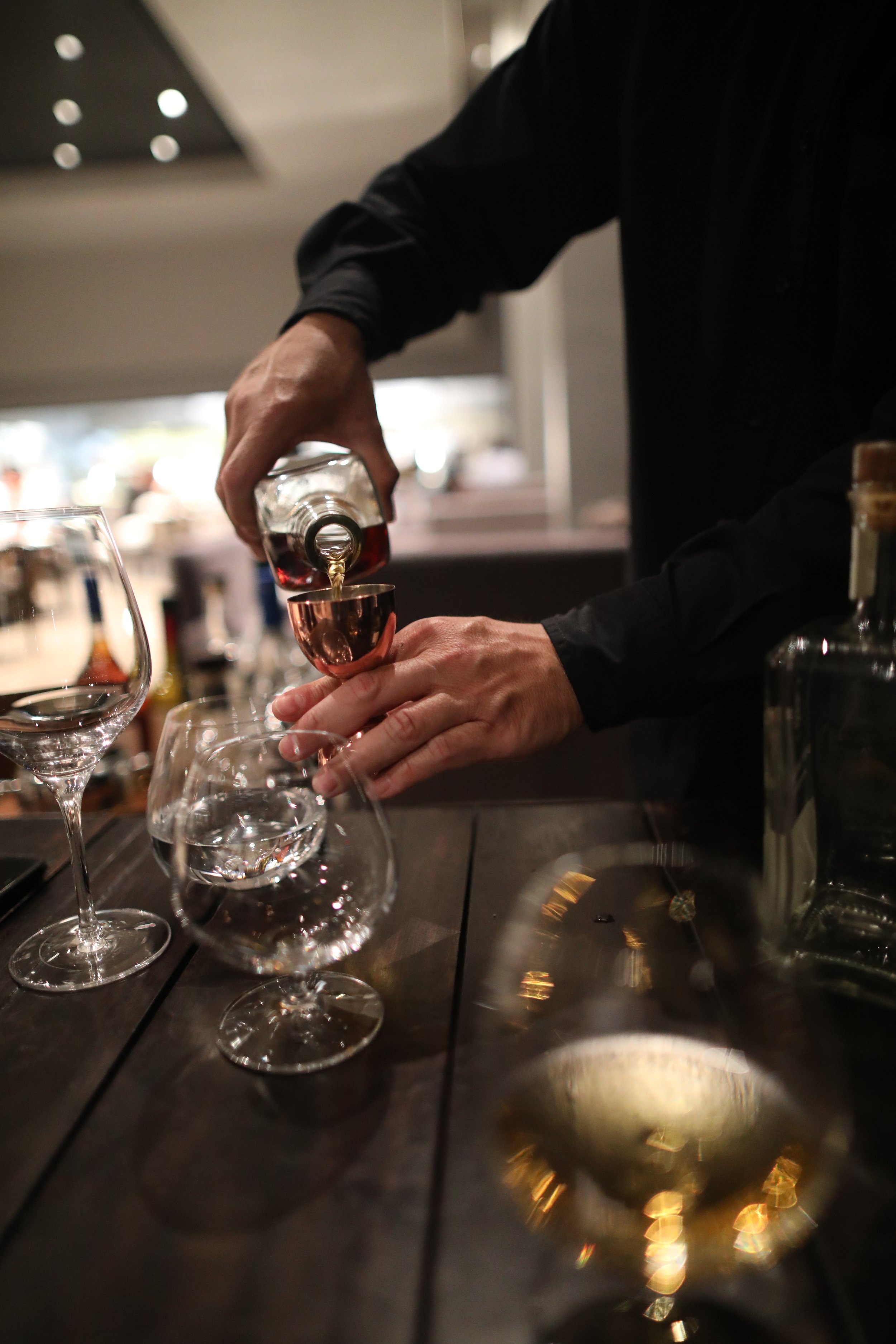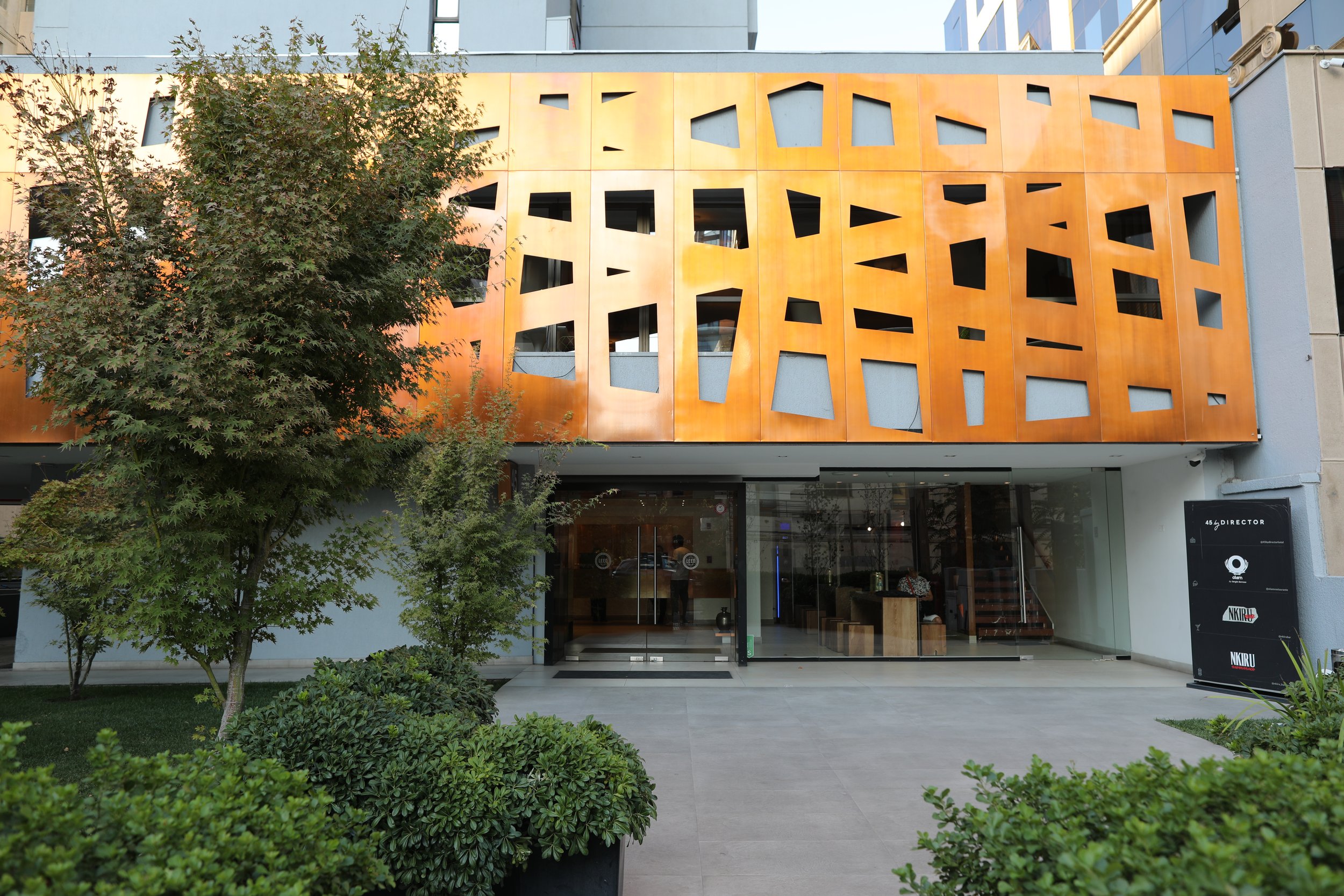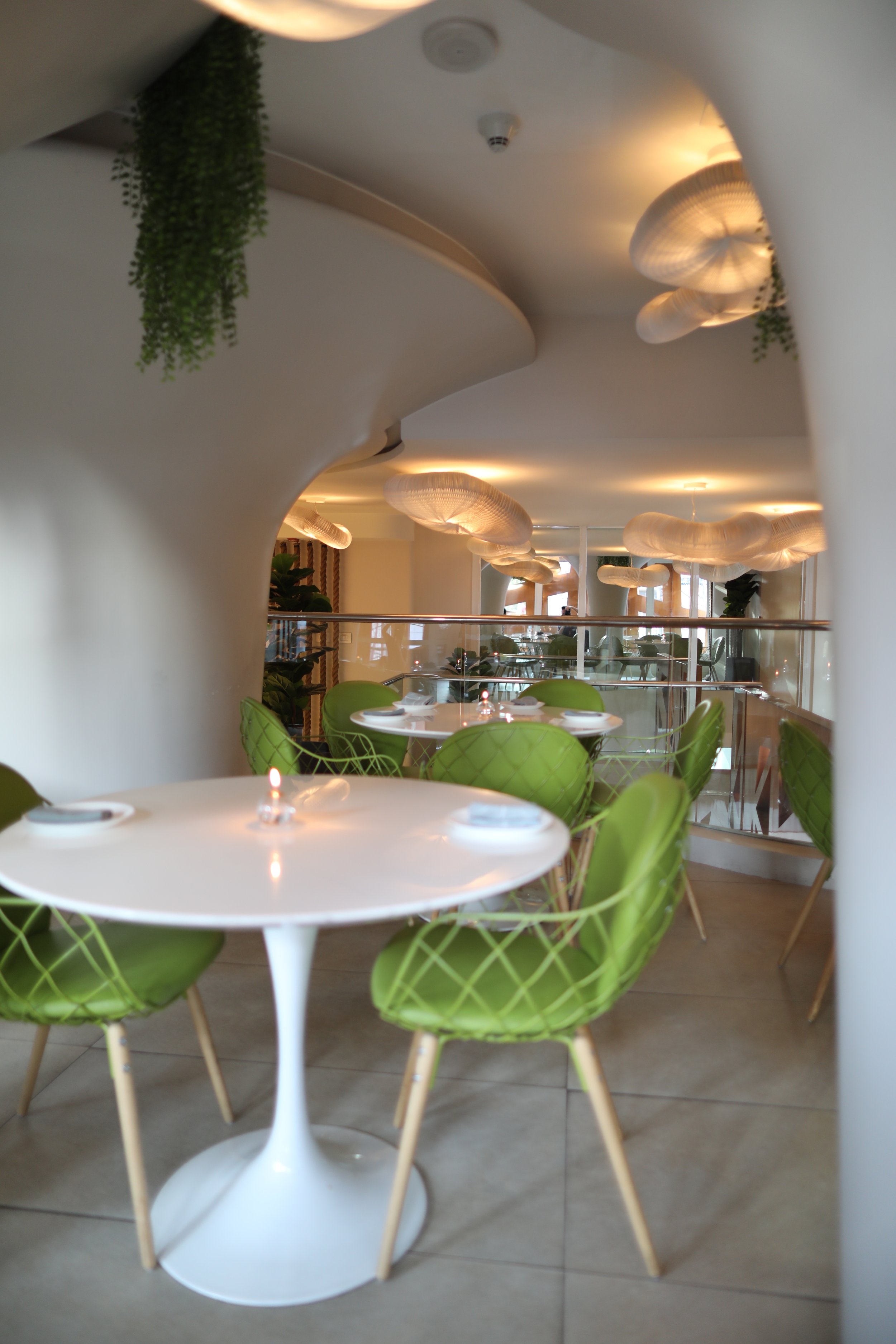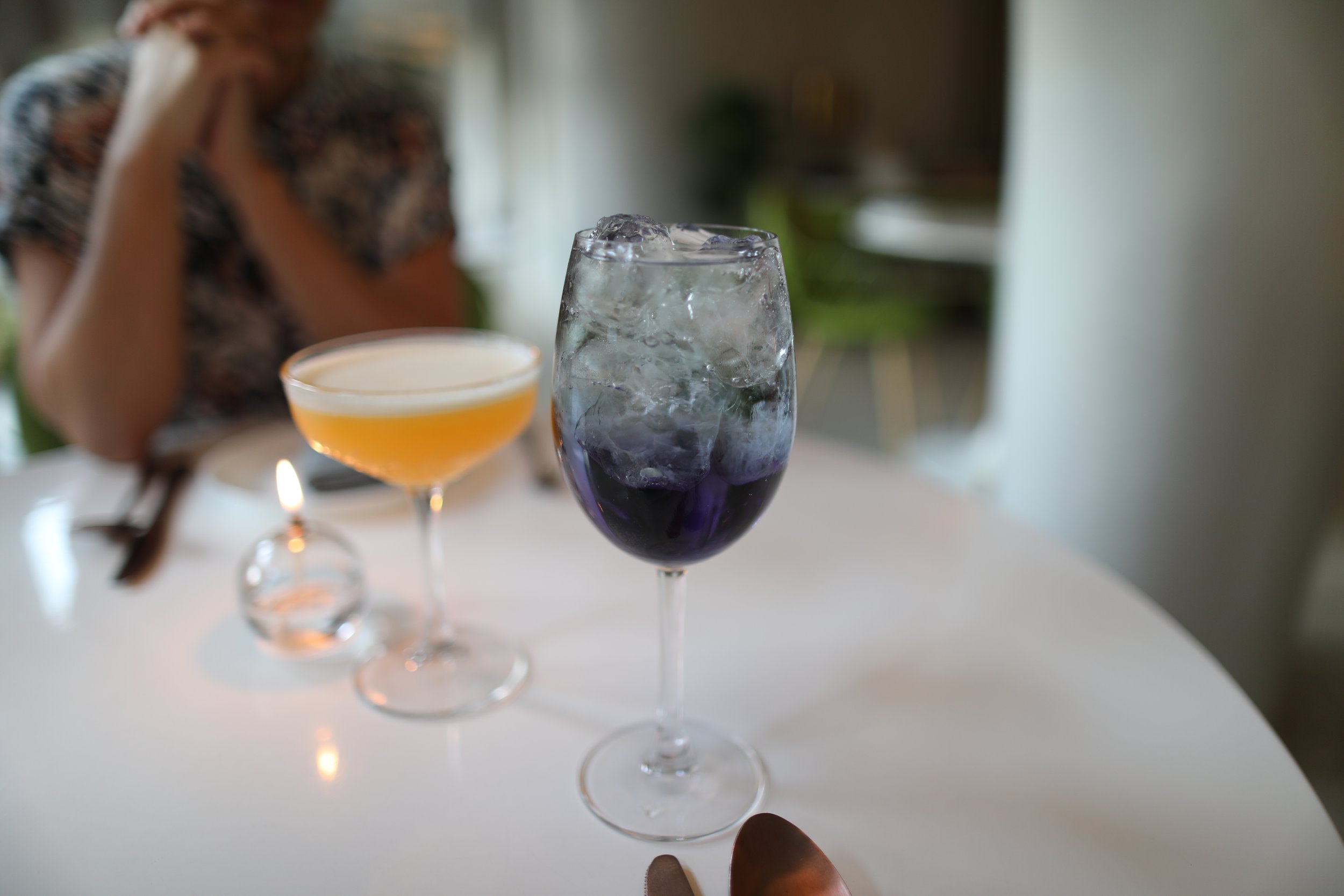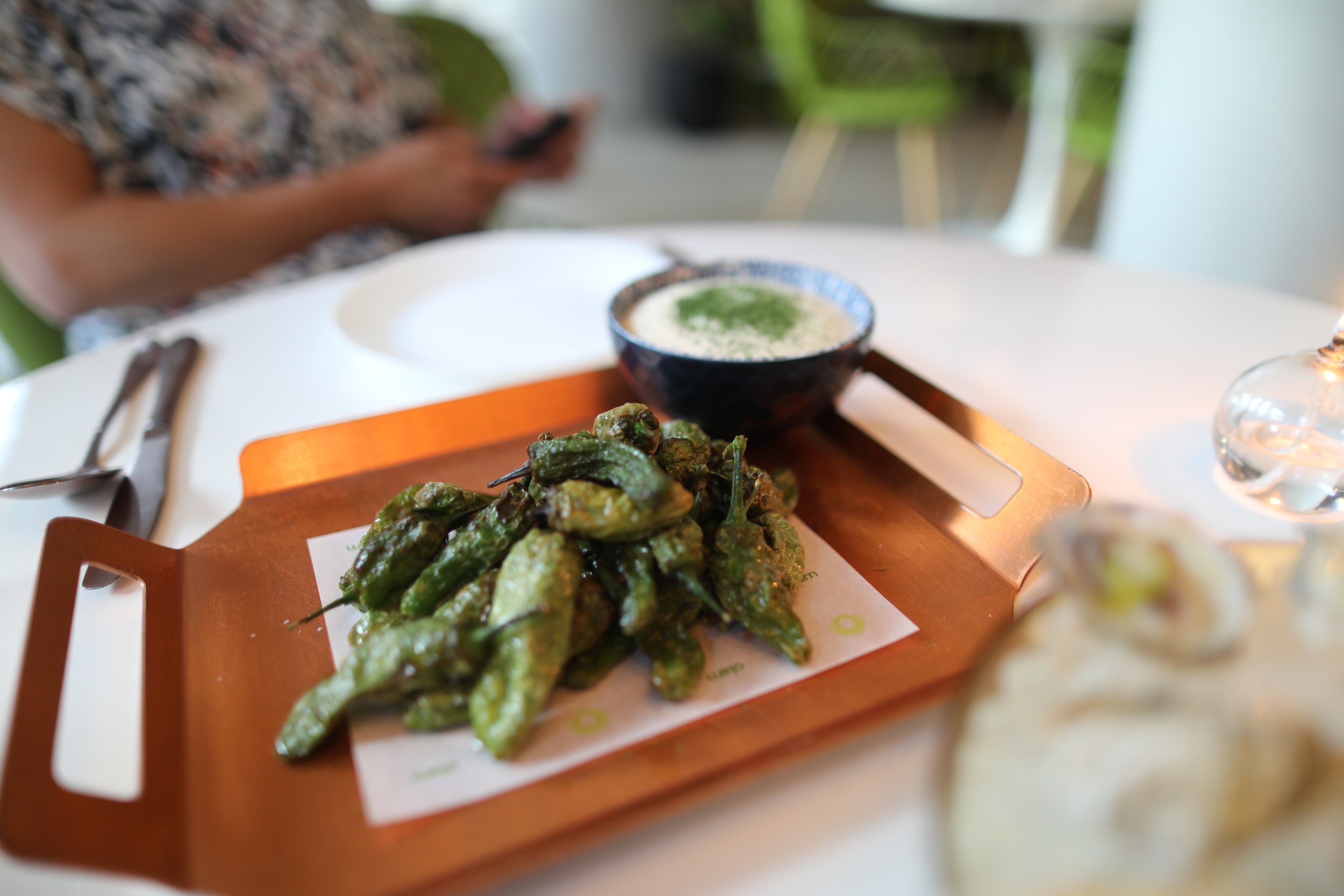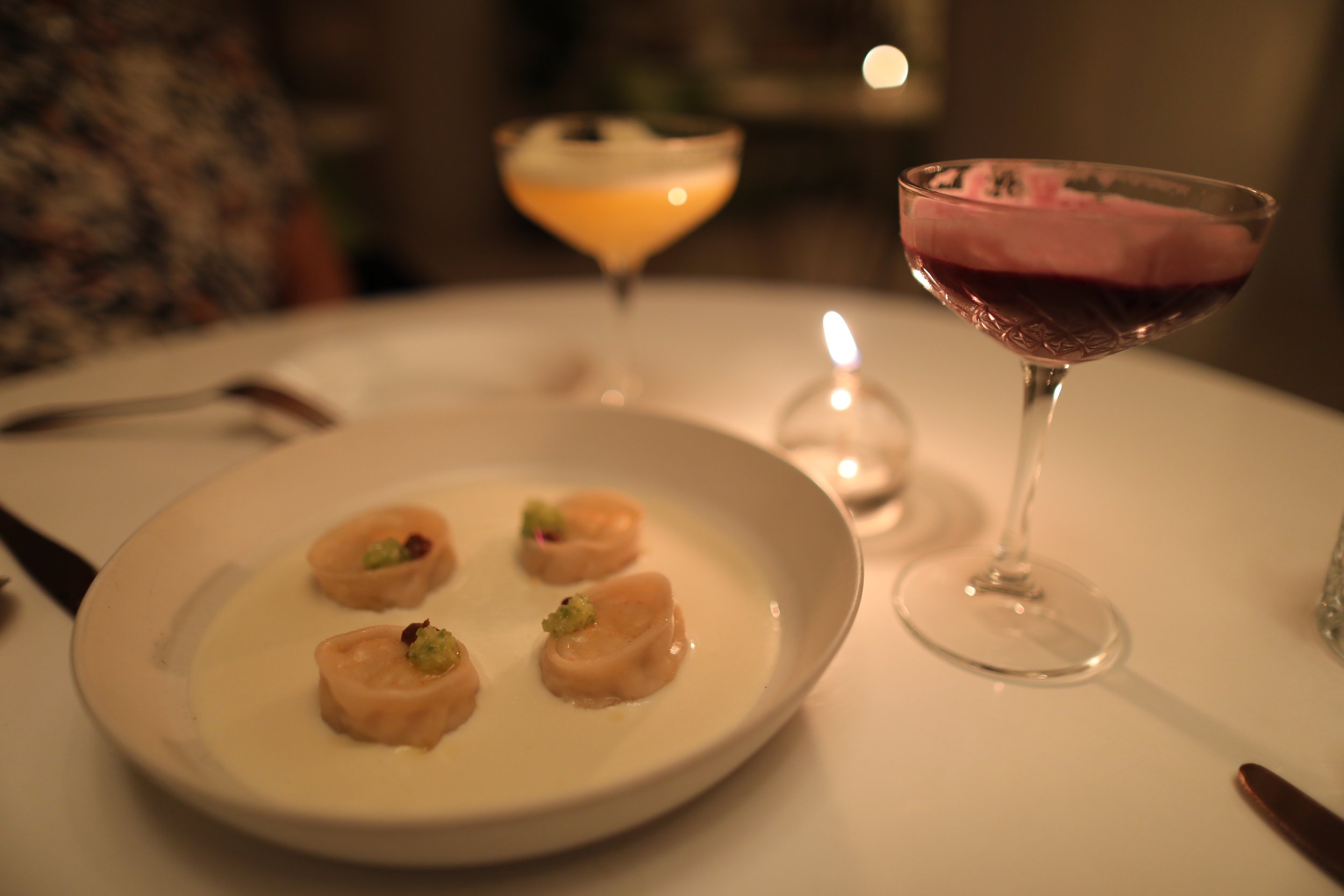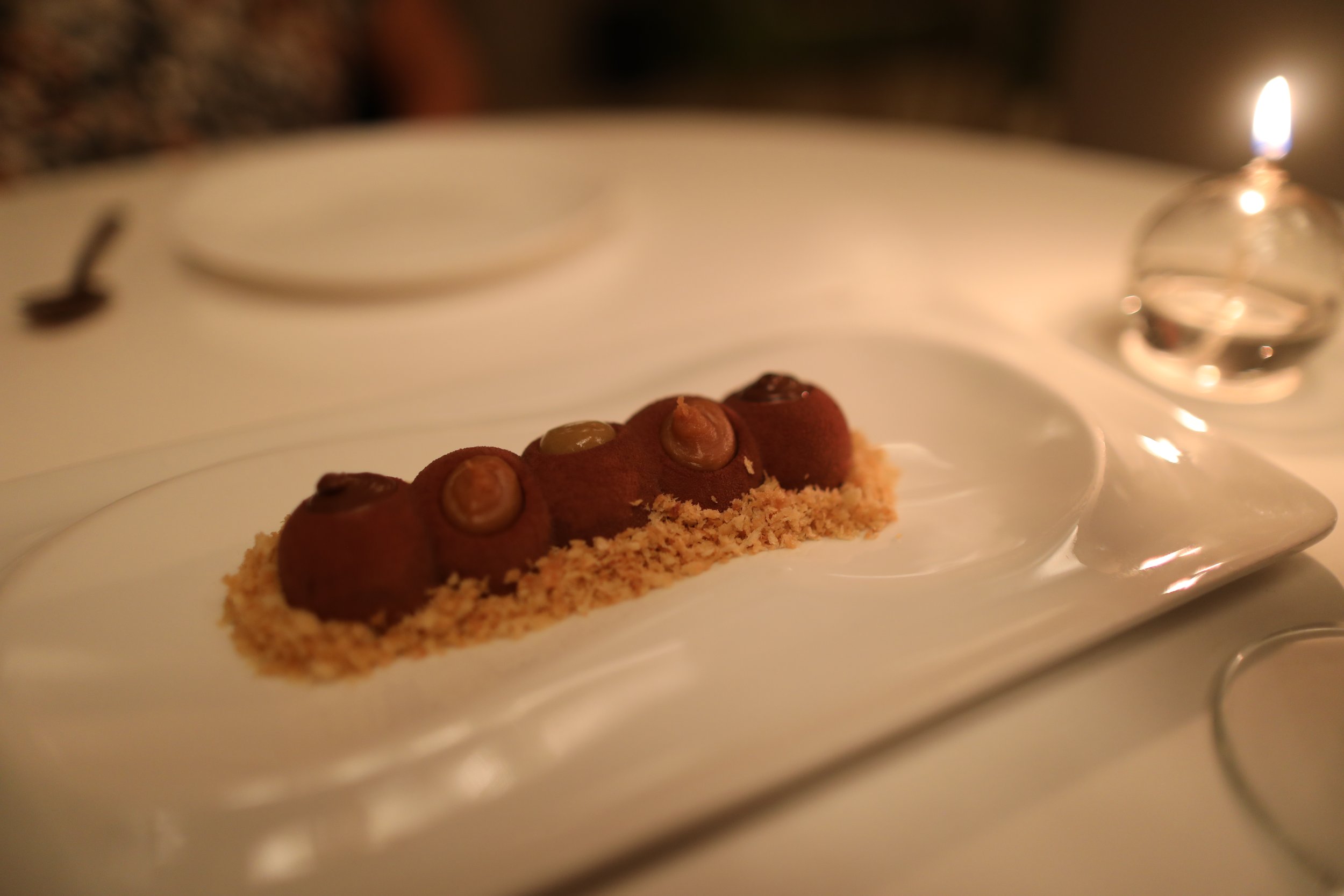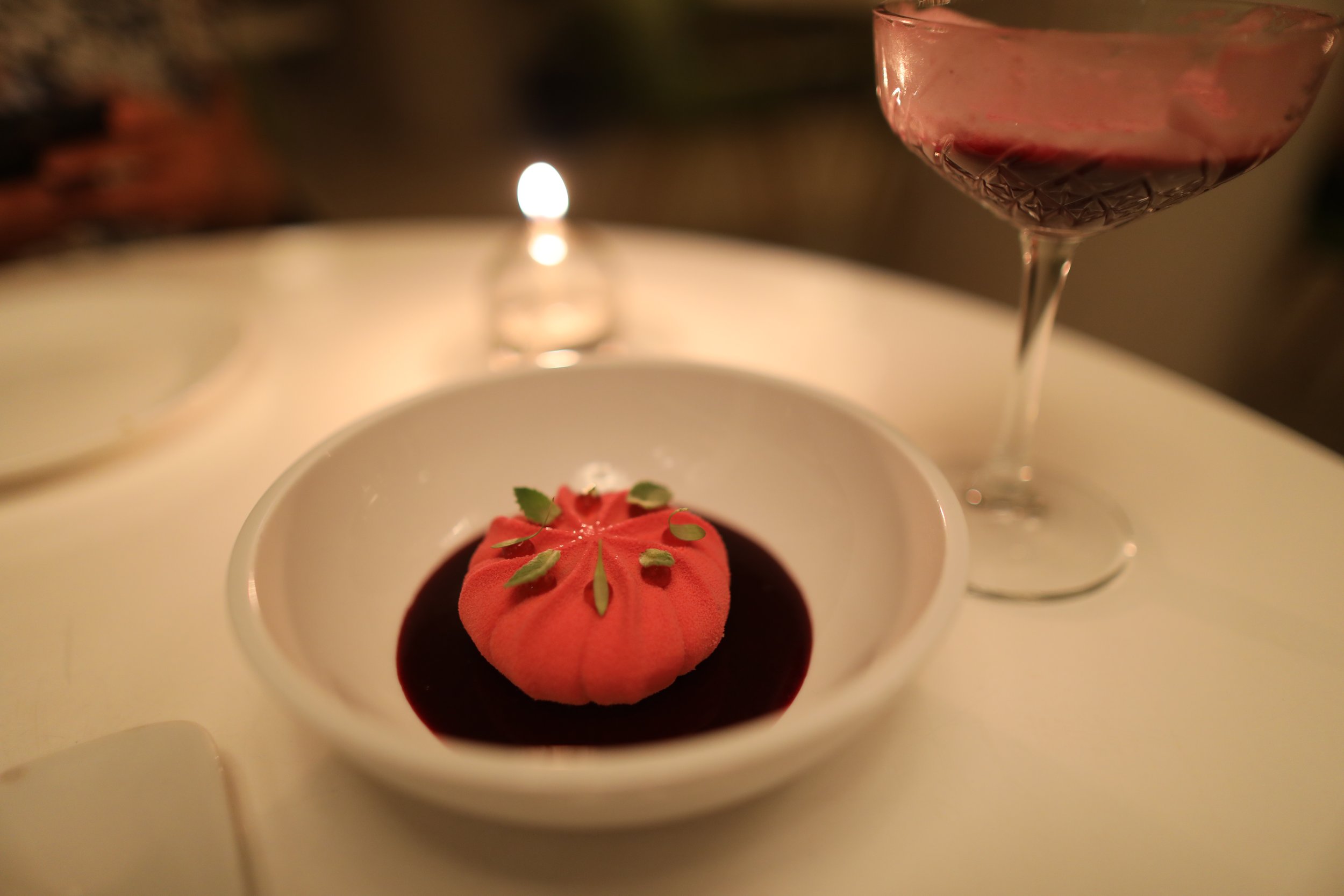Santiago’s Chilean Wine, World Class Cuisine & Undeniable Art Scene
Best things to do in Santiago: dive into Chile’s dynamic capital city with this travel guide.
Officially the Republic of Chile, Chile is a long, narrow country stretching along South America’s western edge between the Andes Mountains and the Pacific Ocean. It’s also the southernmost country in the world and closest to Antartica, making it a perfect jumping off point for all things Antarctic.
But mostly, Chile is one of the most interesting and deliciously diverse countries I’ve had the pleasure of exploring but not without its challenges. Chile has some of the worlds most extreme landscapes with Atacama, the driest desert in the world, to the north and Torres del Paine in the southern Patagonia region.
It’s also got chill island vibes on Chiloé Island and a cool city feel reminiscent to Mexico City in Santiago.
Santiago, Chile’s capital and largest city, sits in a valley surrounded by the Andes Mountains and Chilean Coast Range. Founded in 1541 by the Spanish, Santiago has served as the capital city of Chile since colonial times.
The downtown area feels rough around the edges, gritty even, but is littered with 19th century neoclassical architecture and winding streets filled with boutiques, markets and cafes.
Santiago also boasts an unimaginable food scene with delicious Chilean wine and streets filled with art, history and culture worth getting to know.
If peace and quiet are what you crave, just an hours drive outside the city are charming vineyards, rugged mountain ranges and the Pacific Ocean.
With eight flights, countless bus and taxi rides and even a ferry, visiting Chile for two weeks was quite an undertaking. The three main regions we sought out were central, north and south but with a country extending over 2,500 miles in length, it was a challenge.
First up, we flew into the capital city of Chile, Santiago, for Chilean wine, world class cuisine and an undeniable art scene.
Then, we moved north to San Pedro de Atacama, the driest place on Earth. From Atacama, we took a handful of incredible tours including Chaxa Lagoon, Piedras Rojas and Altiplanic Lagoons for their pink flamingos, red rocks and blue lagoons, Andes Mountains to explore the El Tatio Geysers, northern Atacama to Moonwalk at Valle de la Luna and the Atacama Desert to stargaze into the black sky.
Next, we flew to the tip of Chile's southernmost Patagonia region and gateway to Antarctica, Punta Arenas, then on to Torres del Paine, Chile’s Patagonia, with an exciting opportunity to witness Patagonia’s waterfalls, icebergs and glaciers.
Last but not least, our journey lead us to unwind in Castro on Chiloé Island, land of myth and sea.
Best Things to Do in Santiago
Arrive / In Santiago
Taste / Ancestral Chilean fare at Peumayén Ancestral Food
Explore / The colorful neighborhoods of Santiago
Catch / City views from San Cristóbal Hill
Experience / Top 50 Best Restaurant, Borago
Bug Out / At Olam Restaurant
Best Things to Do in Santiago
Arrive in Santiago
Flying out of LAX to Bogota, Colombia for a two hour layover wasn’t the best way to start off our holiday. Trying to avoid high priced flights, we booked a bunch of one-ways but that meant in Bogota we’d have to grab our luggage from baggage claim, pass back through security and hopefully make our connecting flight on to Santiago. The Bogota airport was a mess and the two hours barely gave us enough time to reach our plane but we made it.
From Bogota to Santiago, was another six to seven hour flight but passed quickly. After landing in Santiago, we grabbed a taxi from the airport and made our way to the Airbnb in Lasterria about 20 minutes away, costing $25 USD. Hopping out of the taxi, we checked into our apartment, a super cute first level space with a kitchen, living area, bedroom and bath. The host was also kind enough to leave us a bottle of dark red Diablo, our first taste of (many) delicious Chilean wine.
Barrio Lasterria is a historical neighborhood at the center of Santiago dominated by the hill of Santa Lucía Park and the19th century Castillo Hidalgo fort, hiking trails and scenic views of the city. It’s a bohemian neighborhood chalked full of culture including theaters, museums and street art. The tree-lined streets are also filled chill bars, trendy restaurants and boutique hotels. Even so, it doesn’t feel overrun by tourists, maintaining its charm, even home to street vendors selling local handicrafts and souvenirs.
Another area potentially worth exploring but seemingly more upscale was the Barrio El Golf neighborhood. Named after Los Leones golf club, this area sits in a business district nicknamed “Sanhattan” and is known for it’s Chilean, Italian and Japanese-Peruvian restaurants, alongside parks, theaters and high-end shopping.
Taste Ancestral Chilean Fare at Peumayén Ancestral Food
After settling in and unwinding with a glass of wine we made our way to Peumayén Ancestral Food, by heading north on foot, passing through Parque Forestal and crossing the bridge into the Bellavista neighborhood. The walk lasted about 20 minutes and was a great way to get a feel for Santiago. It felt clean but rowdy, alive and active, colorful and vibrant.
Peumayén Ancestral Food is a rustic restaurant with an unpretentious ambiance and a moody cabin-like feel. First opening in 2013, the restaurant was inspired by the roots of Chile’s original peoples and wishes to spread the richness of pre-Hispanic gastronomy. They offer an à la carte menu, as well as four Origins Tasting menus with 22 bites each in the categories of Sea, Land, Vegetarian and Mixed. There’s also an extensive menu of Chilean wine and piscos available.
Right away, we were given a cup of warm broth to drink and a bitesize appetizer of shredded chicken with cream. It was then time to order our selections. For myself, I had to try the Sea set menu and my friend, Maylin, opted for the Land set menu. To drink, I chose my first of many Pisco sours, recommended by our server who had intimate knowledge about each pisco they carried and for her, a beer.
Pisco is a colorless or yellowish amber colored spirit produced in winemaking regions of both Peru and Chile. Developed by 16th century Spanish settlers as an alternate to orujo, a brandy that was being imported from Spain, pisco is made by distilling fermented grape juice into a high-proof alcohol. And don’t get things twisted, these are not your average Pisco sours. Every pisco cocktail we tasted in Chile was absolutely incredible, especially those at Peumayén Ancestral Food.
My first take on a Pisco sour was fresh and bright with a green grass-like plant called rica-rica floating on its surface. Rica-rica is an abundant shrub, an aromatic herb where both its leaves and twigs are used in flavoring mate and tea. Once dry, it can also be used as seasoning in food or added to ice cream. It has a fresh taste similar to mint and an intense aroma.
Both the Sea and Land tasting menus began with a bread basket. These tiny bites follow the journey from Chile’s northern region to its south, representing the most traditional and characteristic baked breads of each area.
The very first tiny bite was muquna from the Aymara culture. Made from akaipi, a flour made from quinoa, it was then steamed and stuffed with goat milk cheese, topped with Azapa olives and placed onto pebre de quinoa, a base of quinoa with onion and pepper.
Second, was a flatbread also from the Aymara culture, traditionally cooked on hot stones. Called q'alatant'a, it’s meant to dip into cacho de cabra from the region of Trapi, a salsa made from the aji pepper, a medium-spicy pepper native to Chile.
Third from the left was po’e, a sweet bread from Rapa Nui, or Easter Island, made with flour, sugar, plantains and pumpkin, all cooked inside a banana leaf. This sweet treat was one of my favorites.
Fourth, we tasted chopon, a fried nugget from Chiloé Island made with potatoes and chuño flour, either cooked on charcoal or fried. Chuño flour is made from Peruvian potatoes that have been soaked in icy cold river waters for several days, dried in the sun of the Andean highlands and then processed into flour. Another one of my favorite bites, as I love anything involving potato.
Next, were two chilled millokín balls, dumplings made from beans, peas and onion. One was green and the other, white. These may have been my least favorite, perhaps only because of the cool temperature that threw me off.
Sixth, was catuto from the Mapuche culture, made from a dough of crushed grains of cooked and peeled wheat. Shaped as elongated footballs, the dough is then boiled or fried and drizzled with ulmo honey.
Lastly, we tasted milcao from Chiloé Island, a potato pancake of sorts. The dish is prepared with raw grated potatoes and cooked mashed potatoes, then mixed with lard, salt and oil.
After the bread tray, the Sea and Land menus began to arrive, each of which include appetizers, mains and desserts. Sparing some of the detail, the Sea menu started off with three starters including rapanui tuna ceviche with fried banana and sweet potato mash, seafood picante with concholepas, potato olluco and green sauce and smoked salmon and quinoa salad.
The Land menu starters included grilled tongue with pebre and trap lactose, lamb meatball with tomato chimichurri sauce, crispy sausage with onion jam and red wine and Malaya stuffed rabbit with mushroom paste.
Then, the Sea main courses began to arrive including chochoca (baked potato and flour dough) stuffed with seafood cream, gratin cheese and lentil pebre, pea and mint puree with breaded pejerrey (small silver colored fish) in toasted flour and pebre de cochayuyo (seaweed) and smoked broth with shellfish and conger eel.
The Land tasting menu included main courses of chochoca stuffed with beef tail stew, mushroom sauce and lentil pebre, cream of callampa mote (mushroom) with algarrobino pork and pickles and lastly, pickled rabbit.
By this time, we’d moved on to our second and third Pisco sours. My second was made with honey and a spicy pepper similar to jalapeño. The third showed up in a small goblet and was made with mint.
For dessert, we each were given the same selections of chocolate cake with hazelnut toffee, hazelnut ice cream with chocolate soil, creamy lucuma (fruit with a subtle sweet flavor of butterscotch and sweet potato with undertones of maple syrup or caramel and texture similar to mango) and mango ice cream with quinoa soil.
What an experience. Honestly, the breads and desserts were my favorite bites of the night, along with the deliciously unique Pisco sours. Both the Sea and Land menus really took it quite far, showcasing very exotic seafoods and meats, a few of which were quite strange or tough to eat. Of course, there were some definite standouts and all in all, an incredible meal. We even made friends with the table next to us, chatting throughout most of the evening.
A little tipsy, we walked through the Bellavista neighborhood as it was overflowing with activity. Bars played loud music, spilling out onto the streets while twenty-something’s hung out on corners eating street food and chatting with friends.
Explore the Colorful Neighborhoods of Santiago
The next morning we walked to Original Green Roasters, a tiny cafe focusing largely on high quality coffee. About a 20 minute walk from our stay in Lasterria, this area felt a bit rougher and less touristy. We even had a woman stop to warn us about being cautious and watching for thieves; we took note but overall felt safe nonetheless.
Arriving at the cafe, we grabbed stools up at the bar because everything else was taken, which ended up being really nice as we got special treatment and chatted with the owner about his passion for coffee.
For my meal I requested a dirty chai latte with soy milk and a full English breakfast including beans in tomato sauce, bacon, sausage, scrambled eggs, toast and grilled tomato. Maylin opted for eggs Benedict with fresh apple juice.
Our meals were both very delicious, rich and full of flavor but slightly oversized especially on my end. We thanked the owner for his kindness and left more than pleased. From there we strolled through the Lasterria neighborhood, weaving in and out of each street admiring the architecture, street art and unique shops. The city was alive but still quiet and the streets were filled with locals going about their day.
A few of the markets spilled out into the sidewalks and plazas and many of the restaurants offered shaded dining along the tree-lined streets.
We bumped into cafes, markets and exhibits of all kinds. And the art seemed to find its way onto every surface whether vertical or horizontal. Most of it was powerfully done, filled with bright vivid colors and bold graphics.
Some of the art seemed to be more in the style of graffiti while other displays were more refined, even done in tile as mosaics.
One of the markets we stumbled upon led down a corridor that opened up into a larger market. The booths were selling all kinds of goods including jewelry, clothing, art, stuffed animals, snacks, handmade goods, sex toys and other interesting souvenirs.
The vibrant street market of Lasterria happened to be my favorite. On weekends, one of the barrio’s main streets, Calle José Victorino Lastarria, is taken over by a flea market full of local artisans selling their goods.
Although we didn’t end up making any purchases, it was a wonderful spot to people watch and explore. Vendors were selling all kinds of interesting products like leather goods, vintage clothing and antiques, artwork of all kinds, handmade baby toys and sunglasses.
The mood was pretty loose with many of the vendors seemingly quite bohemian, selling unique pieces perfect for Burning Man or Coachella.
Catch City Views from San Cristóbal Hill
Our next adventure was to experience city views from atop San Cristóbal Hill located in the Metropolitan Park of Santiago. North of Barrio Lasterria and across the MaPocho River, lies a giant urban park with attractions like a zoo, forested hills, green space, historic statues, walking paths, pools and cable cars that lead to an incredible viewpoint.
During the walk, we passed the National Museum of Fine Arts along José Miguel de la Barra street and situated in Parque Forestal. Established in 1880, making it the oldest in South America, this museum is one of the major centers for both modern and contemporary Chilean art, as well as a wider selection of South American art. The current building, the Palace of Fine Arts, dates to 1910 and is designed in the Beaux-arts style, commemorating the first centennial of the Independence of Chile. Behind it lies the Museum of Contemporary Art, and inside, the School of Fine Arts.
Across the busy street in Parque Forestal sits Monumento a La Gloria. The Monument to Glory, also known as Monument of the French Colony to the Centennial of the Independence, was donated by the French community in Chile for the country’s centennial celebrations. It was designed together by Chilean sculptor, Guillermo Córdova and French architect, Henri Grossin.
River MaPocho, meaning "water that penetrates the land," flows from the Andes Mountains through Santiago, dividing the city in two. Until the 19th century, the river marked the north border of Santiago but since the 1970s the walls of the river "channel" have been used for political propaganda. And sadly, its waters are highly contaminated by upstream copper mining waste and household, agricultural and industrial sewage.
Back in the Bellavista neighborhood, it was dramatically different than the previous evening. Graphic murals covering entire buildings were still there but the streets were empty and the restaurants, bars and clubs had closed their doors.
One can only assume it’s an area best visited in the evenings for dining, dancing and cocktails rather than during the blistering heat of the day.
San Cristóbal Hill is located in northern Santiago and rises nearly 3,000 feet above sea level, 1,000 feet above the rest of Santiago, with the peak as the third highest point in the city. The hill was named by Spanish conquistadors to use as a landmark, with its original indigenous name as Tupahue. Visitors can experience gorgeous scenic views at its peak by traveling to the top on foot (one to two hour hike), bike, car, funicular railway or cable car.
Mostly because we ended up on foot where we did but also because it seemed the most interesting, we opted for the railcar, Funicular de Santiago, located at the base of the hill near the zoo at the north end of Pio Nono in Barrio Bellavista. If choosing to ride the cable cars called Teleferico, head toward the northeast at Oasis station.
After sipping on cold watermelon juice at a cafe across the street, we walked over to Estacion Pio Nono to figure out the railcar situation. Tickets are available for purchase onsite at a booth for just a few dollars and then you’ll need to join the line for the railcar. Taking more than an hour, it may have been better to order tickets online and skip to the front bypassing everyone. It may have also been better to arrive early in the morning to avoid the crowds and extreme heat of the afternoon.
The funicular is a railway on the slope of San Cristóbal Hill and forms part of the tourist attractions of Santiago Metropolitan Park. Its steel wire ropes carry the cars along 1,591 feet of mountainous terrain, stopping at three stations. Commissioned by an Italian engineer, the stone foundation was laid in 1923 with its completion in 1925.
Over the years the railway has been closed occasionally for repairs and has only has one accident in nearly 100 years, injuring one of the park employees.
Anxiously waiting, it was finally our turn. We loaded into the bright red railcar (about 30 of us), slammed the gate closed and waited for the ride to begin. It was slow, taking several minutes to reach the top but allowing for some really nice views along the way. It was also a highlight to pass another car heading down the hill as we made our way up.
Not knowing what to expect at the top, we unloaded and began to wander. Unfortunately, without too much time left before our dinner reservation we only made our way around part of the summit. Views of the city below were something else, especially contrasted against the rich greenery and plant life at the top of the hill.
A gorgeously paved, nearly white stone, spread across the peak and looped around to create a beautiful walking path. Along the way, were points to stop and overlook the city below.
There were also binoculars if you prefer a closer view of the cityscape, along with food vendors selling snacks like toasted nuts covered with honey and sugar.
After exploring, we jumped back on the railcar, waiting in line for just a few minutes. From this vantage point, it was clear just how steep the slope of the hill was. Carefully, we stepped foot into one of the cars and waited for the ride to begin.
The way down was pretty impressive, even more so than the way up because of the glass ceilings that offered 360 degree views of Santiago.
If I were to visit again, I’d like to return earlier in the day to avoid both the heat and the crowds and I might even choose the cable car on the way down. But, all in all, a wonderful experience and worth the wait.
Experience Top 50 Best Restaurant, Borago
Founded in 2006 by chef Rodolfo Guzmán, Boragó is more than just a restaurant, it’s an experience. Topping lists like Latin America’s 50 Best Restaurants and The World's 50 Best Restaurants, Boragó places high importance on sustainability, maintaining local ecosystems and responsible sourcing. In 2019, the restaurant moved, reestablishing itself in Vitacura, a suburb of Santiago at the base of the city’s tallest mountain, Cerro Manquehue. The natural landscape makes for a stunning backdrop to the 54 guests served each service and is also home to Guzmán’s food research center.
With a 20 minute taxi ride from Lasterria, we reached Boragó just in time for our 5 p.m. reservation. Upon arrival, we were greeted and escorted to our seats along the window line. The space itself felt a little strange, a bit cold and sterile. There was one large room with high ceilings with an open kitchen resting in the back. The noise, or lack of, might have been the most distracting part as it was almost silent, without music or much ambient noise at all.
As we’d soon learn, Boragó’s inspiration is deeply rooted in the Mapuche culture, the indigenous hunter gatherers of Southern Chile and Argentina. The chef incorporates indigenous plants and animals into the restaurants pantry and oversees hundreds of people helping to support their mission. He also works with foraging communities and small producers all over the country, bringing fresh and seasonal foods to each plate. Many ingredients are sourced from coastlines, mountaintops, deserts or the even restaurants nearby orchard.
Changing with the seasons, the menu named Endémica highlights the bounty that Chile has to offer. Diners are taken through regions of Chile with dishes that excite the senses. Right away, we were served pure water from the rains of Patagonia and then selected a wine pairing including six local wines alongside our set menu which would include a total of 17 dishes.
We were then told that today’s menu called Native Summer was inspired by the tomato, a local variety found six hours south that resembled an heirloom tomato, which was brought to our table to display. Please note, I tried to take notes as each dish arrived at the table but oftentimes I couldn’t hear the description or understand specific ingredients. Below is as much detail as I could muster.
Our first dish, copihue and strong summer plants. Commonly known as the Chilean bellflower of copihue, lapageria rosea is the national flower of Chile. It grows in forests in the southern part of Chile as part of the temperate rainforest flora. And our first of the Wine Sequence, Armida, De Martino, Carmenere, Maipo, 2011.
Next was, chancho en piedra, pink tomato from el Maule and wild apples from Patagonia, placed on a crispy javier leaf.
Then, the bright and colorful pink tomato poppies with Chilean black truffle, rhubarb and porotos granados (cranberry beans, maize kernels and squash) with jasmine flowers.
Continuing on with our Wine Sequence, Viejas Tinajas, De Martino, Muscat, Itata, 2016.
The next dish with a memorable performance, sea sunstar of Jibia, humboldt squid with spirulina in broth of seaweed, apple and vegetables. Remove the star to eat and then drink the warm broth inside the shell.
The following dish, pulmay smoked in tepú. Pulmay, also called curanto, is a traditional Chilote method of cooking food using heated rocks buried in an earth oven covered with pangue leave and turf. Tepú is a plant native to southern Chile located in wet areas such as peat bogs. It has white flowers that emerge during summer from January through March.
Then, a black edge oyster with caviar and pink tomato from El Maule. This one was interesting in that the first half of the shell was filled with flavored ice shavings and the second tasted like peas and caviar. Strangely, I couldn’t spot any tomato in this dish.
Next, clam ice brûlée with white strawberries and coriander. This dish needed a crack on top and a bit of mixing before you were to taste.
Continuing with the wine pairings, De Cal, JP Martin, Garnacha, Huasco, 2021, followed by Le Rose, Massoc Freres, Cinsault, 2017.
Our following dish called ants on fire was made with kollof roots broth, seaweed, rock plants and tomato roasted in embers. The brown sauce at the base tasted similar to soy. It had been in preparation for two days, without any fermentation.
One of my favorites, was milcao al rescoldo, a traditional potato pancake cooked on embers, with pajarito butter and pebre made with pink tomato from El Maule and green chili oil. Pajarito butter, although I don’t know the specifics, is very special in that it must be given as a gift.
For this dish, top the potato pancake with butter and tomato and enjoy.
One of the richer dishes was lobster from Juan Fernandez Island cooked in a seaweed bladder. Included around the edges was spinach along with the flower from the seaweed. For this dish, scoop out some of the juice from the seaweed pocket and cover the lobster.
Our wine pairing continued with VIK, Cabernet Sauvignon, Millahue, 2015 and Rosa Espumante, Cavas Del Valle, Moscatel Rosada Brut, Valle del Elqui.
The meatiest dish was Patagonian lamb cooked “a l’inverse.” This lamb began cooking at a 30 degree angle, rotating slowly and moving to a 90 degree position for a total of six to seven hours. The fig tree by its side was smoked for one year with chia and sesame.
Next up and my least favorite dish was orange and apple with bitter plants from Atacama inside a fermented melon. I wanted to enjoy this dish but couldn’t get past the moldy melon. Thinking it over now, maybe the melon itself wasn’t meant to be eaten.
What followed was part of the Flourishing Desert of Atacama Sequence. First, we ate semifreddo inside the rose of the year from the Atacama desert. The flower resembled a zucchini flower with ice cream at the center.
Next, it was the butterfly, made from a flower of the desert that only grows for two to three weeks. To eat, grab the wings, crush them together and place inside your mouth. These butterflies tasted much like fruit roll-ups from my childhood.
This dish, ice cream with rica-rica and algae.
Nearing the end, caramelized loyo mushroom, one that has not changed in over 160 million years, with seaweed and Yaqui wild fruit, similar to blueberry.
And then lastly, cold glacier, a menthol marine desert. These white ovals were really fun; the moment you tap them, they shatter into a million pieces.
And of course, even after so many glasses of wine we thought it necessary to taste some aged whiskey. Both of which were quite strong but super delicious.
At the end, we were offered one last dessert, a platter of sweet treats like honeycomb and chocolate confections. Each one was better than the last.
By the end of this meal, several hours had passed; we were pleased and fairly drunk. The entire experience, from the moment we stepped foot inside, was absolutely magical (minus the eerily quiet ambience). So many of the dishes were flavors I’d never tasted before with ingredients I’d never even heard of. Though fancy in presentation, the flavors were rustic in nature and presented in a way that isn’t pretentious. All that to say, the 17 course meal was worth every penny, priced at $175 USD with a six glass wine pairing at $100 USD each.
In the morning, we’d leave Santiago and fly north to San Pedro de Atacama where we’d pack in as many experiences as possible, exploring lagoons, geysers, valleys and the brightest stars of the night sky. From Atacama, we’d pass through Santiago to reach the southern town of Punta Arenas, then move up to Torres del Paine and finally the charming town of Castro on Chiloé Island before landing back once again in Santiago for our last unforgettable Chilean dining experience. Itineraries and links to each of those destinations below, once completed.
Bug Out at Olam Restaurant
Landing back in Santiago in the late afternoon for our final 24 hours in Chile had us dying to hit up one last restaurant. Olam sits northeast of the Lasterria neighborhood in a wealthy business district called Barrio el Golf. Nicknamed “Sanhattan,” the area is known for high-end dining, shopping, parks and golf courses.
Olam landed on Latin America’s 50 Best Restaurants at number 68, with Spanish born chef Sergio Barroso Urbano at its head. Focusing mostly on local seafood, Olam serves up contemporary Chilean dishes while keeping a zero waste philosophy.
Inside, the interior was quite unique with stark white tulip columns and lime green accents. My guess on the concept was similar to the movie, A Bug's Life, where we were entering the jungle as tiny guests. Even many of the dishes resembled insects visually but when I asked the server about it, she couldn’t confirm. Either way, the atmosphere felt fresh, bright, modern and romantic with its dimly lit puffy cloud light fixtures and abundant plant life.
Upon entering at 7 p.m. on a Friday evening, Olam was completely empty. We chose a table near the window, ordering a Violetto Spritz with Violetta, San Pellagrino and Mumm Extra Brut, along with a passion fruit Pisco sour. Then, as requested we placed our order for the entire meal so they could serve dishes in sequential order temperature-wise, from cold to hot.
Our first dish arrived at the table, Chiloé oysters, oysters from Chiloé Island with green caviar, lime and ponzu. Obsessed with oysters, these were absolutely some of the best I’ve ever had.
Next, padrón peppers, shishito-style peppers with foam. Albeit a little simple, this dish was tasty with the foam as the best part. Then, papas bravas, potatoes with waygu beef, salsa brava and aioli. These nuggets were super delicious but very rich.
Out of order on our part, cured salmon with yuzu and dill. A cured salmon sashimi over greens of pureed lettuce with yuzu, dill and miso. This salmon dish was so tasty, especially the greens placed underneath the sashimi and I couldn’t get enough.
The following dish, Chilean seabass. Patagonia Toothfish, braised with noisette butter, caper meuniere and mashed potatoes. Placed on top, crunchy potato chips that made all the difference texture-wise.
Next up was another one of my favorite dishes, magallanes crab ravioli. Ravioli stuffed with spider crab in coconut milk with lemongrass and ginger, some of my favorite flavors. Along with another cocktail, a calafate Pisco sour. The calafate berry, indigenous to the region was one that we came across often while in Chile. It’s deeply rooted in folklore and deliciously yummy to snack on. If you see these tiny little purplish-blue berries, give them a try.
For dessert, creamy chocolate and roasted manchego cheesecake. A chocolate mousse with mashed banana stewed with rum and fried bread topped with hazelnut, peanut butter and banana atop peanut praline. And manchego cheesecake filled with blackberries and cassis liqueur cream, topped with mint. The berry dish was out of this world; the rich berry sauce paired with the tanginess of the cheese and then the hint of mint was overwhelming.
As the last evening of our vacation, this was definitely one to remember. In the morning, we’d head back to Los Angeles, reminiscing about what an incredibly magical place Chile turned out to be. So much better than anyone had warned us about, the country was full of wonderfully extreme landscapes, amazing dining experiences and kind generous people.


